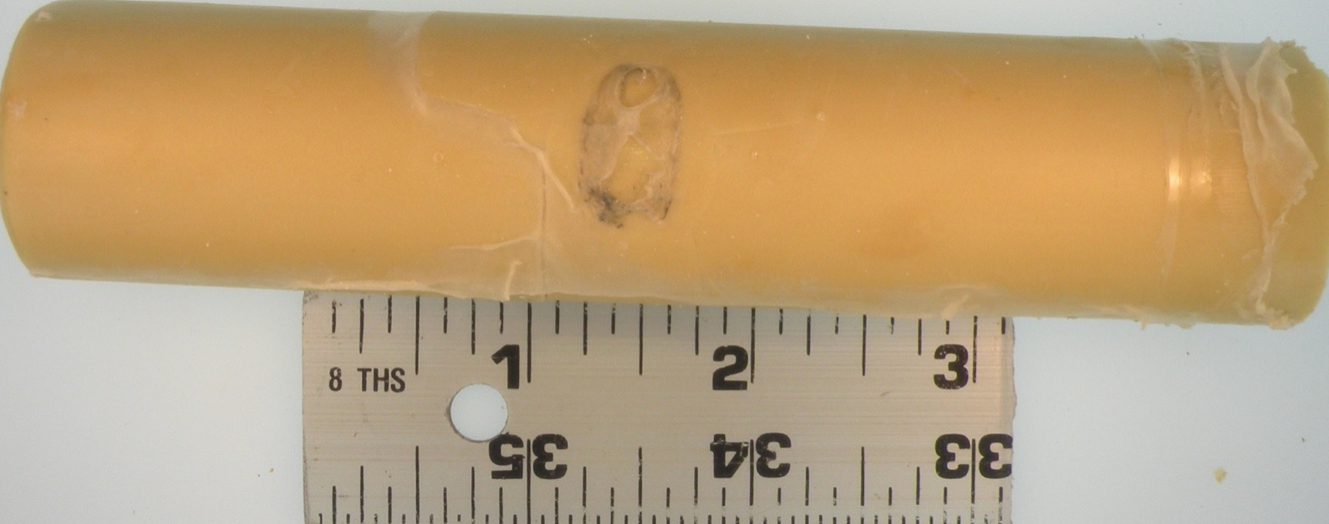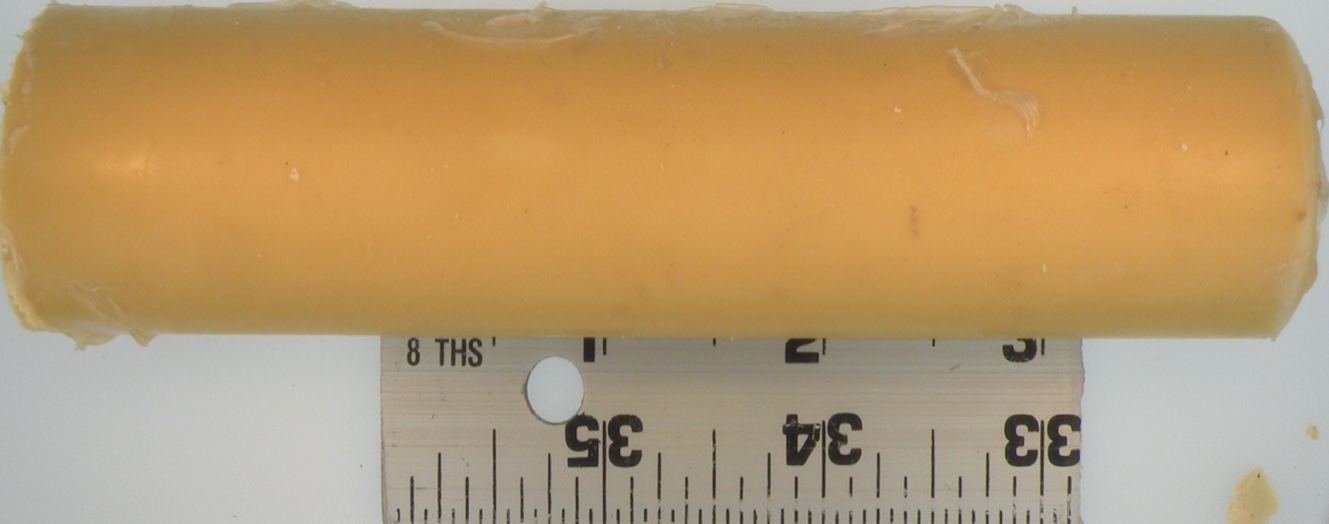Brass Fetcher Ballistic Testing
Bottom Line Up Front
An extensive series of shots involving 9x19mm 124gr +P+ FMJ (US M882), 9x19mm Speer 124gr +P Gold Dot JHP, 45ACP Winchester 230gr FMJ, 45ACP Hornady 230gr +P XTP JHP, 5.56x45mm 55gr FMJ (US M193), 223 Remington Federal 55gr Barnes TSX and 12 gauge 00 buckshot cartridges were fired at target configurations duplicating the mechanical properties of human skin, bone, lung, fat, muscle and cardiac tissue.
The simulated shotlines represented shotlines typically found in targets engaged in body positions associated with combat such as the Weaver stance (body turned approximately 45 degrees to the side while shooting) and running forward towards the shooter (as seen during an assault movement.) We concerned ourselves here with: a shotline that is aimed at the thoracic cavity and involvesskin, muscle, sternum, lung and heart tissue; a shotline that is aimed at the pelvicgirdle to physically disable an adversary wearing body armor and a shotline that represents the leg bone as a likely target to be struck against an assaulting adversary.
It was found that the kinetic energy transfer between the 9x19mm and 45ACP cartridges were virtually identical to each other when engaging any and all of the three simulated shotlines. As would be expected, the 223 Remington/5.56x45mm rifle cartridges provided wounding capabilities far exceeding those of the handguns, with the Barnes TSX being more effective on thin shotlines and the M193 being more effective on the thicker shotlines. The 12 gauge shotgun demonstrated impressive ability to incapacitate the three targets at close range.
Introduction
The primary complaint surrounding the use of ballistic gelatin in terminal ballistics testing is the perceived lack of realism. That is, critics will rightfully state that the gelatin does not accurately represent the effects of a bullet impact on the human body. Properly prepared and tested gelatin blocks are useful because they are suitably homogenous in terms of density and kinematic viscosity. Both 10-percent and 20-percent gelatin blocks are very close to human muscle tissue in terms of density and 10-percent gelatin has been shown to have additional fidelity with muscle tissue in terms of duplicating the low velocity flow regime when a bullet is coming close to stopping. What gelatin blocks are not, however, is capable of duplicating the far different densities and strengths of fat, heart, lung and bone and accounting for the myriad of different combinations of these that are dependent upon shot placement.
Through research into the properties of these organs, I have developed simulant materials for the heart, lungs and fat tissues that show strong ballistic correlation to their living counterparts. The bone simulant material was acquired from SYNBONE AG from their Ballistics Testing Products catalog. Shots to the pelvis and femur are more geometrically correct and represent the depths found in the body of the average 200-pound physically fit male. Forthe simulated thoracic cavity, the thicknesses and density of the lung simulant were varied slightly to represent different stages of the breathing cycle at the time of impact.
In view of the pursuit of realism, three shotlines were chosen to reflect three common tactical stances. The Thoracic Cavity/Heart shotline represents the target standing in a Weaver style shooting stance and requires the bullet to travel through refrigerated healthy pig skin, muscle simulant, bone plate (simulating the sternum), muscle simulant, lung simulant and then on to the heart. An additional piece of muscle tissue simulant was placed behind the heart to eliminate concern over the presence or non-presence of backing material affecting the results. Mobility is critical to the fighter and this is why the femur is an important target. It is possible to break femur bones with moderately-sized handguns and of course rifle and shotgun projectiles. It is also impossible to run on a broken leg. This shotline consisted of skin, 3.5 inches of muscle tissue, SYNBONE 7mm wall x 30mm diameter (Generic Bone PR0104.G) bone tube molded into the ballistic gelatin and backed by ballistic gelatin and pig skin and represents a head-on shot into the leg of an attacker running towards the shooter. The Pelvic Girdle shotline consisted of pig skin, 1.2 inches of muscle tissue and 6mm thick (Generic Plate PR0114.G) bone plate to represent a shot to the opponents pelvic girdle in the event that they are wearing body armor or the shooter ‘yanks’ the trigger and grossly misses the intended point of impact.
For this shoot, 9mm Luger 124gr +P+ FMJ (US M882), 9mm Luger Speer 124gr +P Gold Dot JHP, 45ACP Winchester 230gr FMJ, 45ACP Hornady 230gr +P XTP JHP, 5.56x45mm 55gr FMJ (US M193), 223 Remington Federal 55gr Barnes TSX and 12 gauge shotgun Winchester 00 ‘military- grade’ buckshot (DODIC AO11) were tested. The 9x19mm Luger ammunition was fired from a Glock 19with4.0”barrellength. 45ACP ammunition was fired from a Dan Wesson 1911 with 5.0” barrel length. The 5.56x45mm and 223 Remington ammunition was fired from a AR-15A1 rifle with 1/12” twist and 20.0” barrel length. The 12 gauge ammunition was fired from a H&R Pardner Turkey Gun with 24.0” barrel length and Skeet I choke. Each shotline was shot 3 separate times, through 3 separate groups of target materials, with the exception of the 12ga which was shot 1 time for each group of target materials.

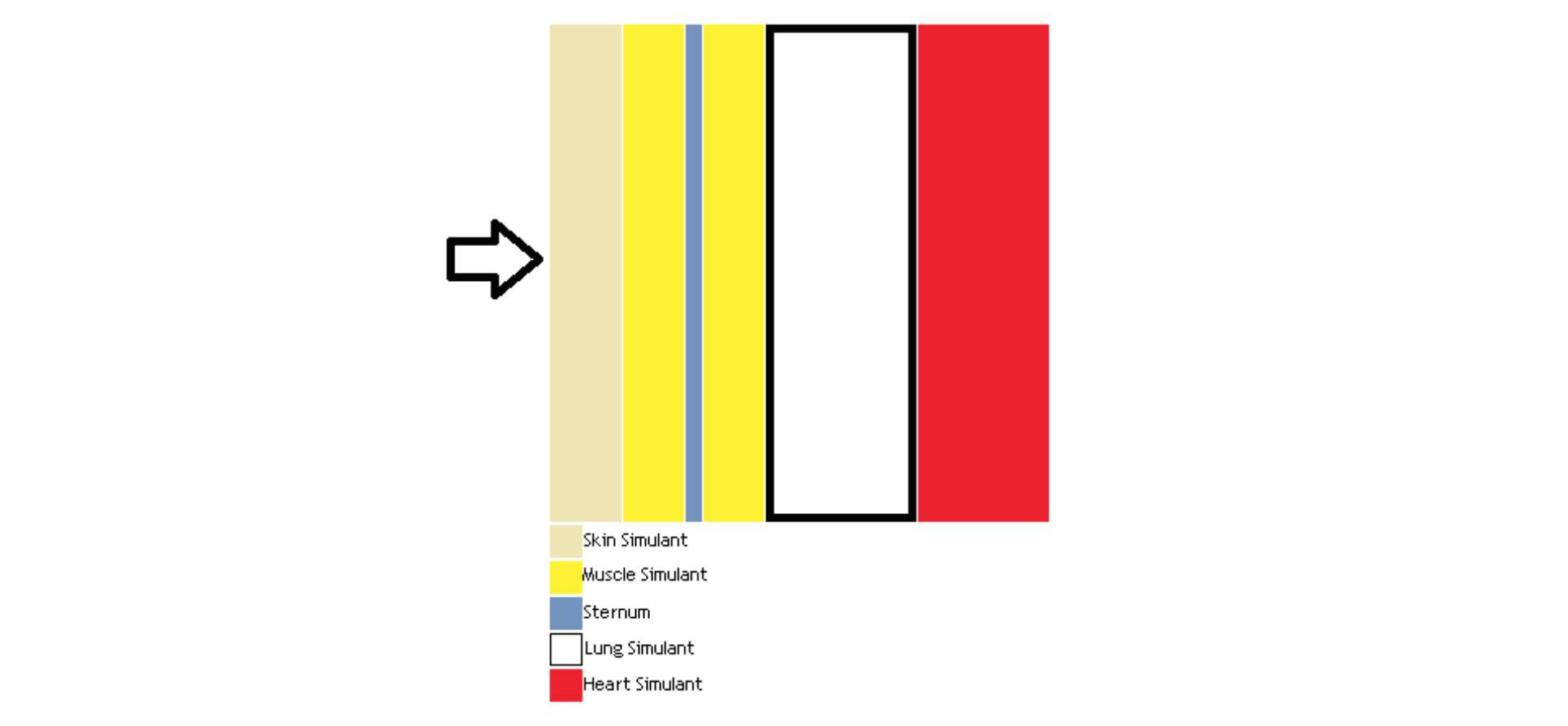
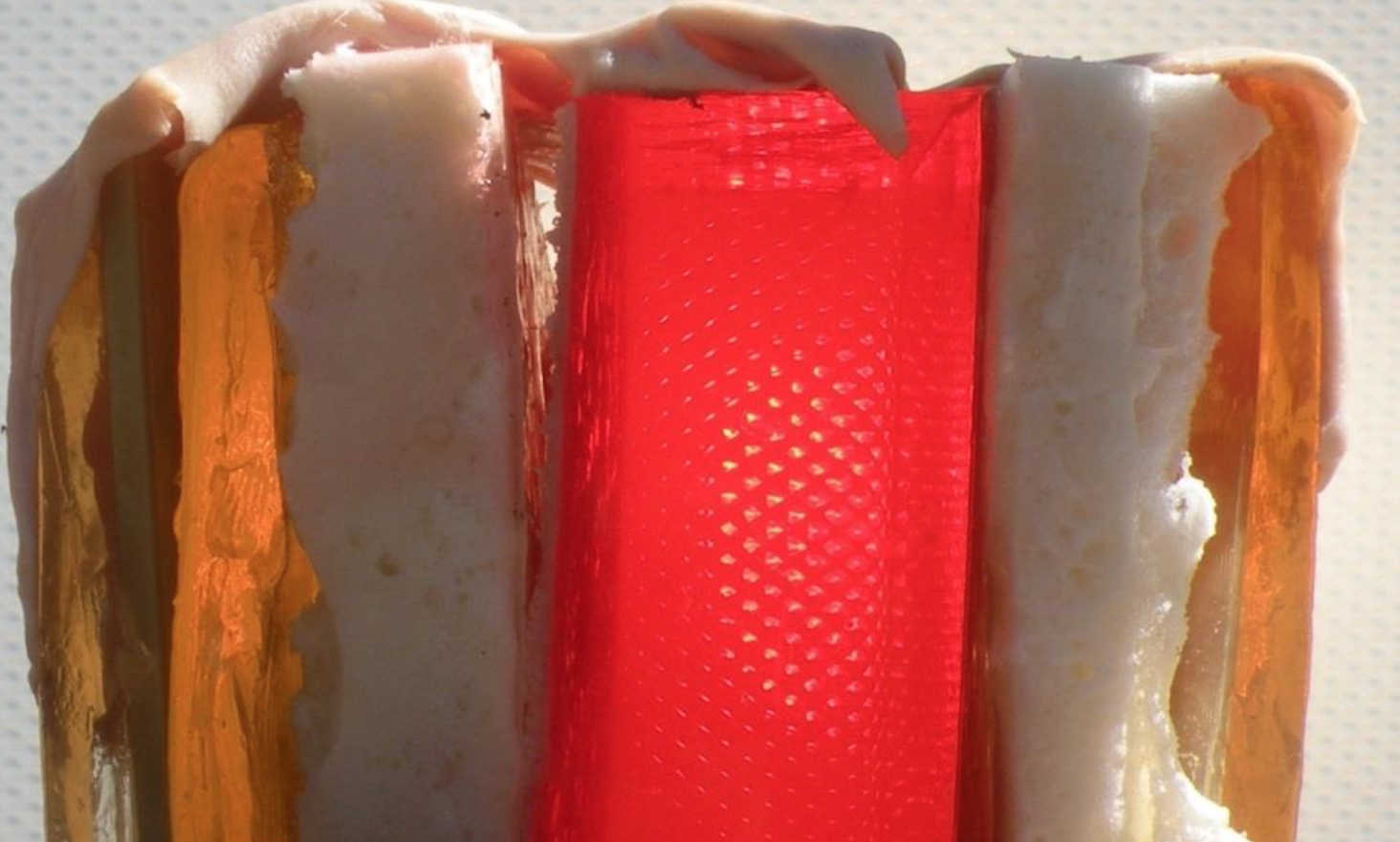
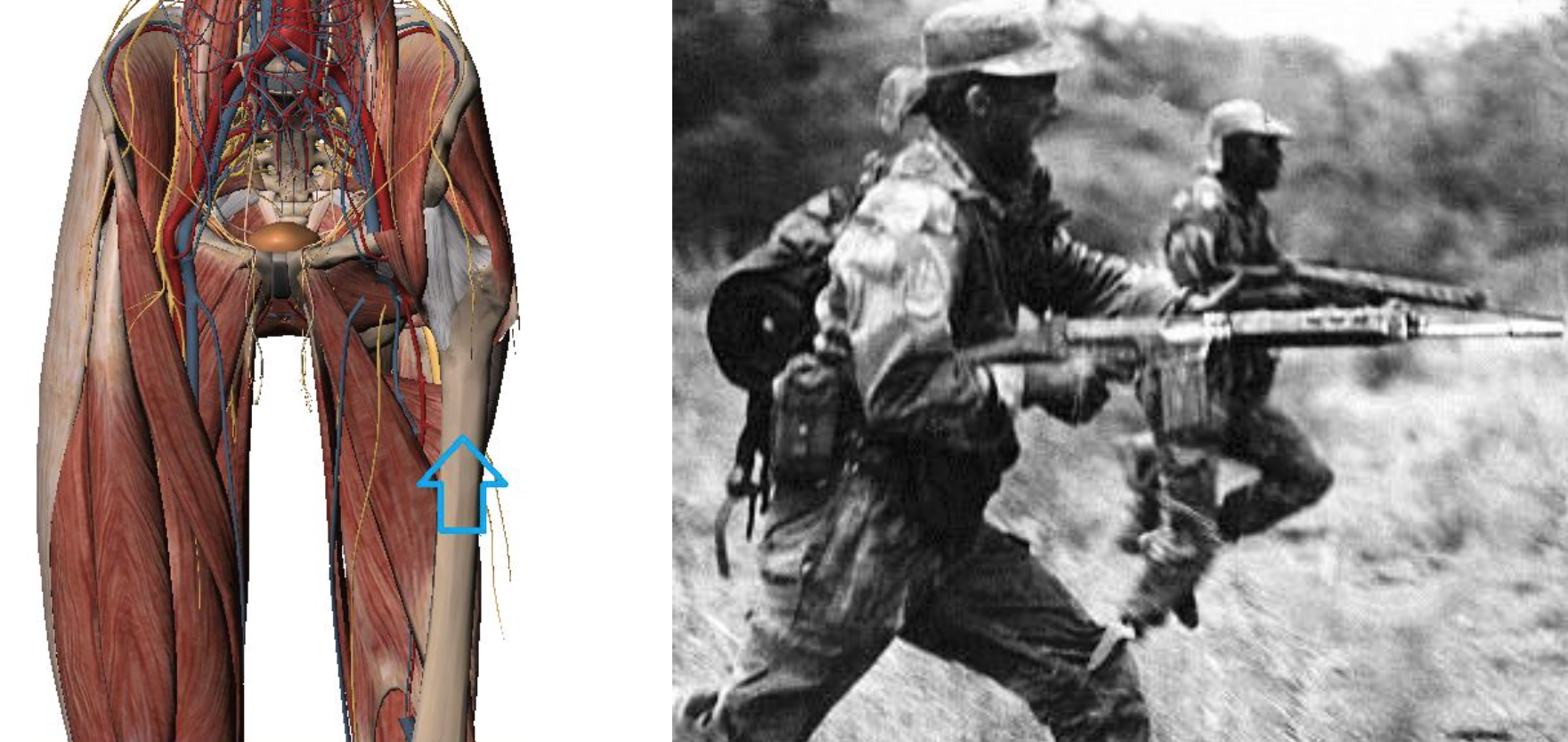
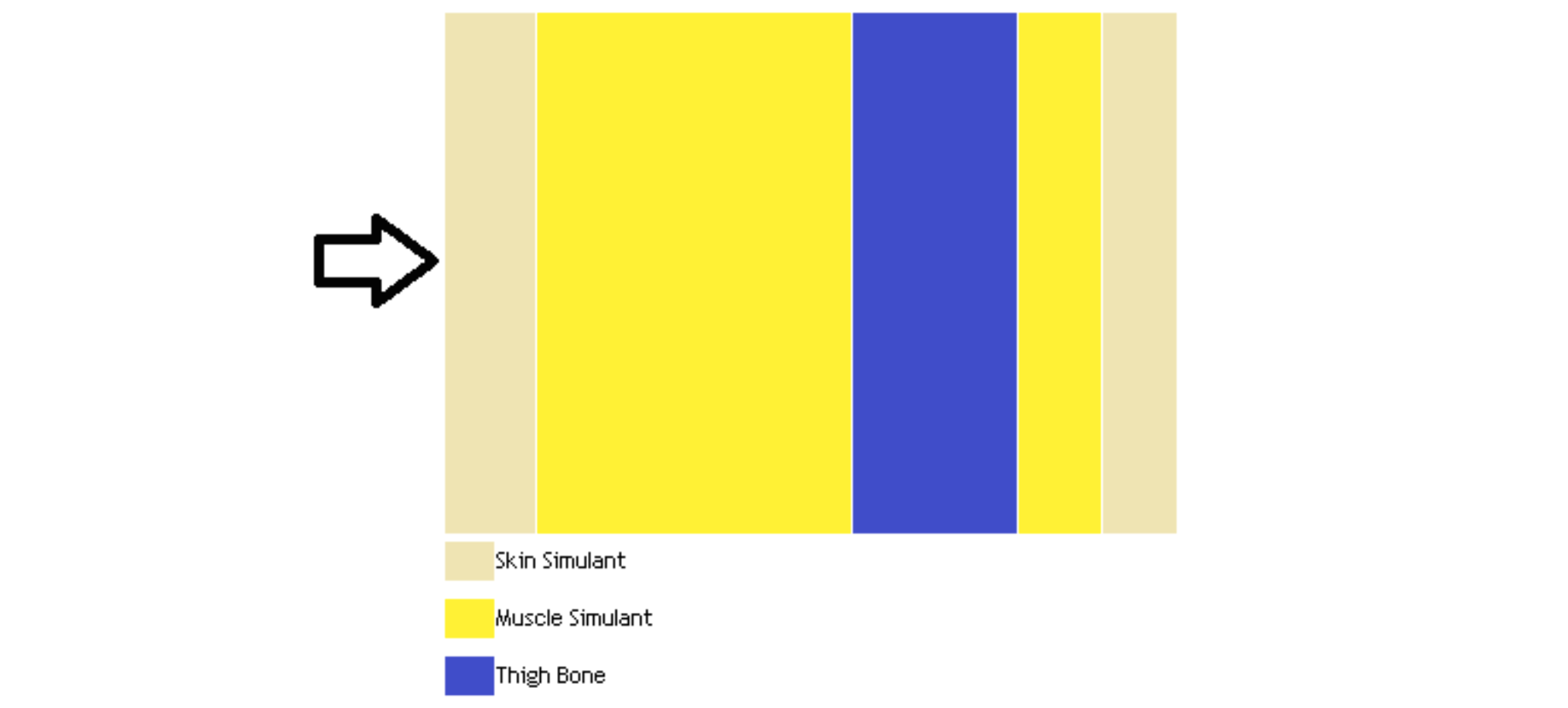
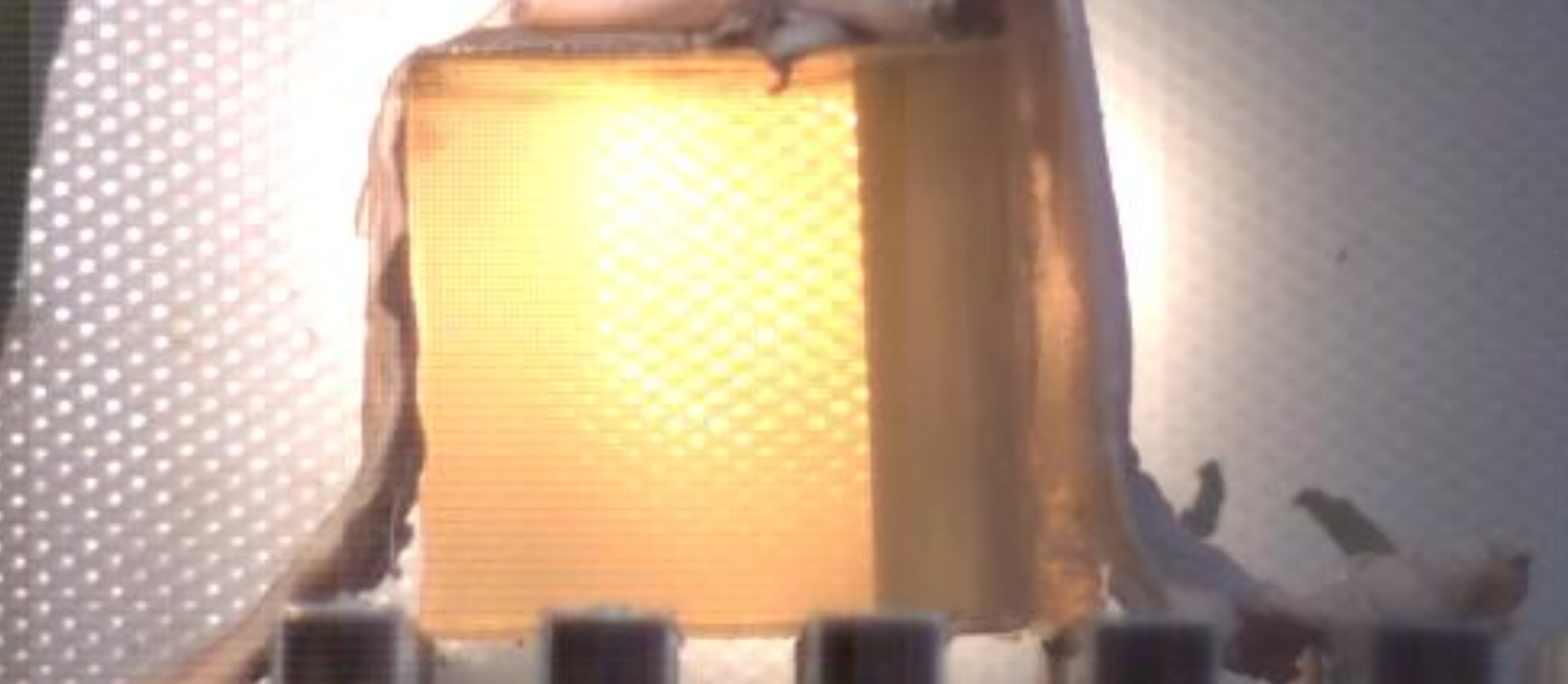
Mobility is an integral part of ground combat. You can assume that running will be involved in all but the briefest of physical conflicts.
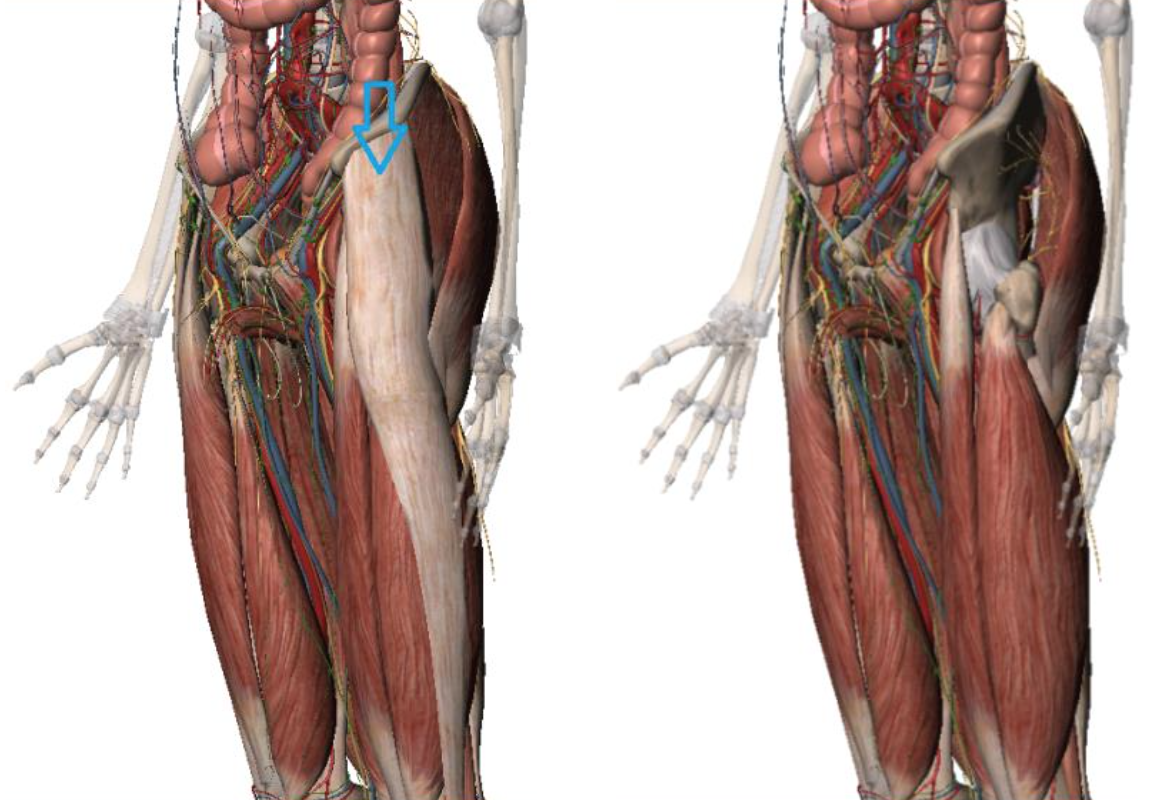

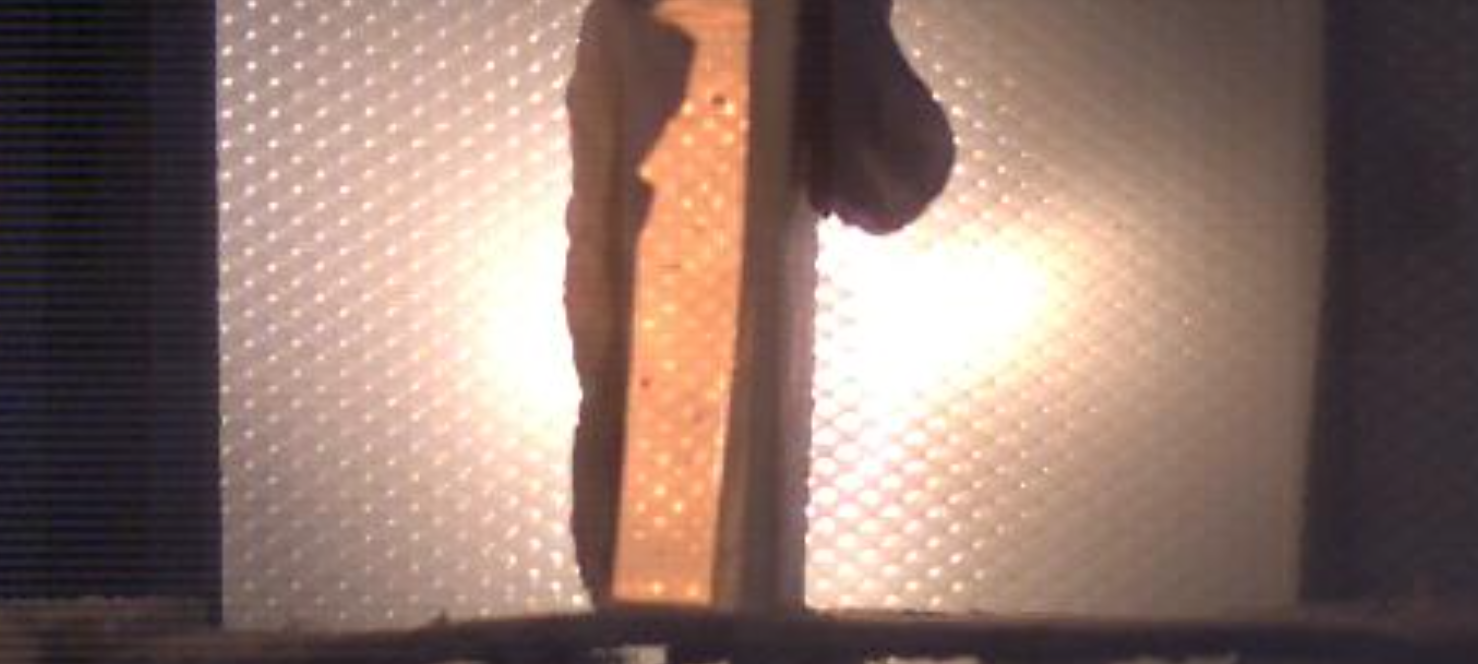
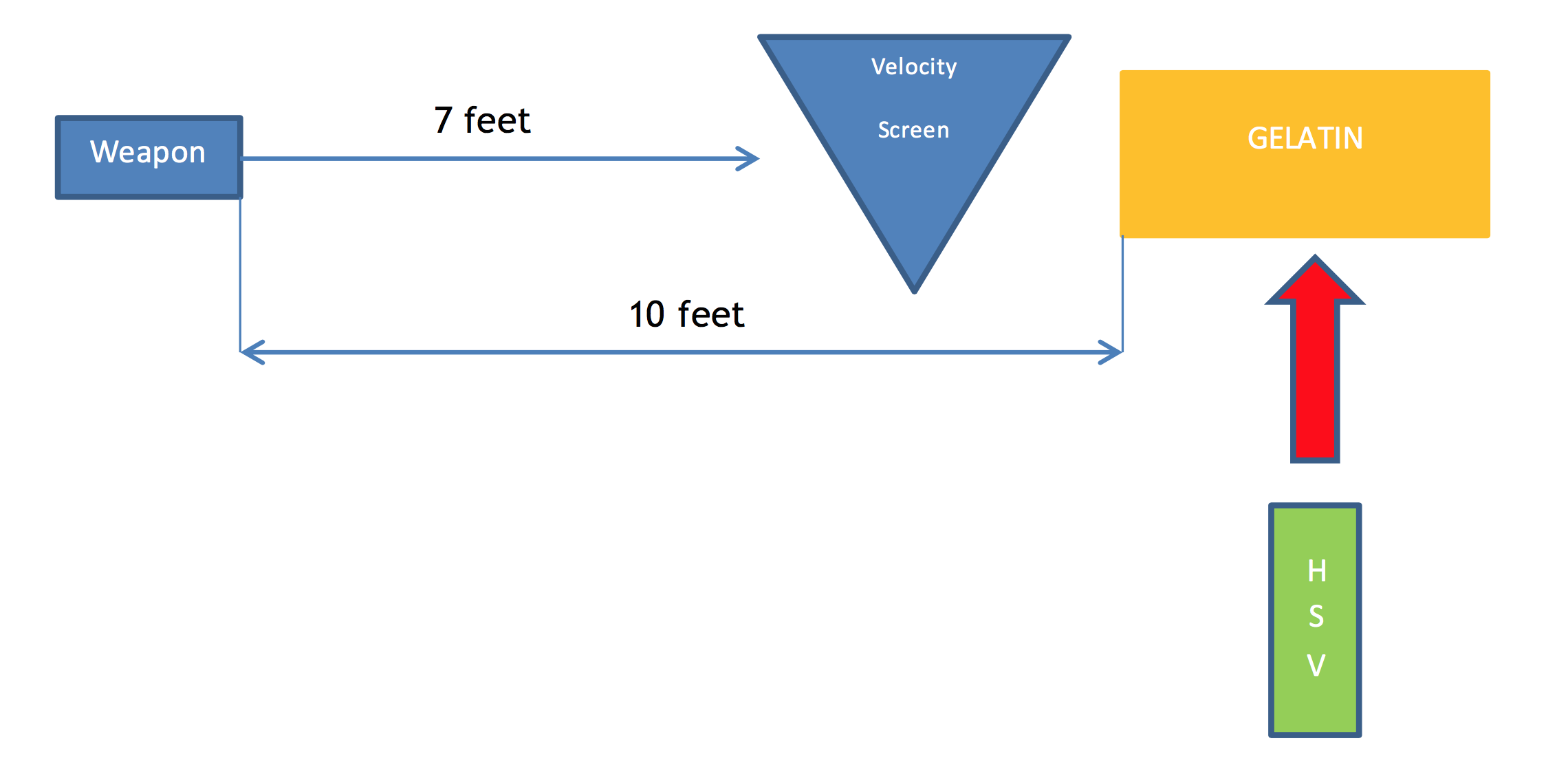
Results
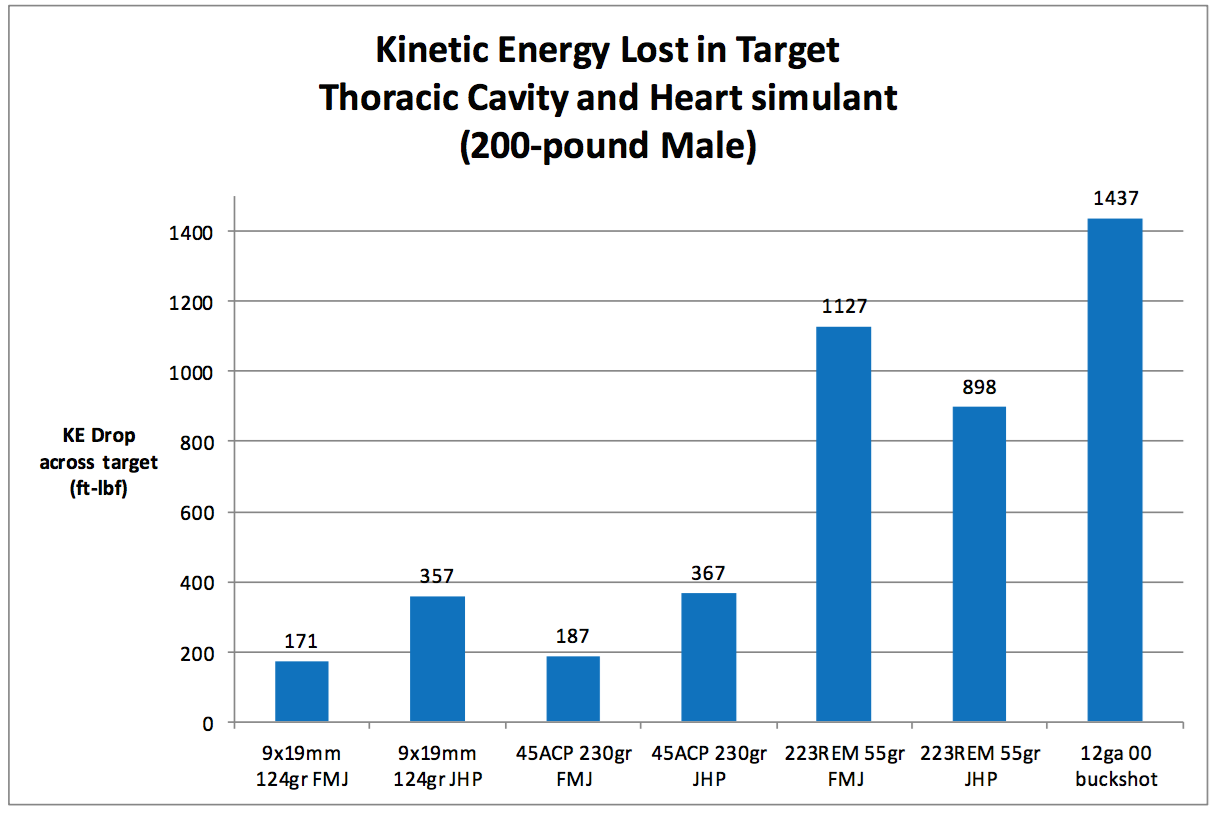
We note that the kinetic energy lost by the 9x19mm Luger 124gr FMJ was 171 ft-lbf and the kinetic energy lost by the 45ACP 230gr FMJ was 187 ft-lbf. The kinetic energy lost by the 9x19mm Luger 124gr JHP was 357 ft-lbf and the kinetic energy lost by the 45ACP 230gr JHP was 367 ft-lbf. These differences do not exceed 9 percent which indicates that the performance of the two calibers is strikingly similar. Until you compare handguns to rifles and shotguns. US M193 strikes with significantly higher kinetic energy and exposes more surface area than does the Barnes 55gr TSX at the depth of the femur bone from this shotline. This is one of the benefits of a FMJ bullet that tumbles: very little velocity drop as it traverses non-vital tissue but extreme damage done as the bullet begins to turn sideways. As would be expected, the 12 gauge shotgun gives no quarter when using 00 buckshot.
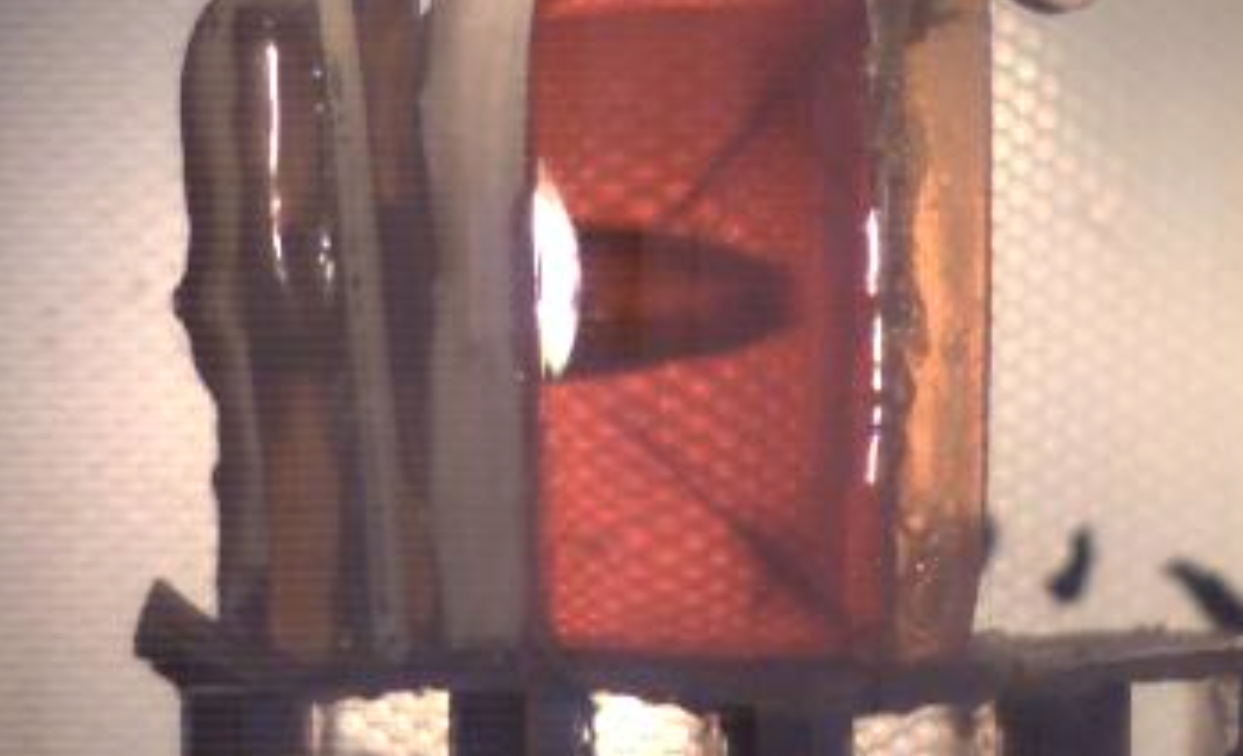
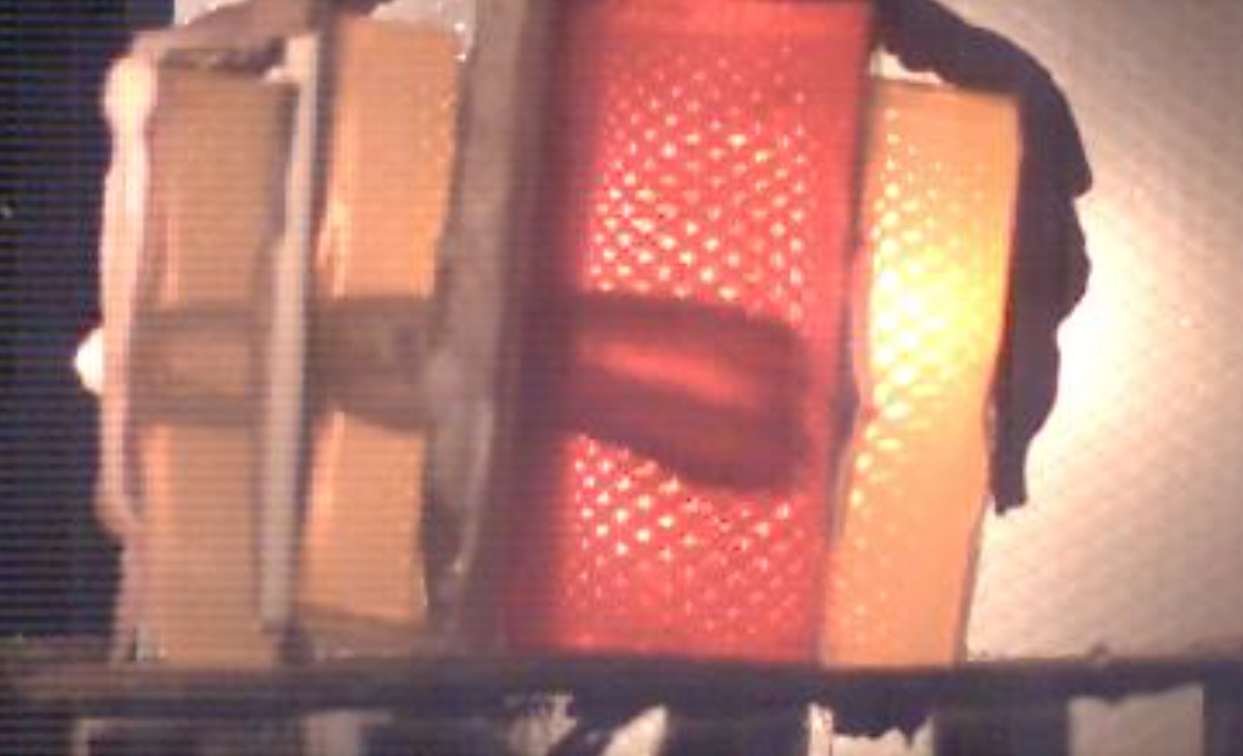
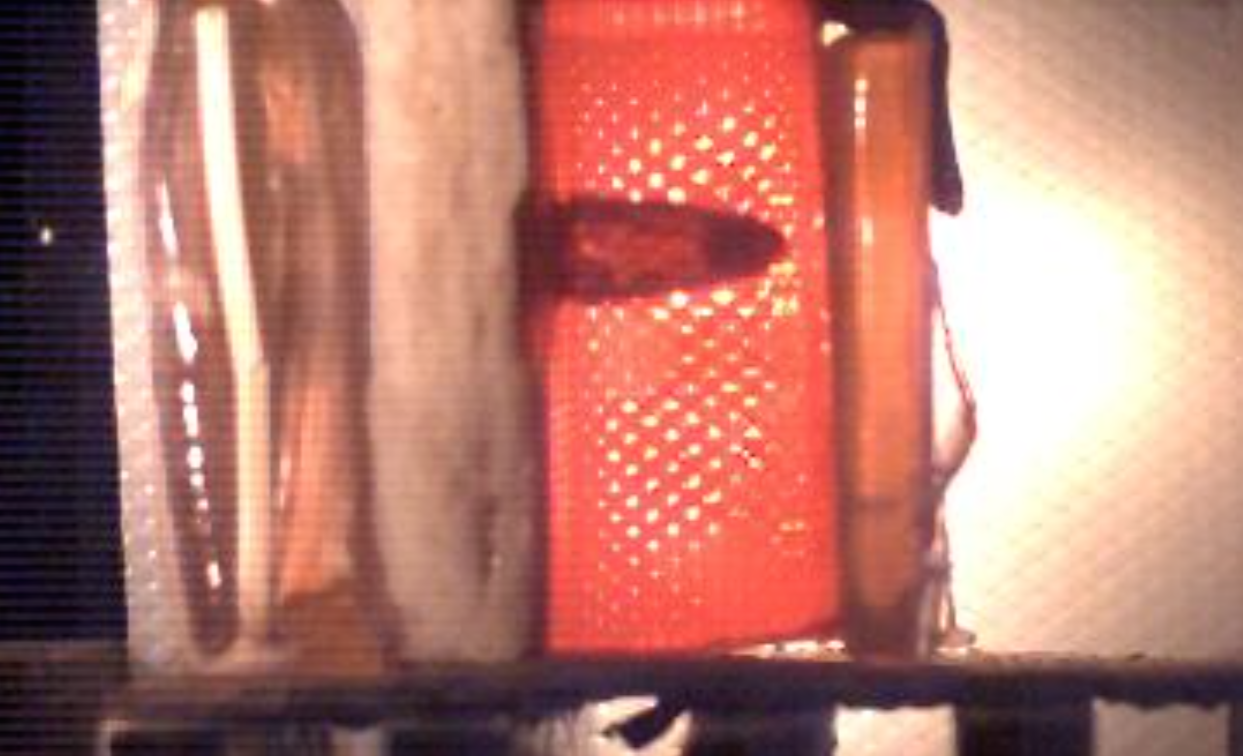
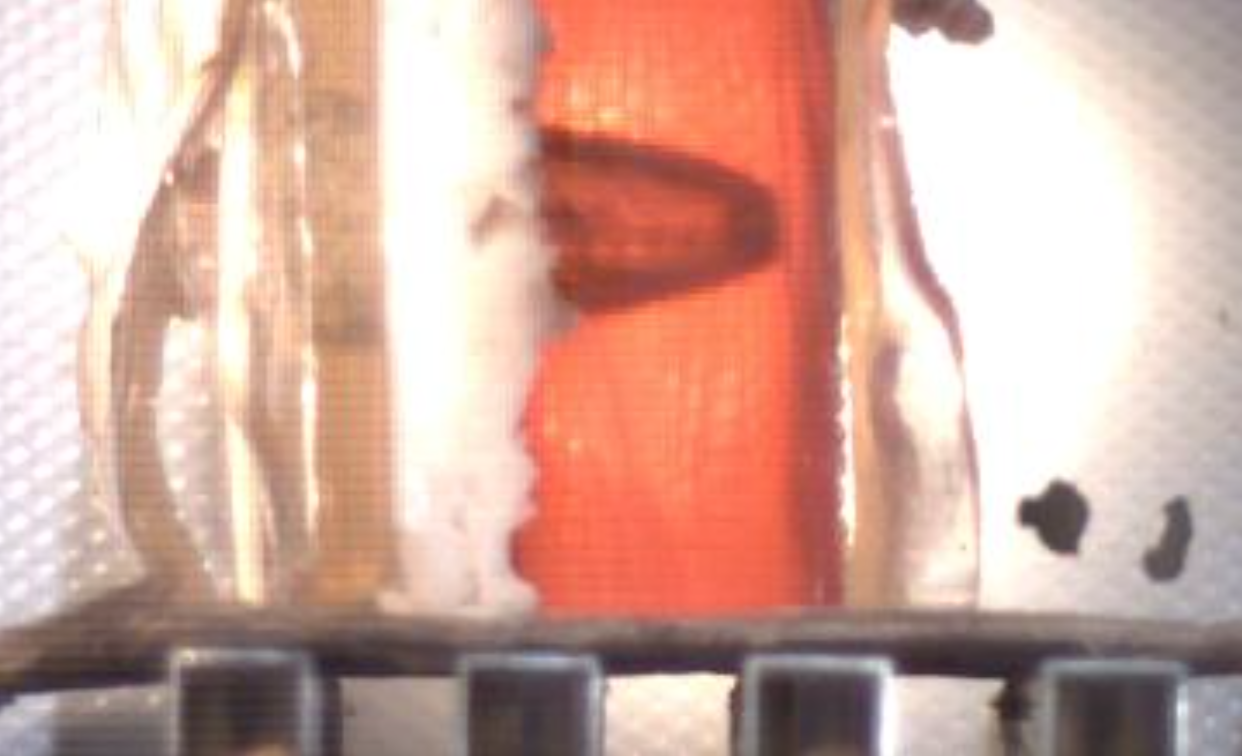
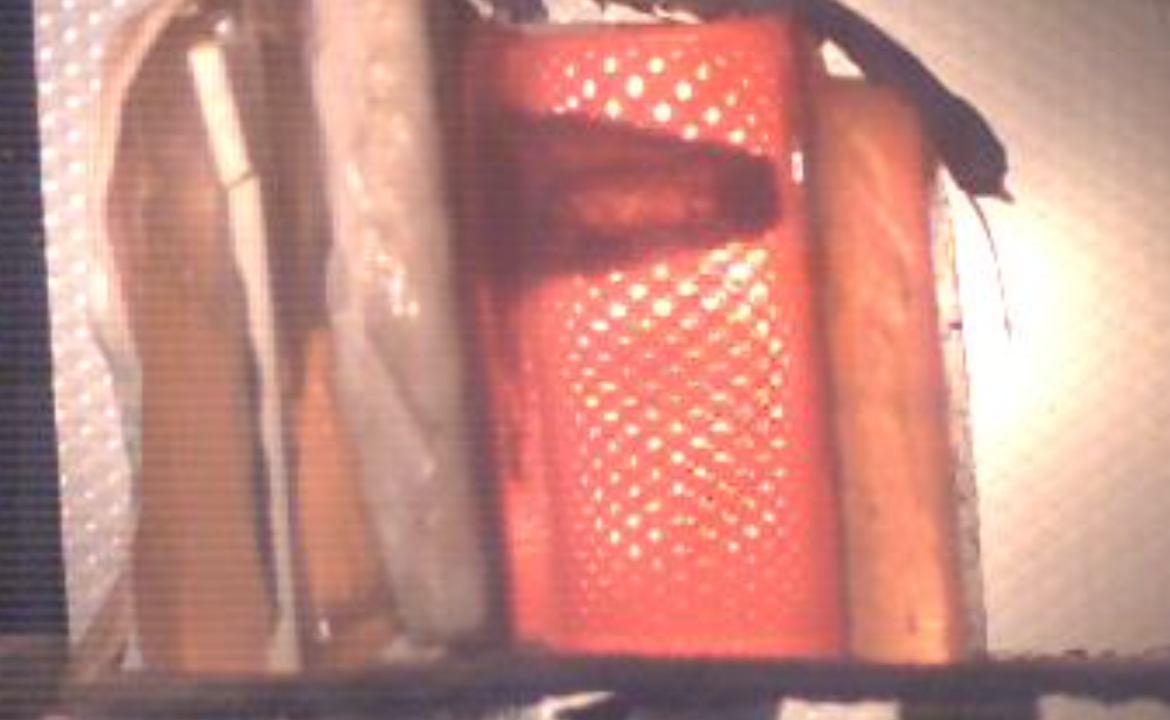
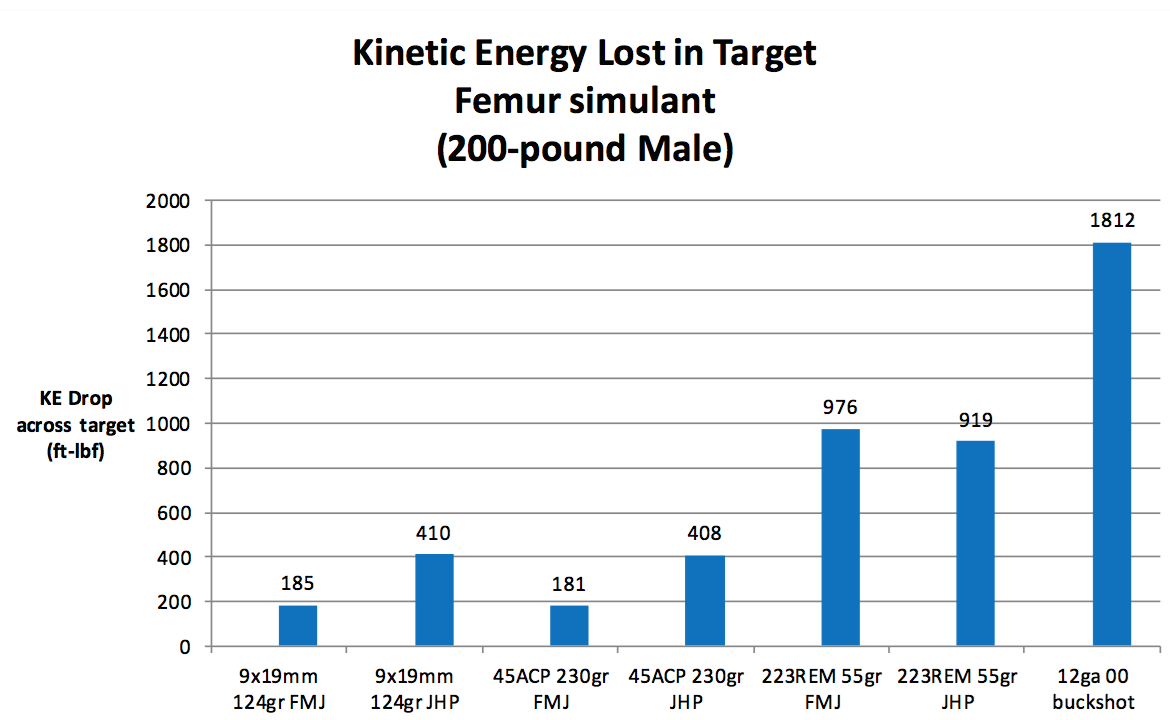
Similar relationships exist with the same bullets traversing the Leg/Femur simulant. There is a statistically insignificant difference between the terminal effects of the 9x19mm and 45ACP FMJs and the 9x19mm and 45ACP JHPs when engaging the Leg/Femur simulant target. On a target of a similar thickness to the Leg/Femur simulant, the M193 can be expected to be more effective than the Barnes 55gr TSX due to the tumbling/fragmenting action. We repeat ourselves: if you have the need for a close-range self-defense weapon, make it a shotgun with buckshot.
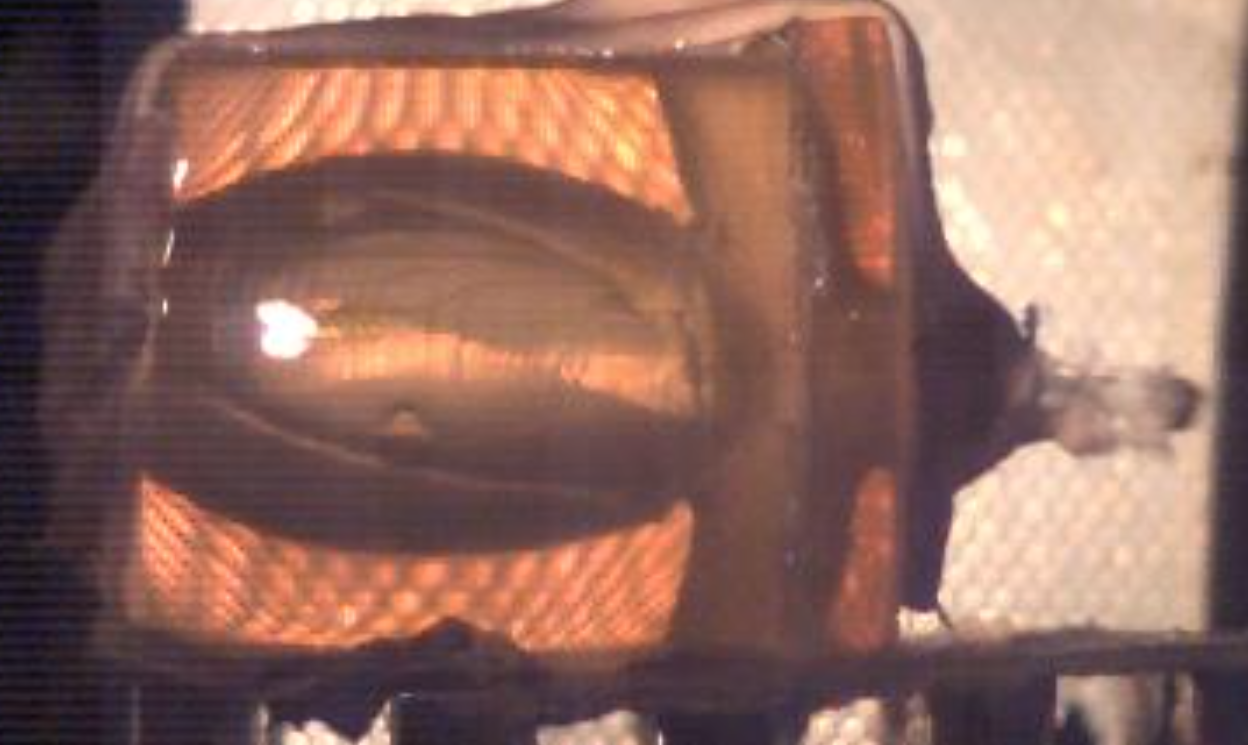
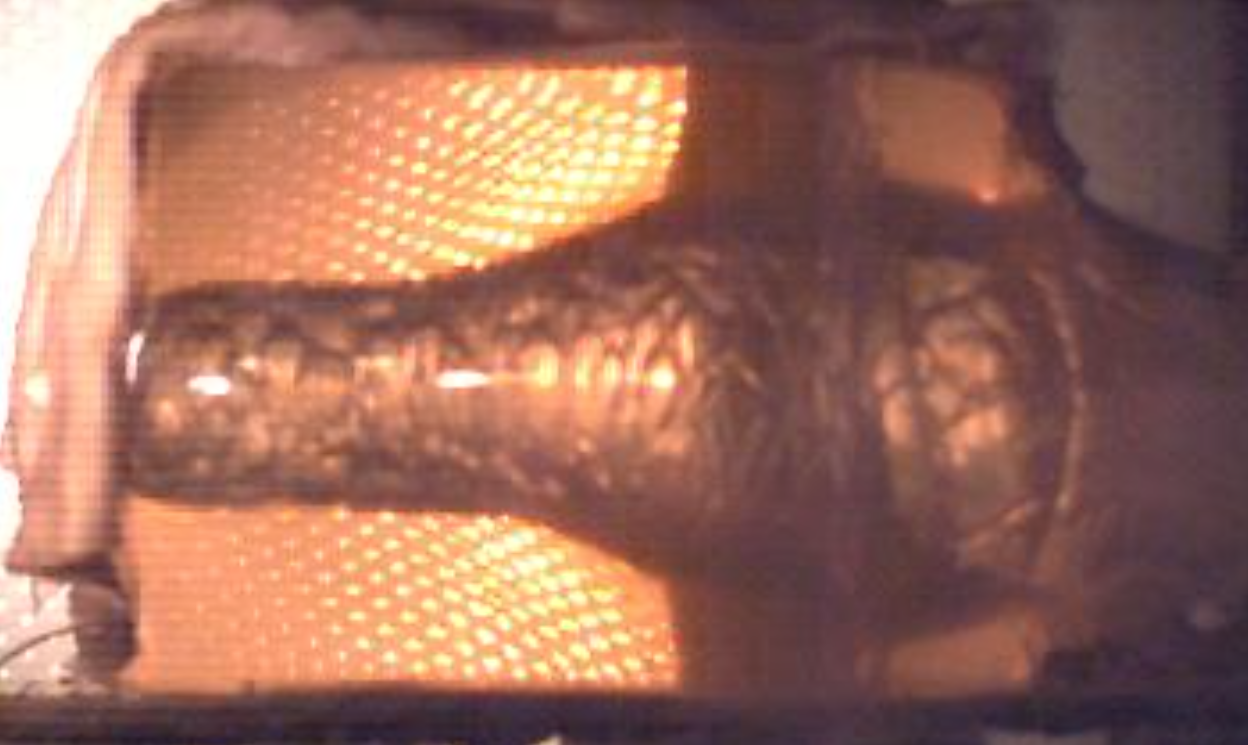
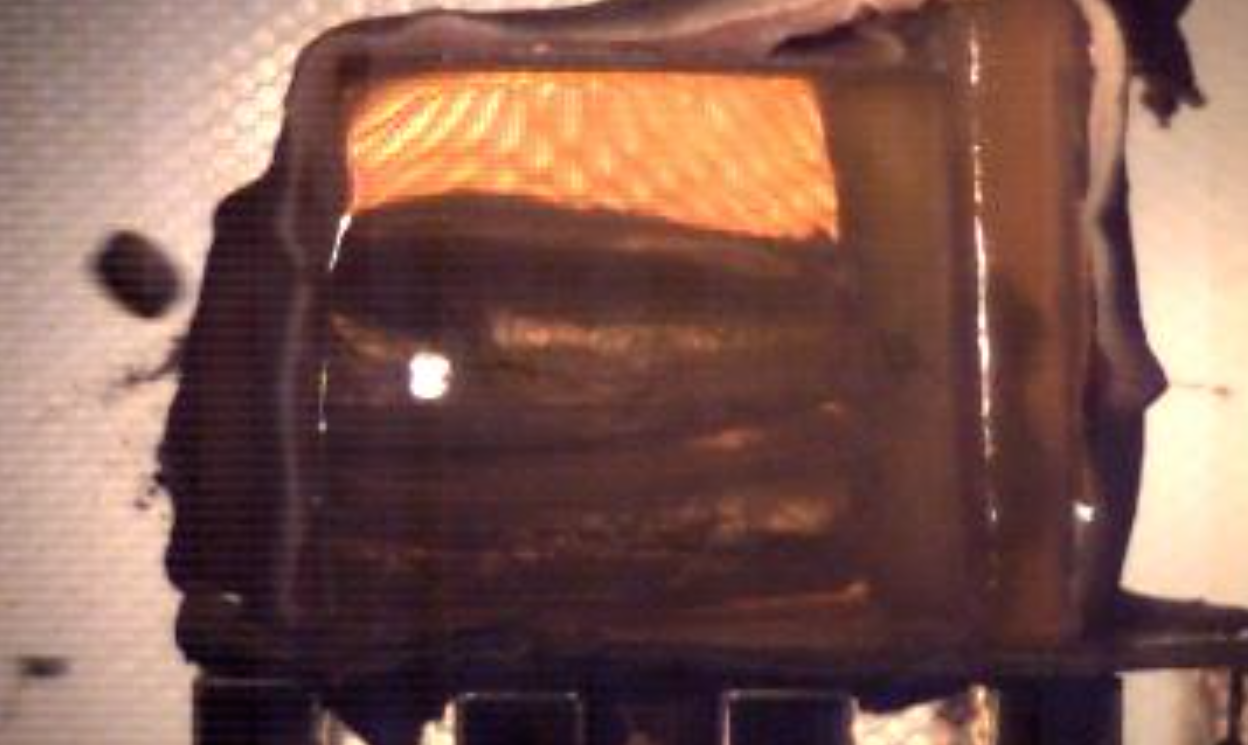
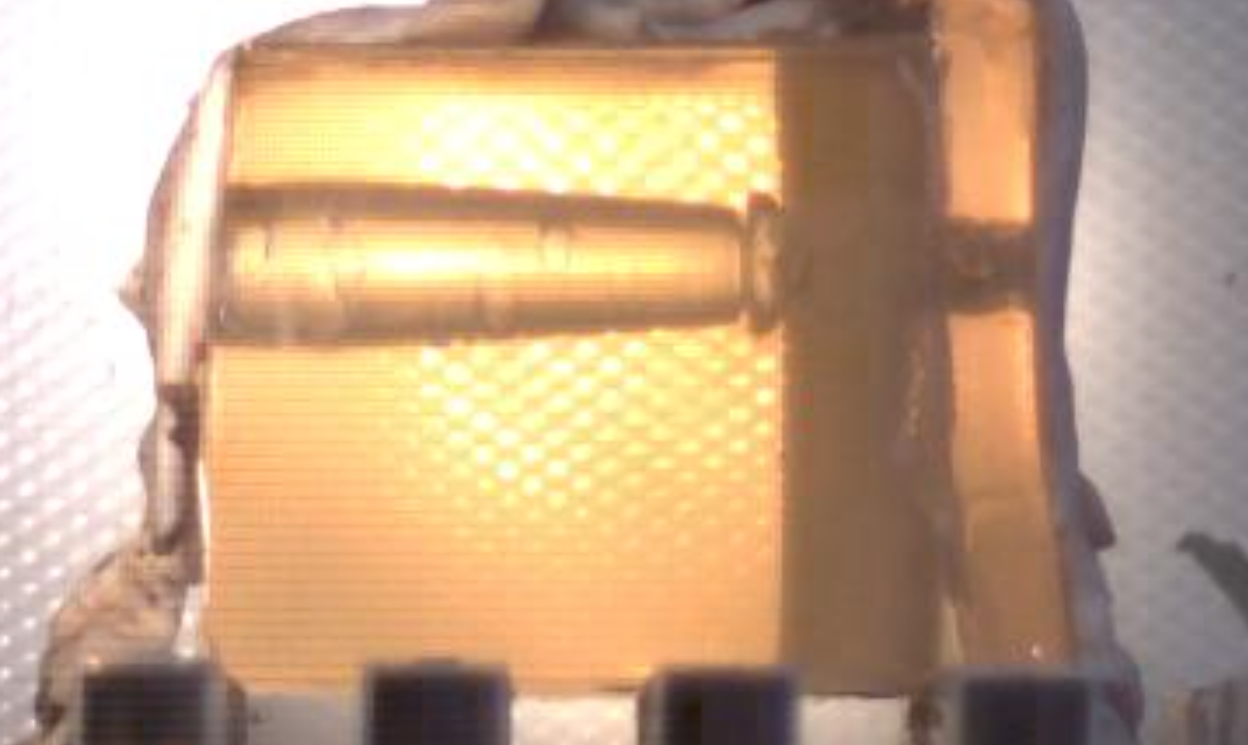

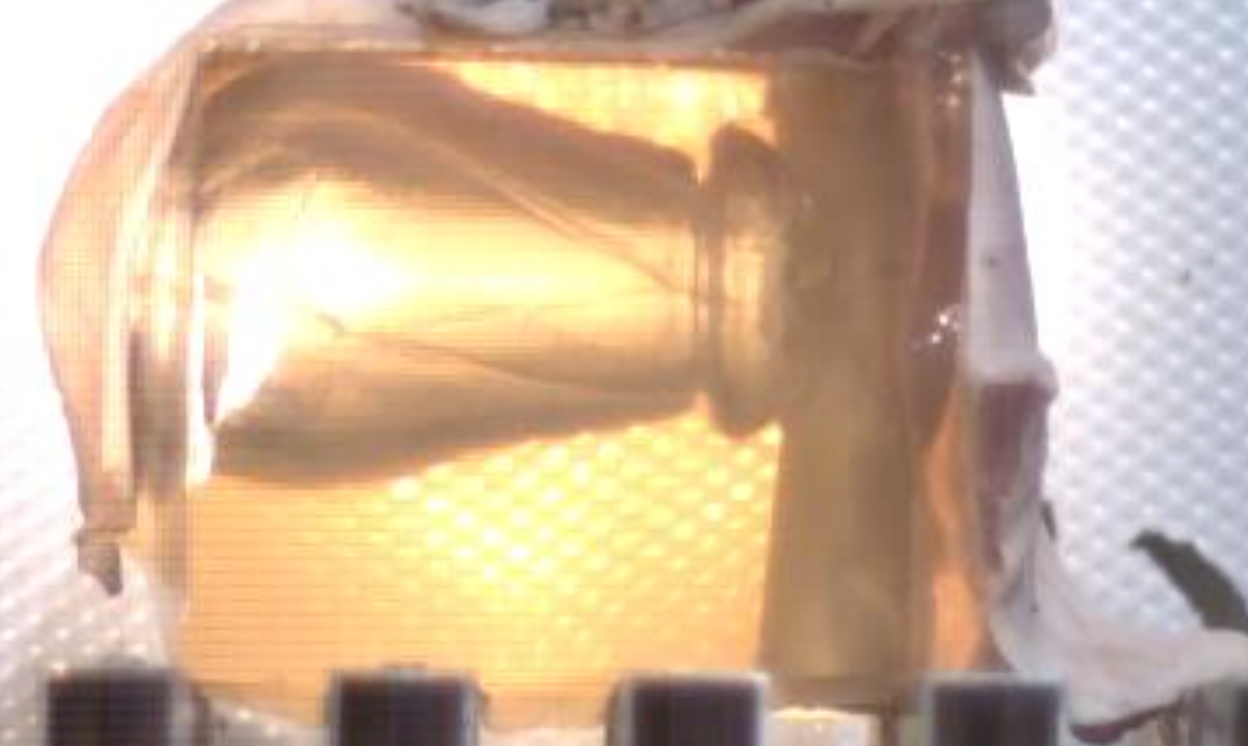
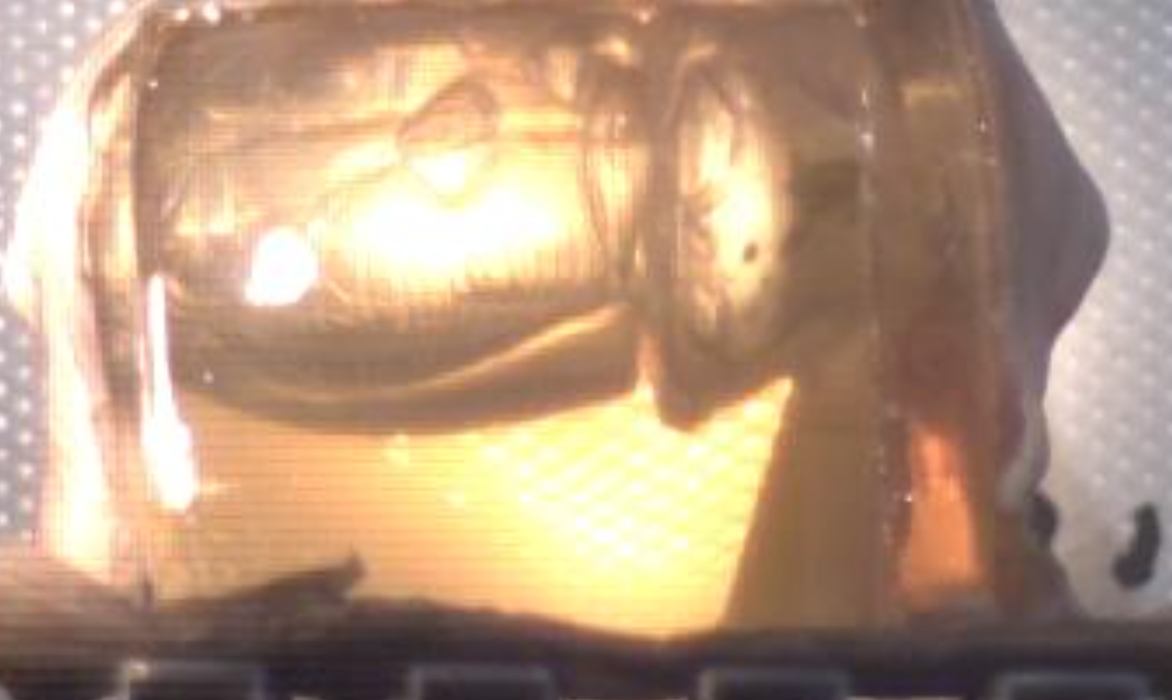
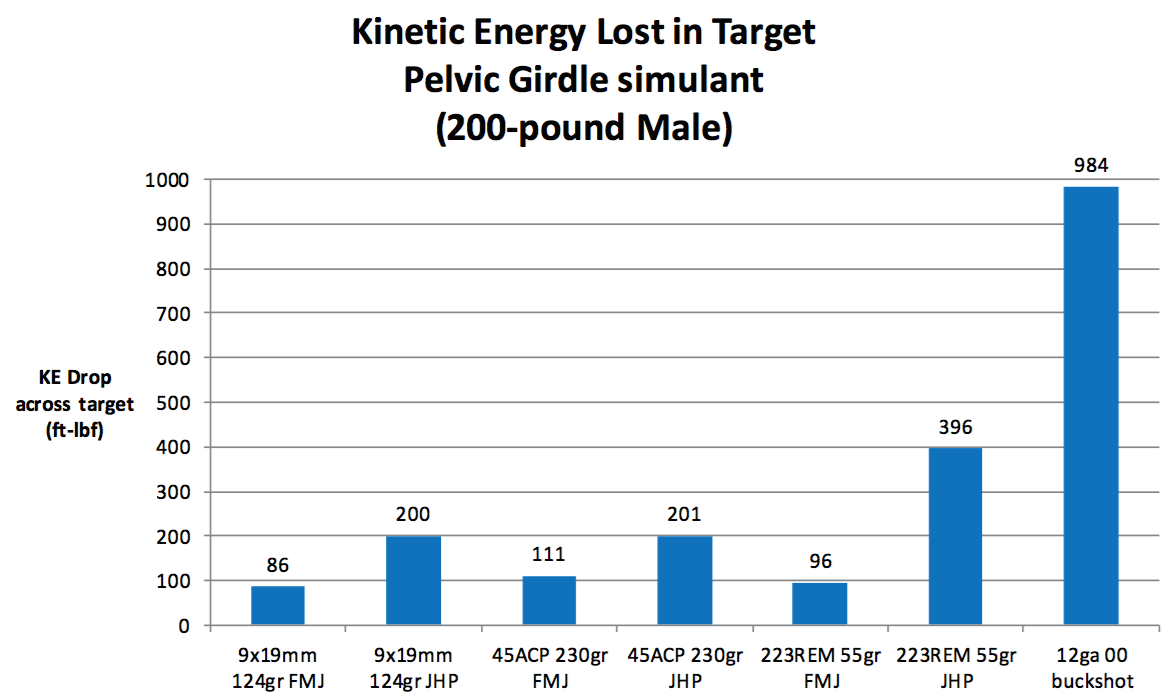
We see larger differences here between the 9x19mm and 45ACP FMJ bullets and in this case we would recommend the 45ACP ‘hardball’ over the 9x19mm FMJ. No significant difference exists between the JHPs of the two calibers. The Barnes 55gr TSX, which expands upon impact with a fluid medium, offers great advantage over the M193 on narrow shotlines because the M193 does not have enough time to tumble prior to impacting the bone plate.
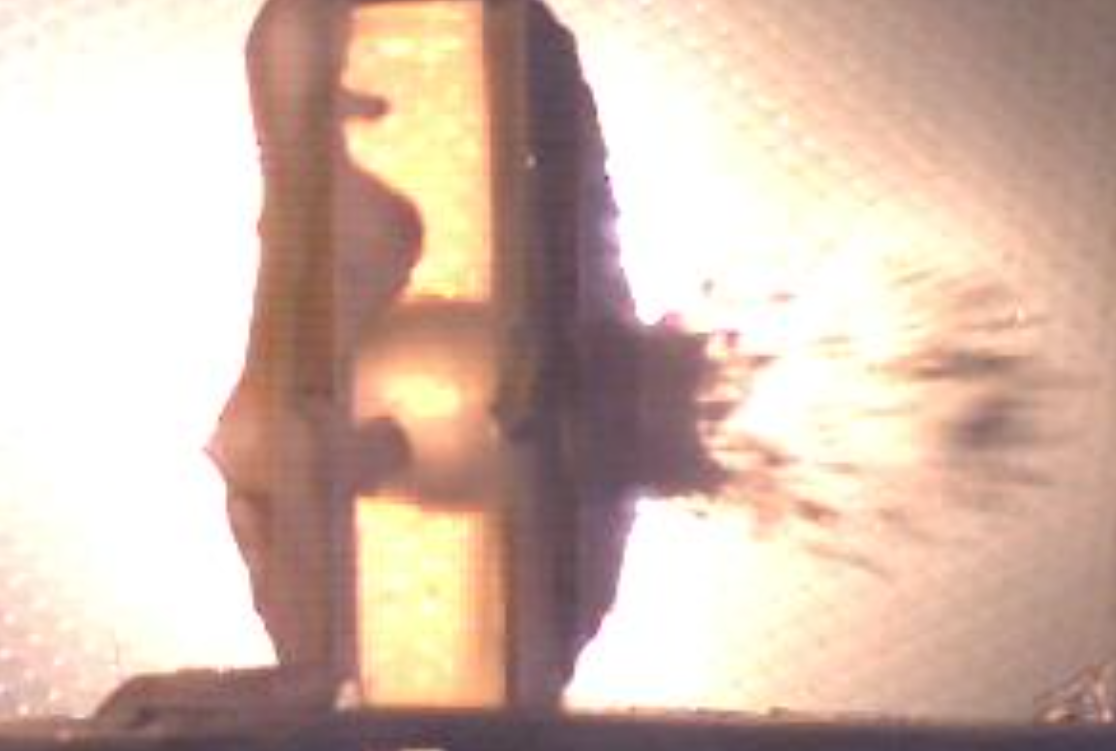
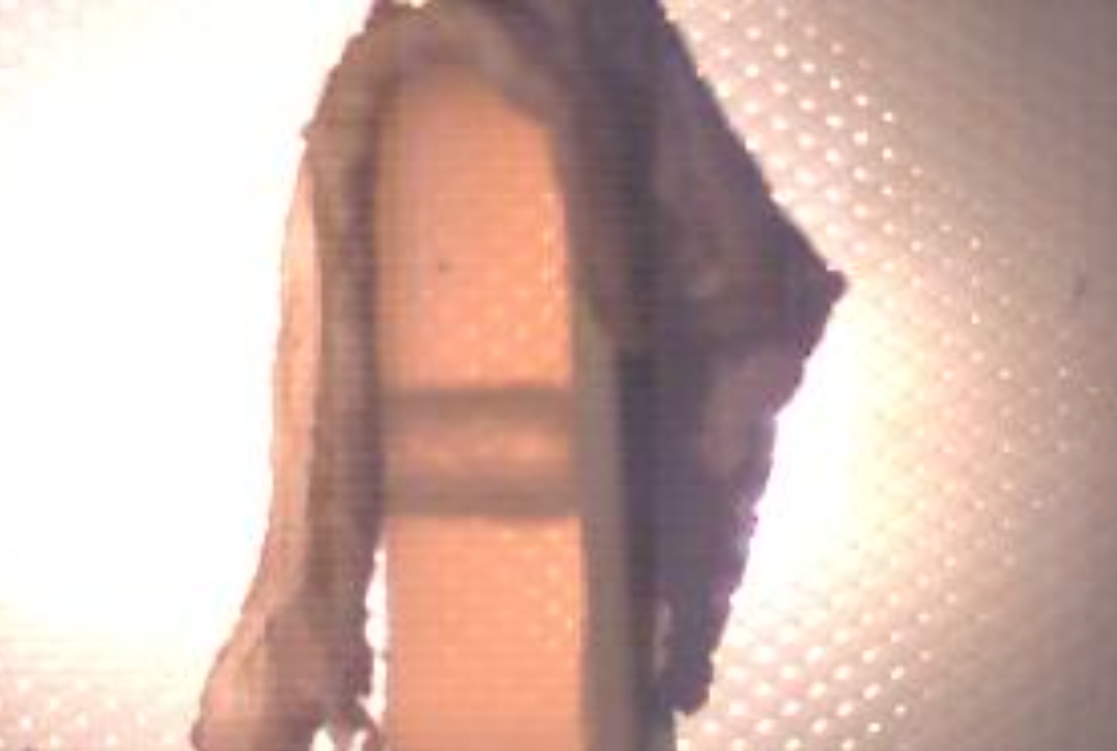
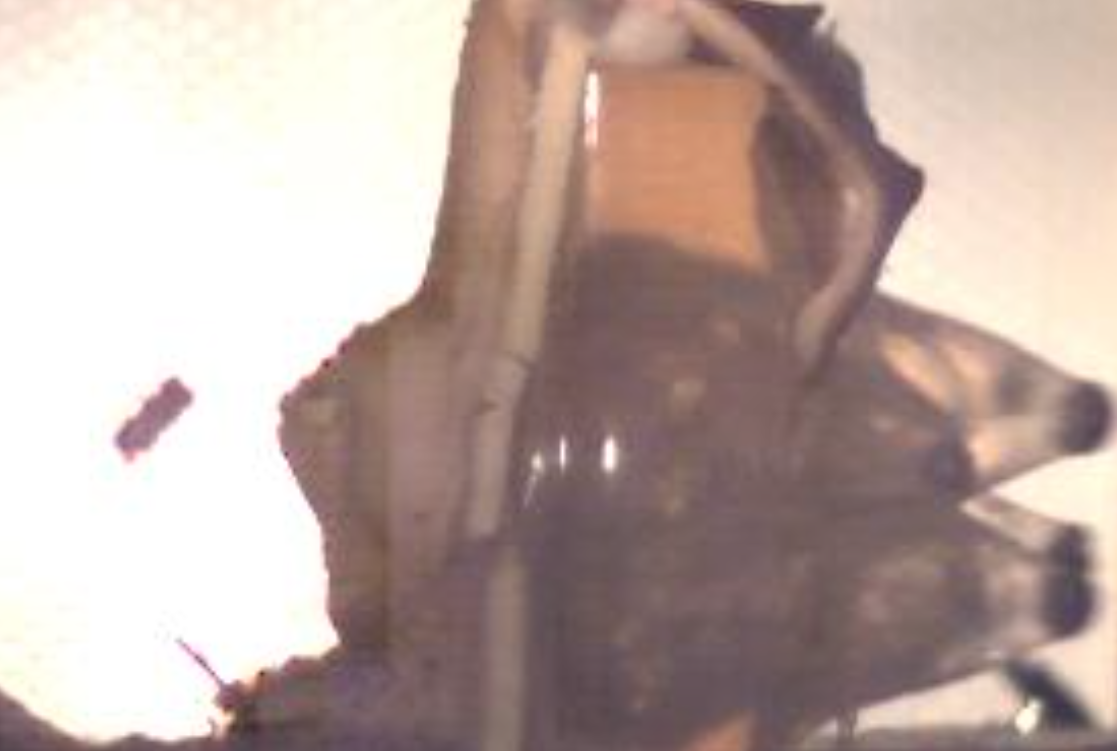
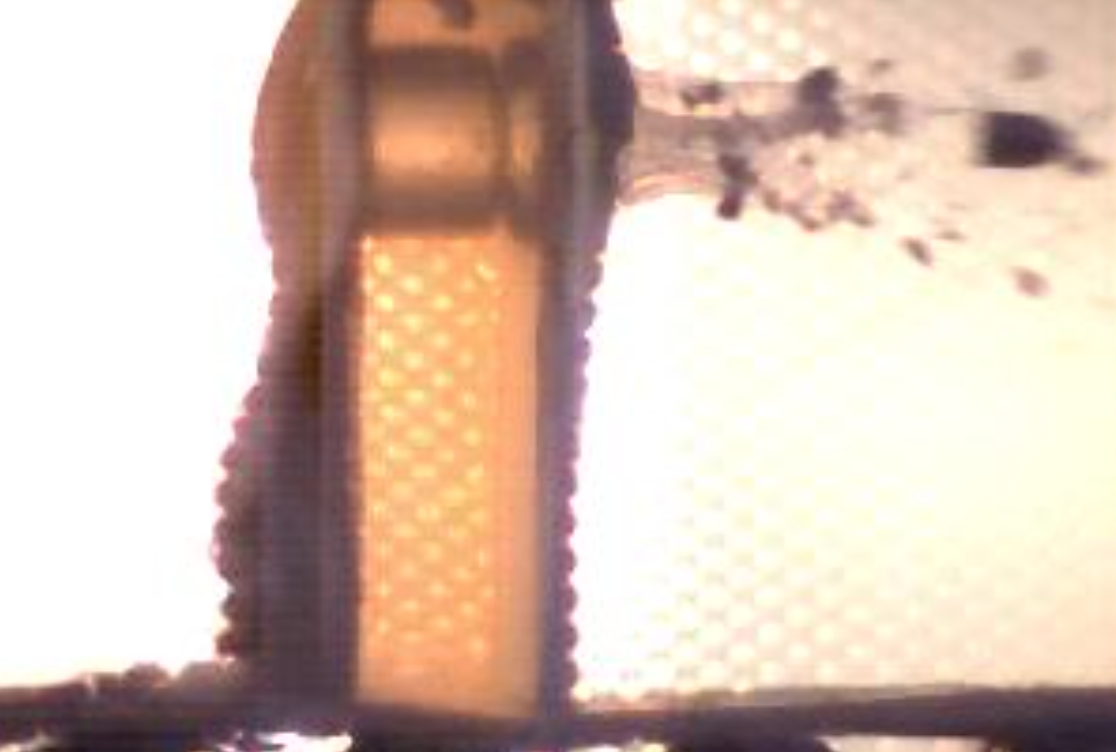
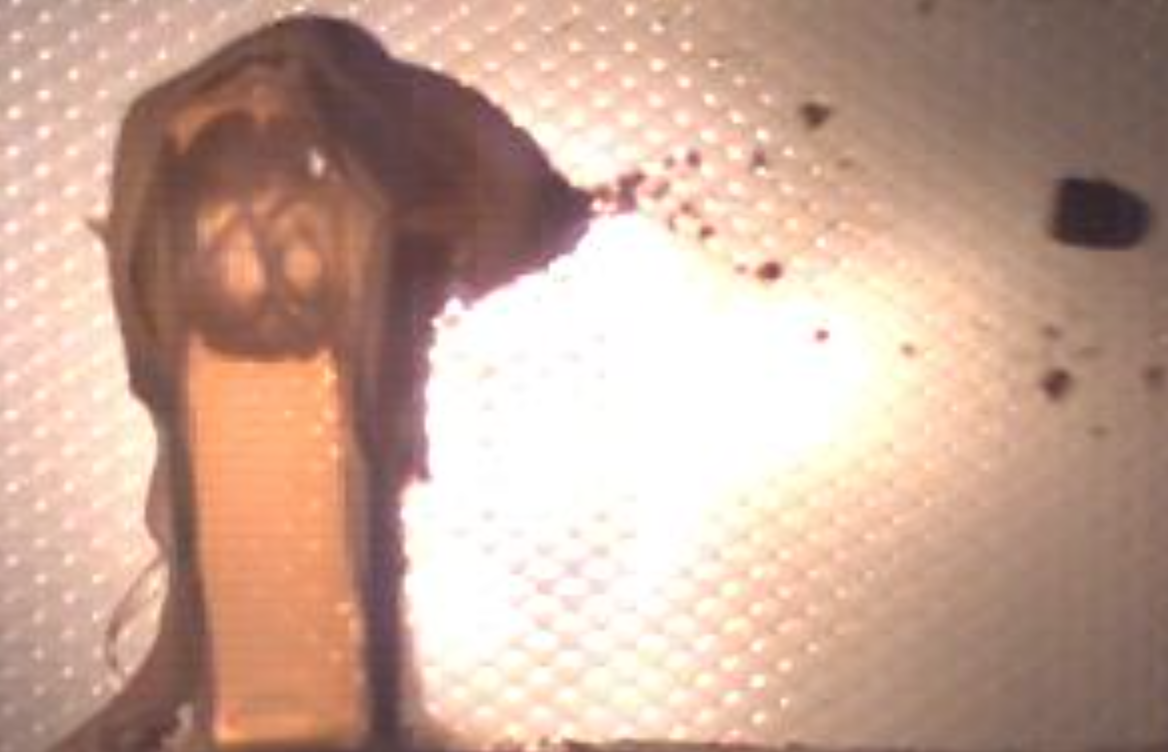 Figure 32: 45ACP 230gr FMJ Impacting Pelvic Girdle
Figure 32: 45ACP 230gr FMJ Impacting Pelvic Girdle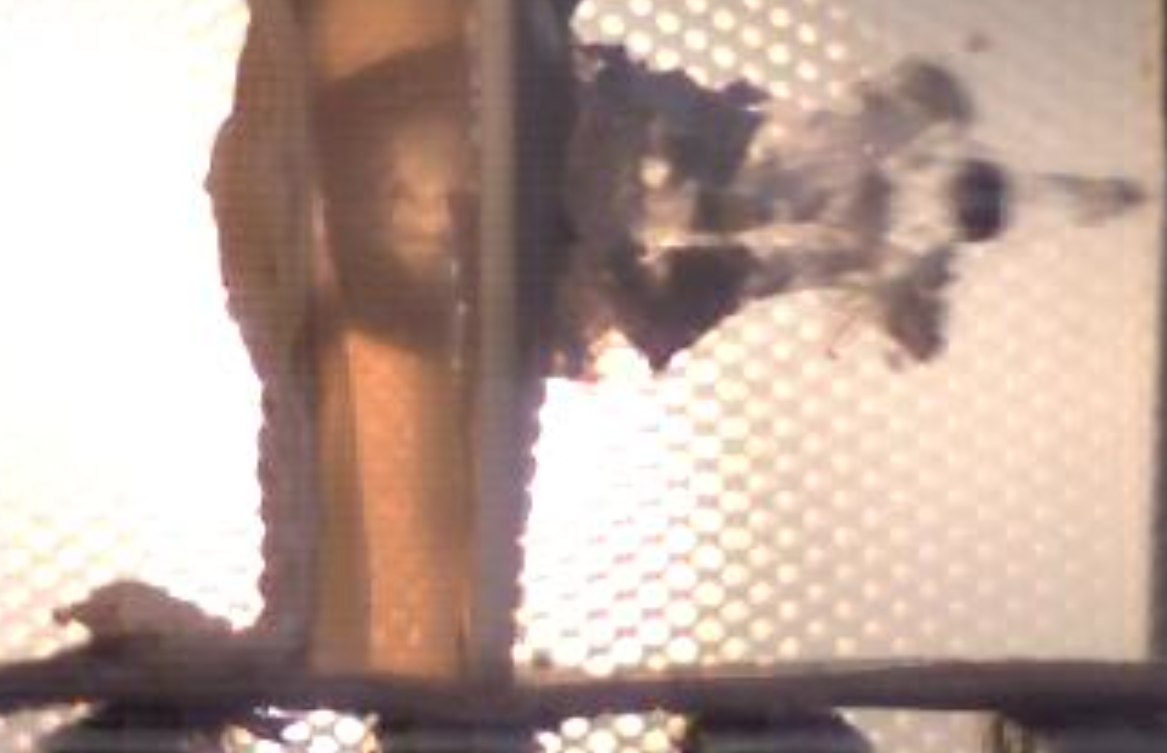 Figure 33: 9x19mm Speer 124gr +P Gold Dot JHP Impacting Pelvic Girdle
Figure 33: 9x19mm Speer 124gr +P Gold Dot JHP Impacting Pelvic Girdle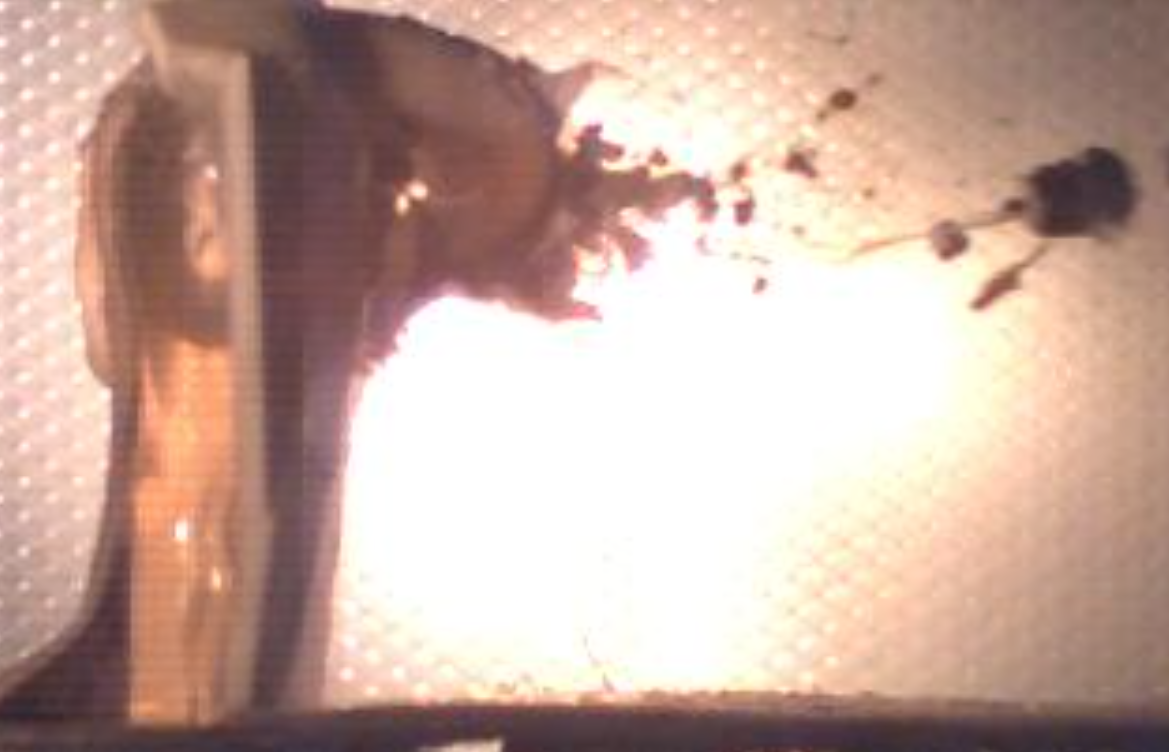 Figure 34: 45ACP Hornady 230gr +P XTP JHP Impacting Pelvic Girdle
Figure 34: 45ACP Hornady 230gr +P XTP JHP Impacting Pelvic GirdleWounding Effect of Temporary Cavity Expansion
The wounding effect of the temporary cavity, the radially-outward movement of tissue away from a penetrating bullet, was evaluated by situating the test weapons point of impact to miss the round bone tubes by 0.25-1.25 inches. This way, the bone could not be physically damaged by the bullet and if it was recovered in a damaged state it could be deduced that the temporary cavity of the bullets nearby passage was responsible for the disabling of the simulated femur bone. In order to exarcerbate this effect the cartridges that fired a single projectile with the greatest kinetic energy at impact were chosen for this section.



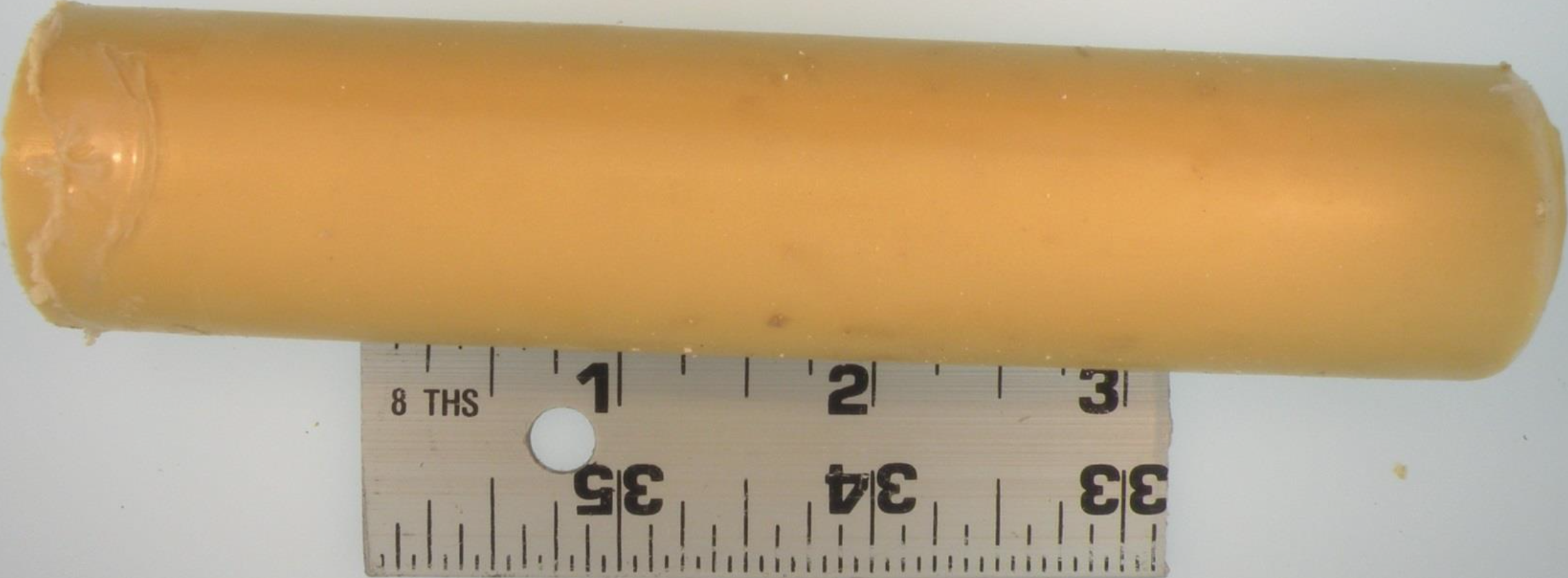
Limited-shot size experimental evidence seems to suggest that the temporary cavity from a 223 Remington (5.56x45mm) rifle is unlikely to damage the human femur.
Damage Done to Femur through Direct Bullet Impact
The weight of bone material shattered from each of the round bones was measured and used as a gauge to assess the damage done by direct bullet impact.
TABLE 3
Shot placement on the round bones must influence the amount of damage done and this placement was not factored into Table 3.
Conclusion
The kinetic energy lost by both 9x19mm and 45ACP handgun projectiles, FMJ and JHP, was essentially identical in all three target sets. 223 Remington Federal 55gr Barnes TSX was more effective than the M193 on thin shotlines, but the M193 dominates on deeper shotlines like the thoracic cavity. 12 gauge shotguns using 00 buckshot were very effective on the pelvic girdle and thoracic cavity but demonstrated limited controllability when trying to aim at small internal targets like the leg bone inside of the thigh.
Temporary cavity does not appear to be capable of breaking the human femur when firing a 223 Remington / 5.56x45mm rifle head-on into an opponents thigh.
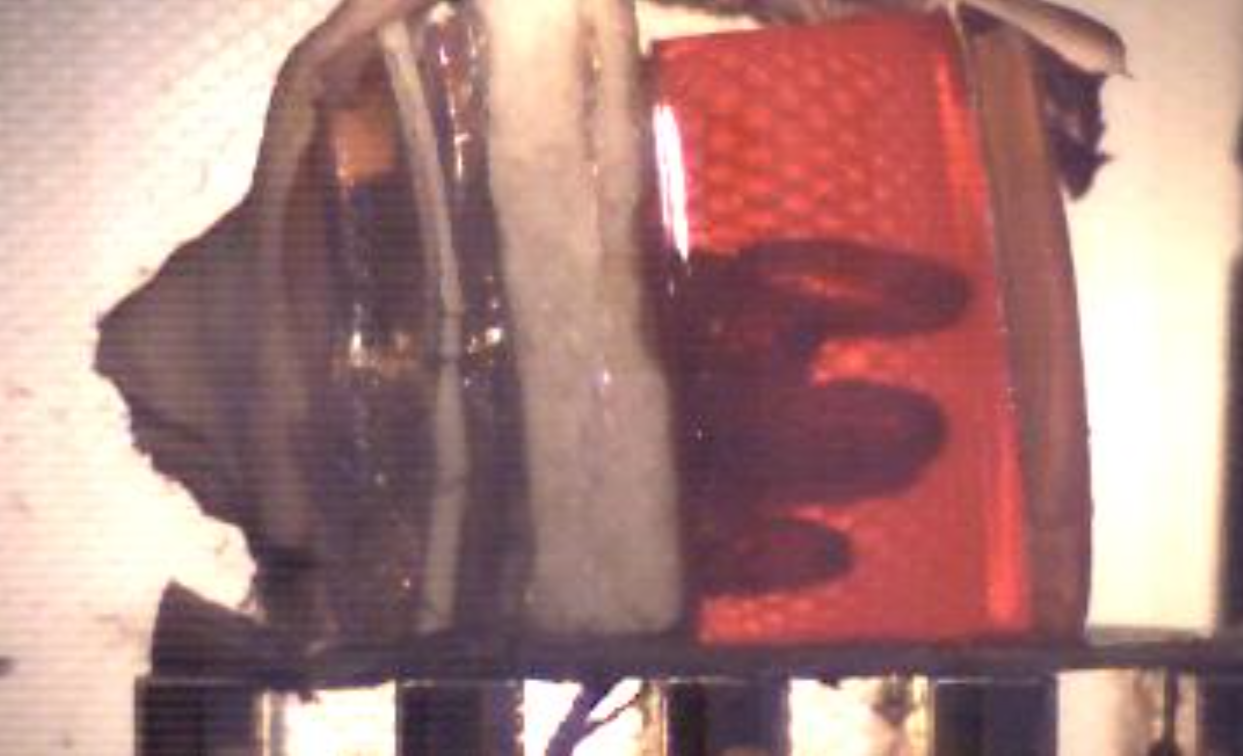
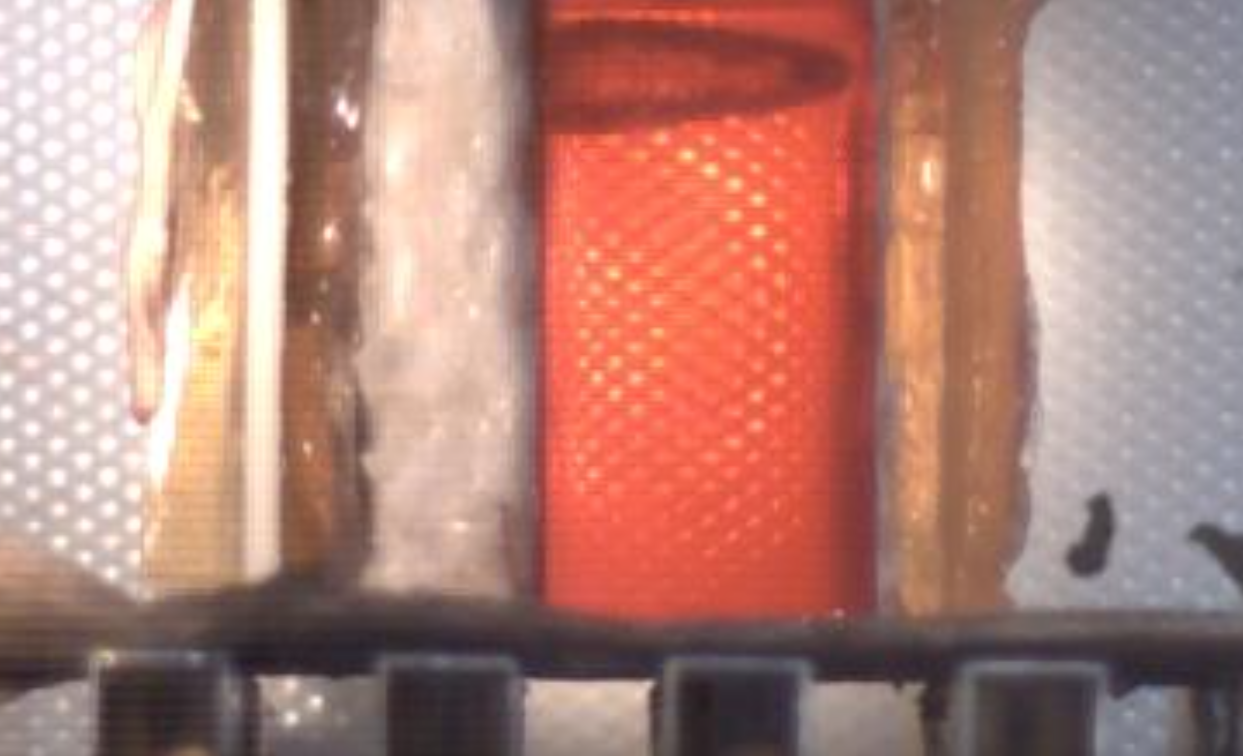
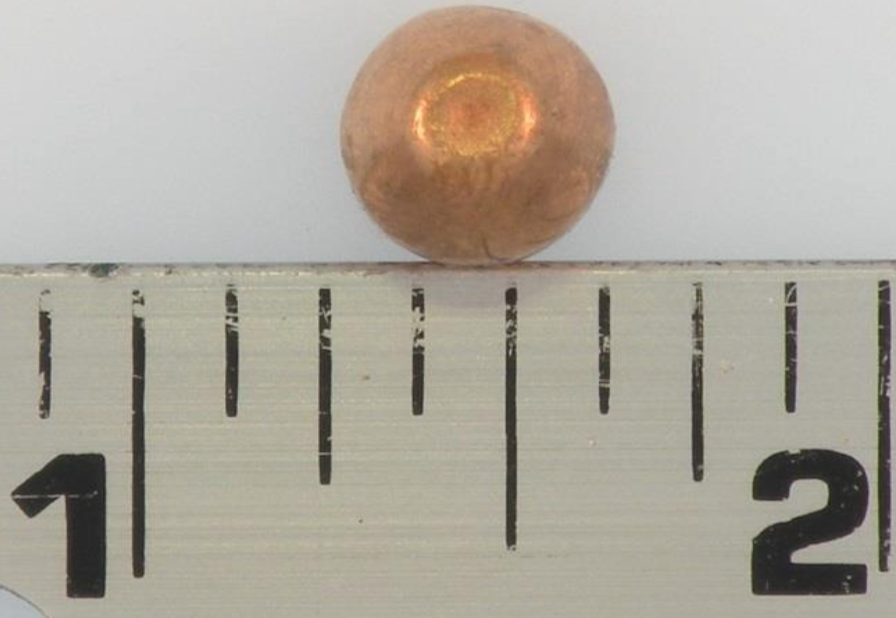
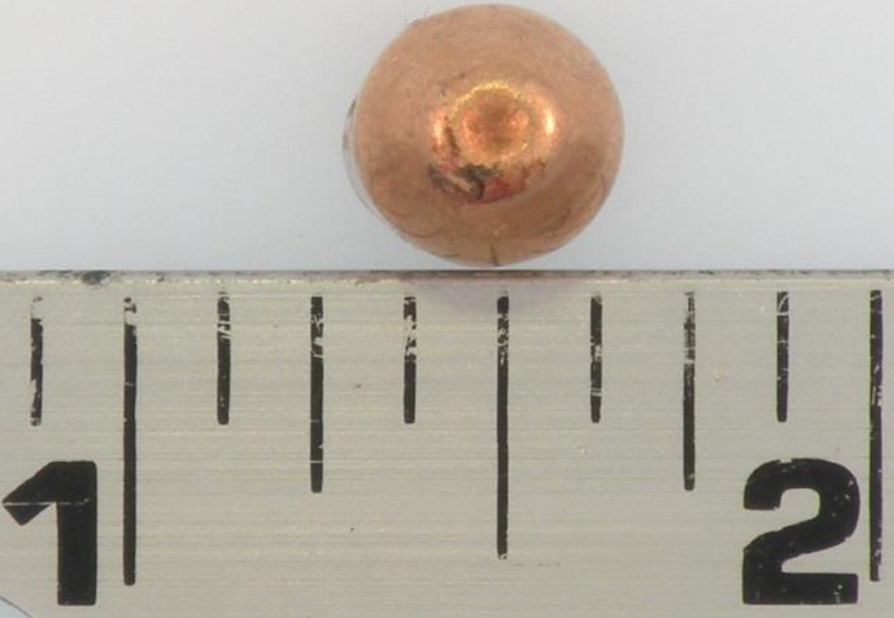
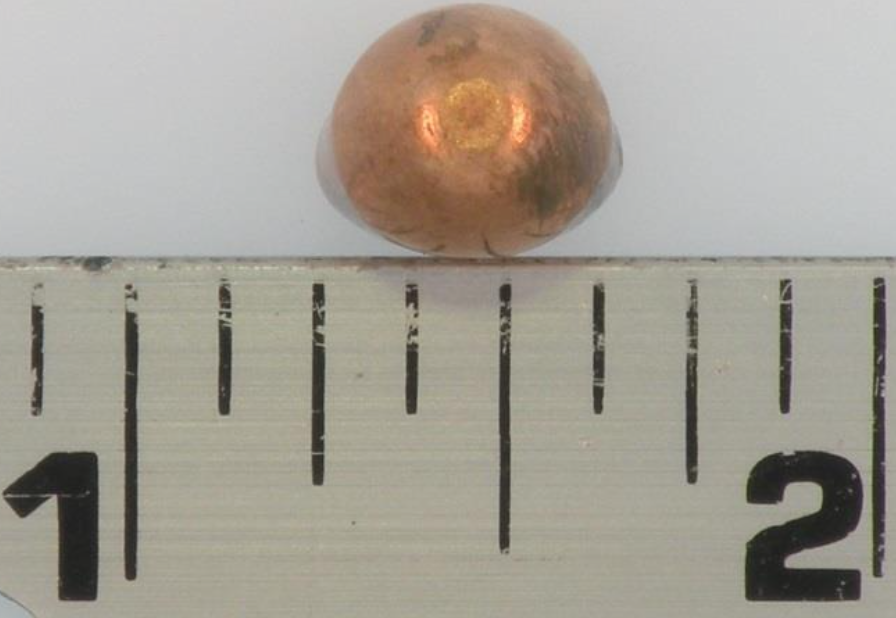
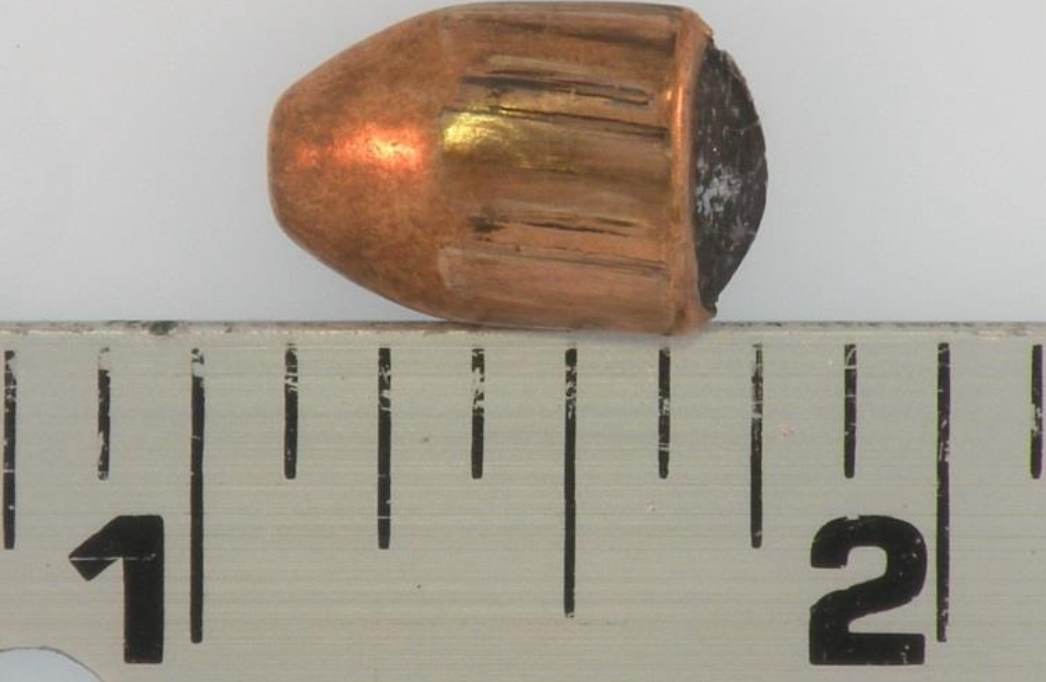

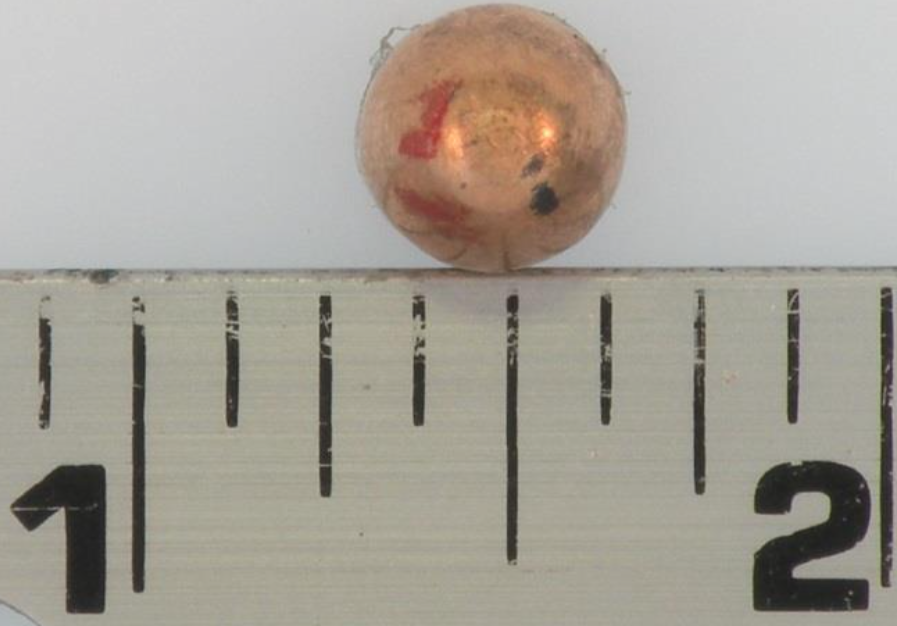
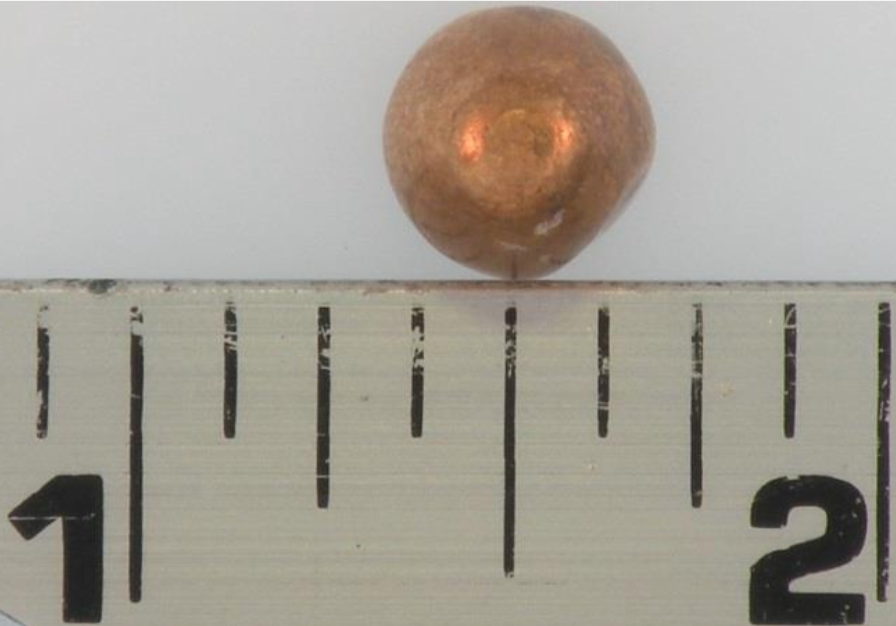
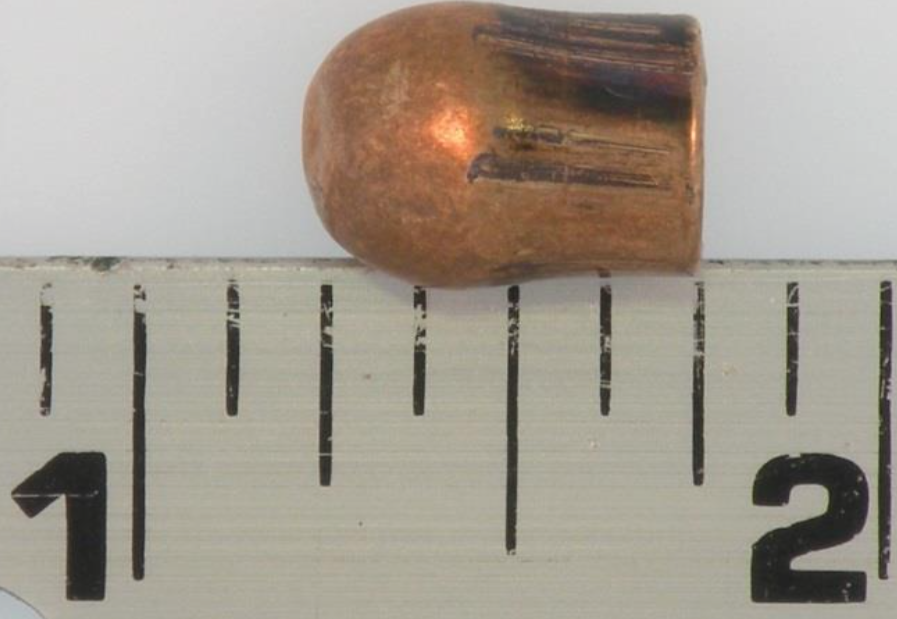
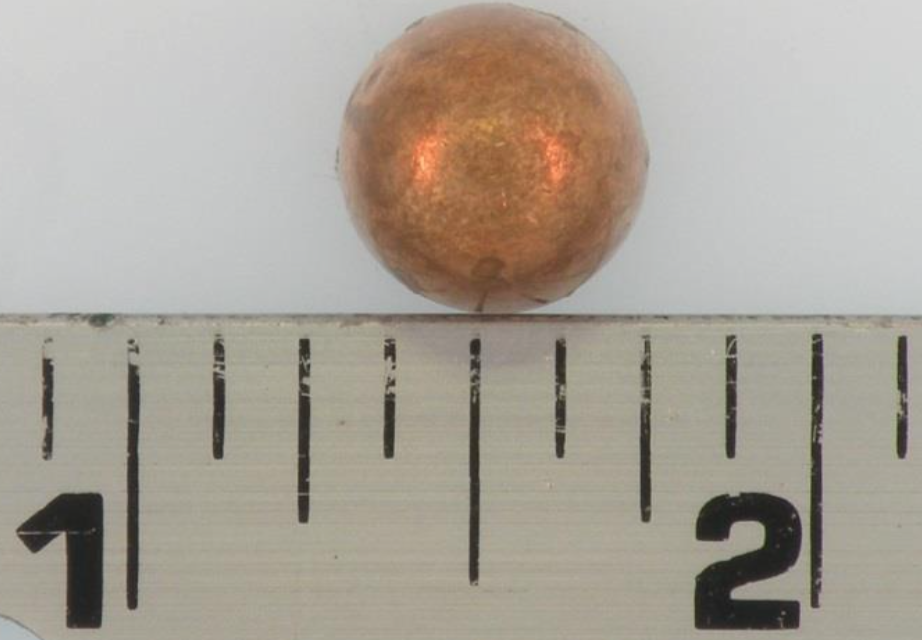
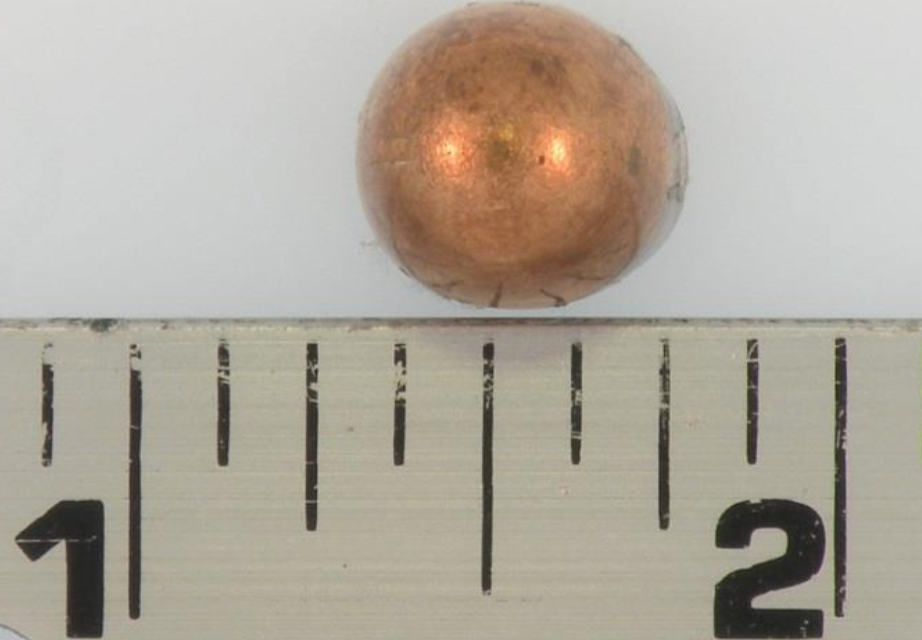
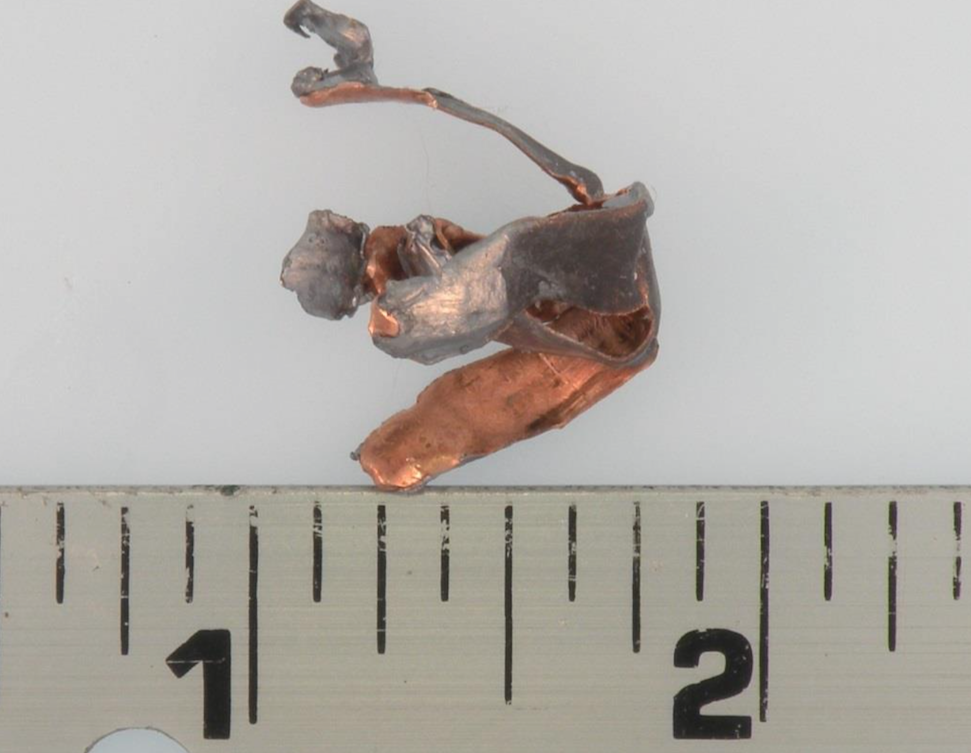
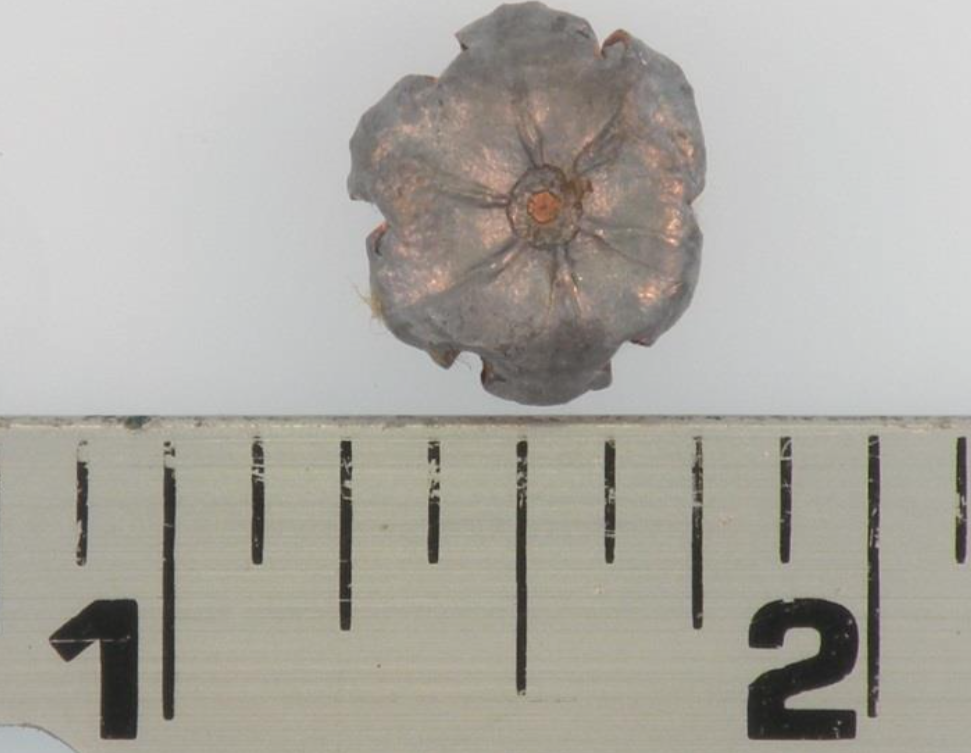
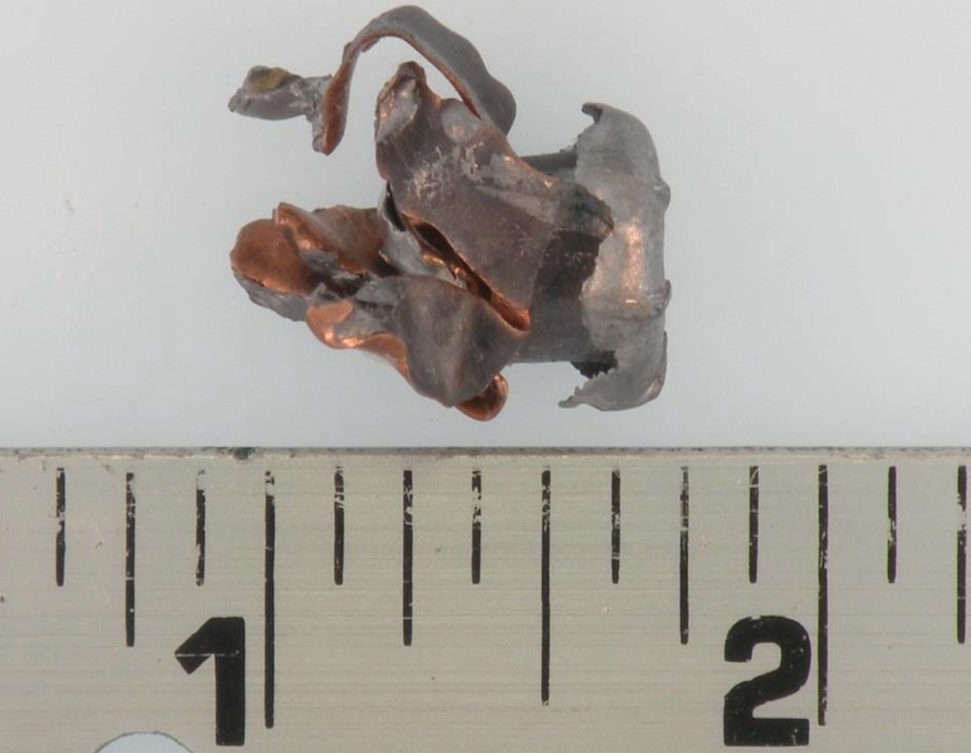
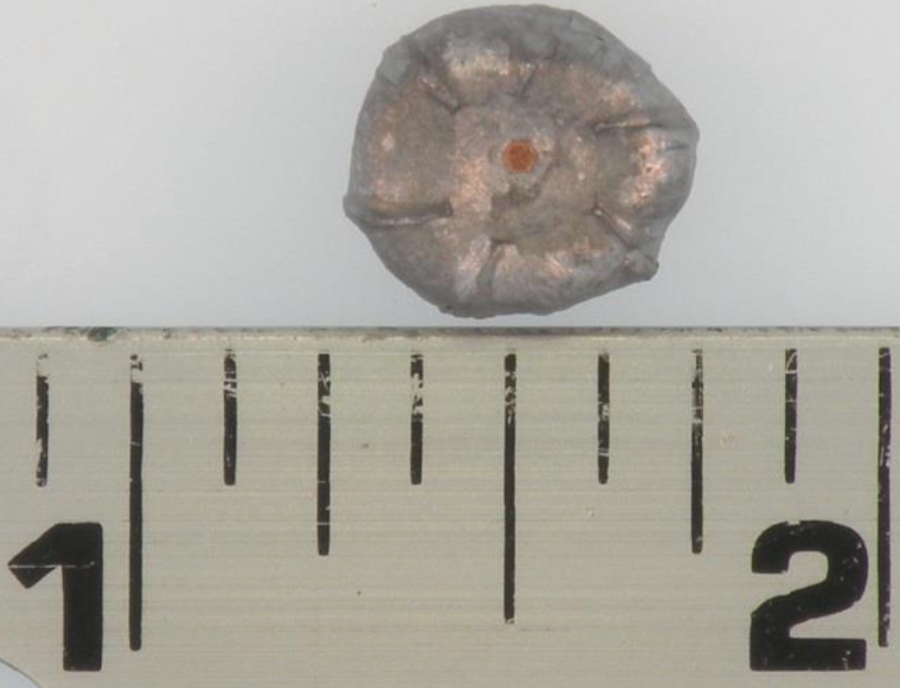
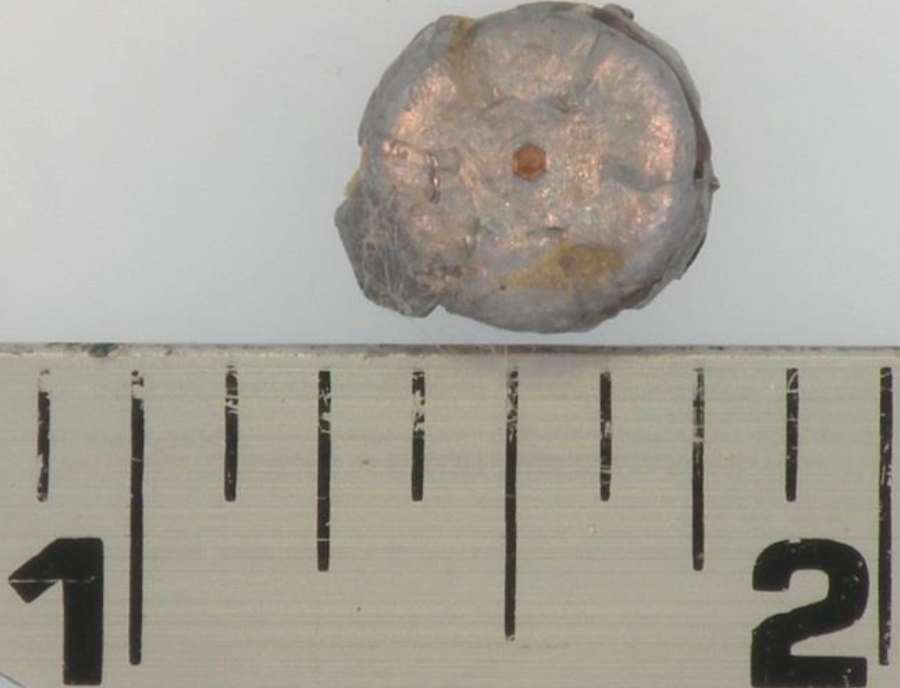
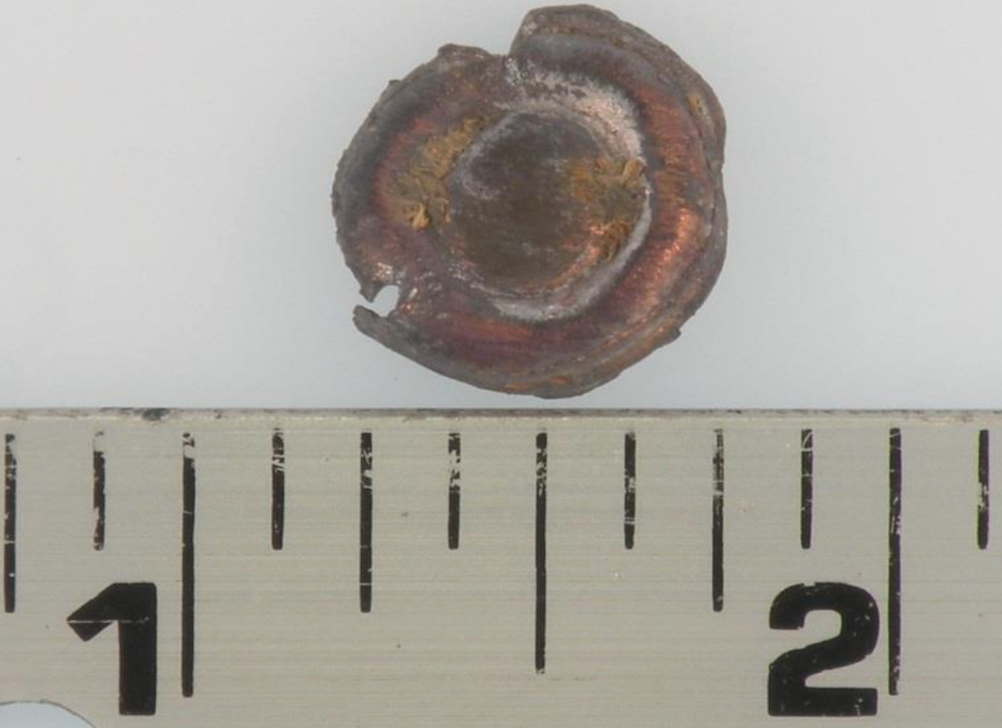
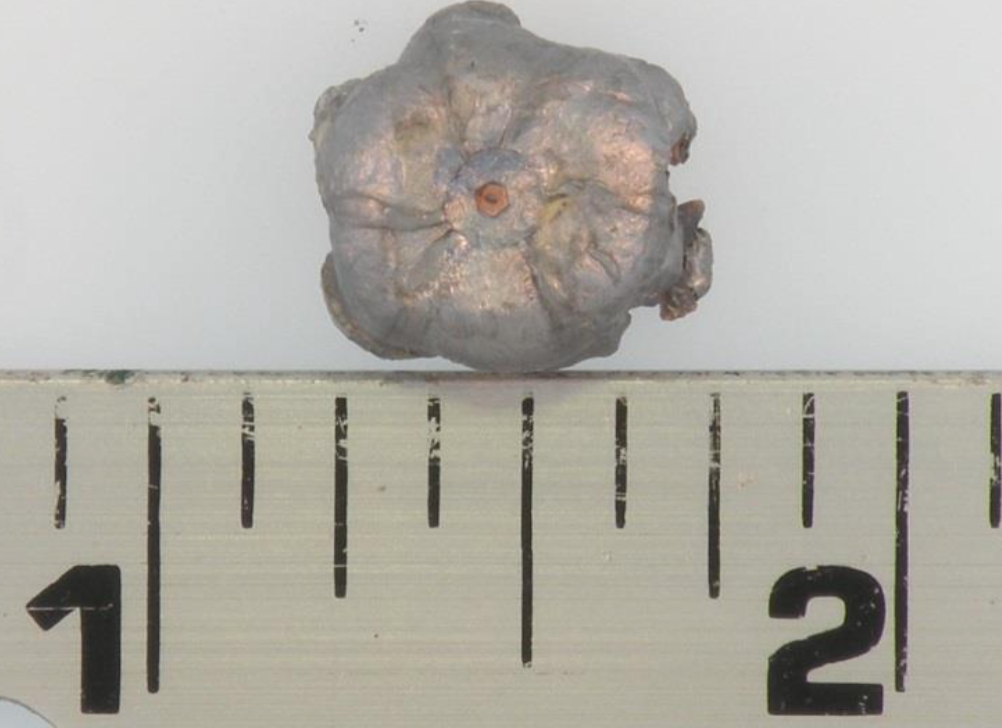

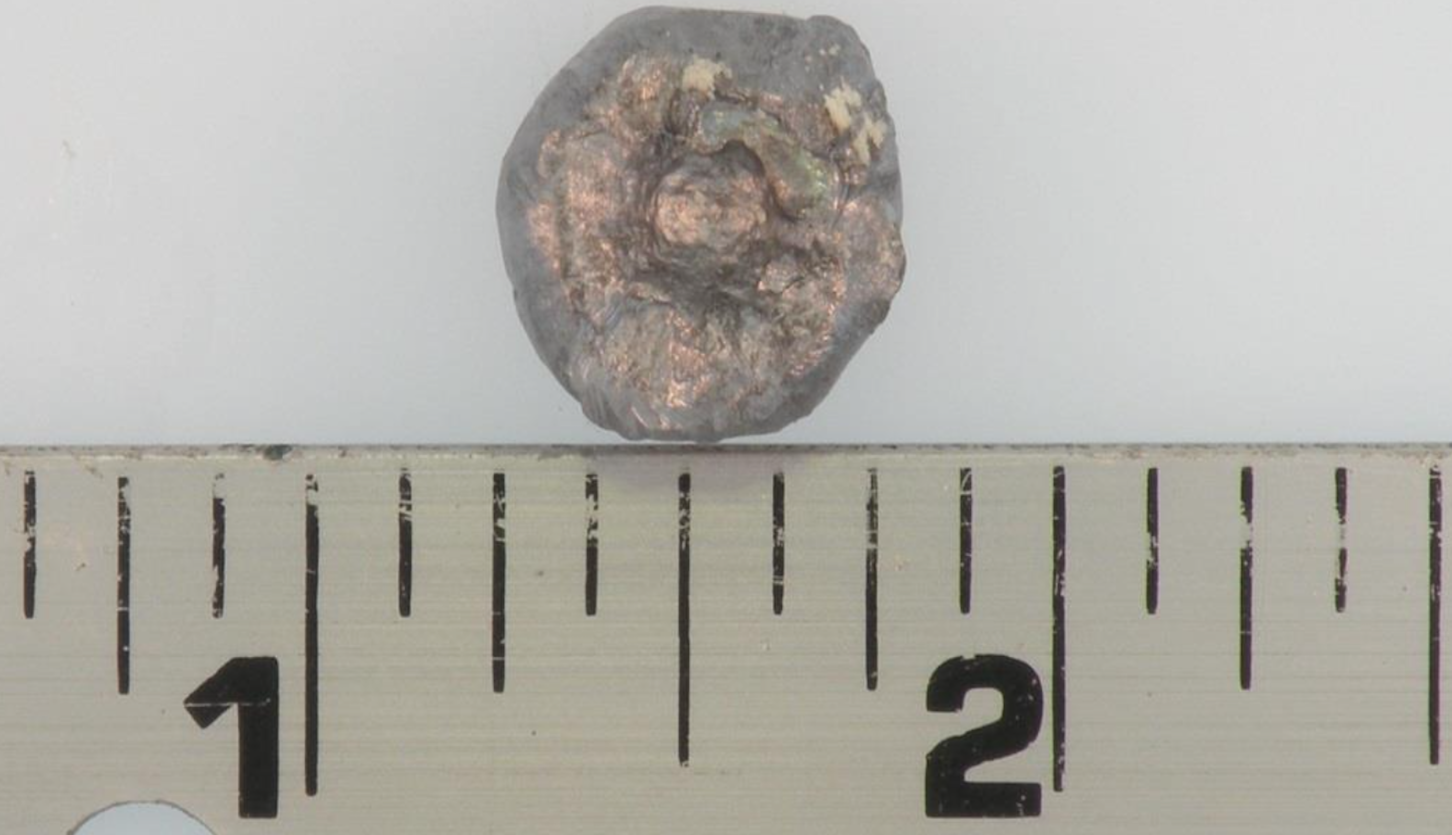

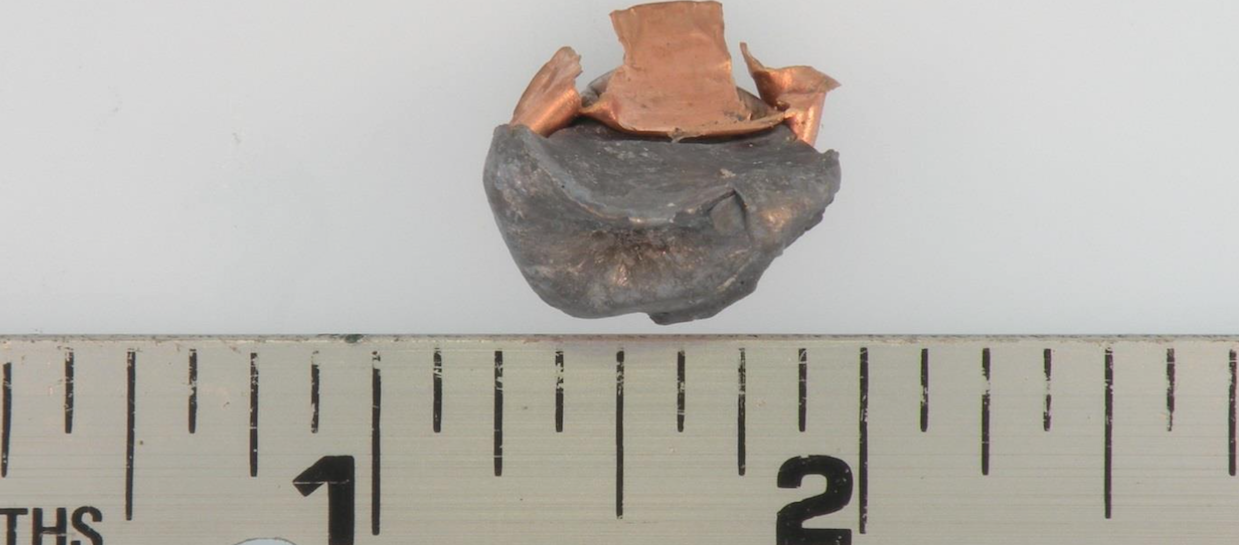
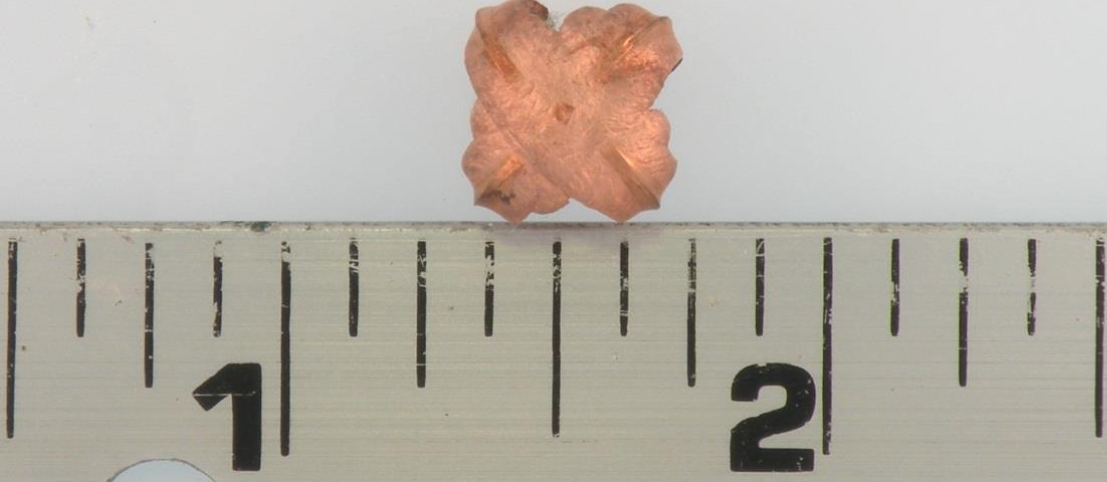
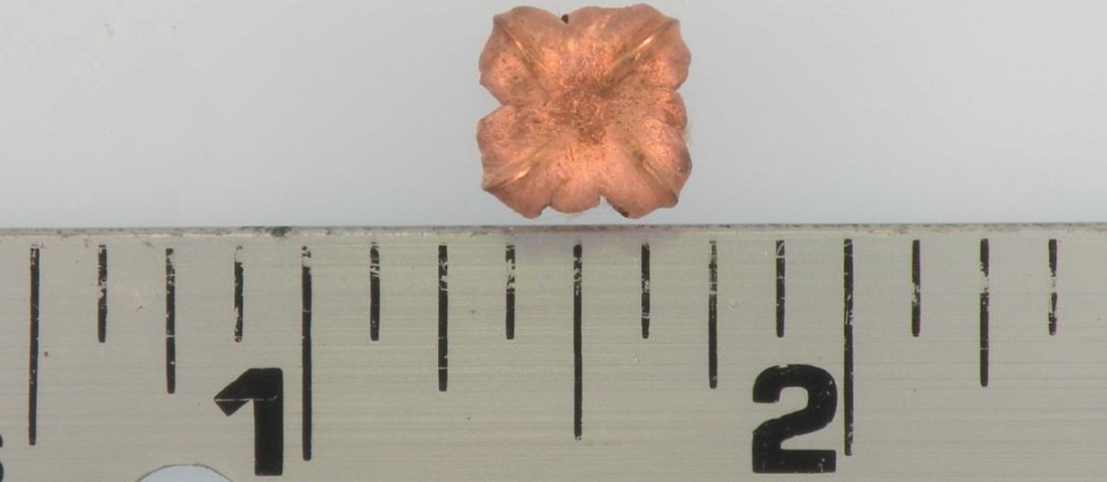

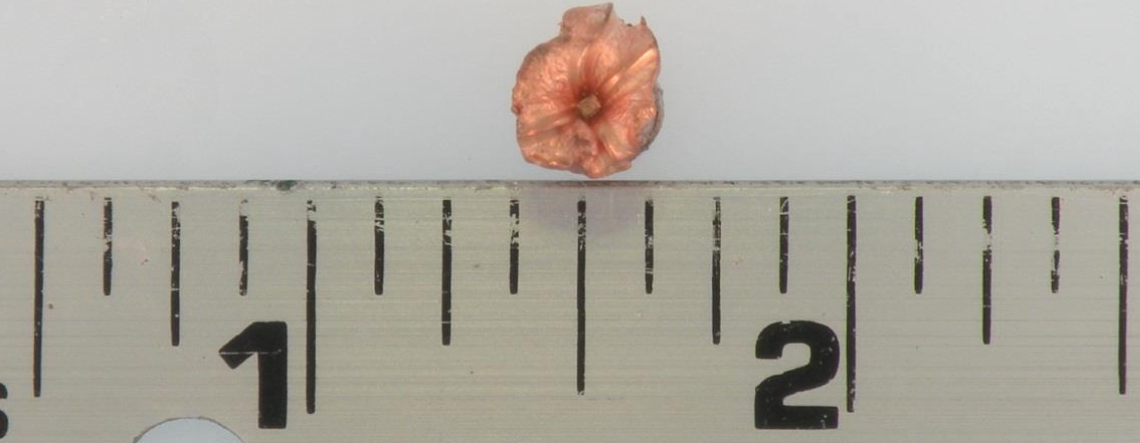
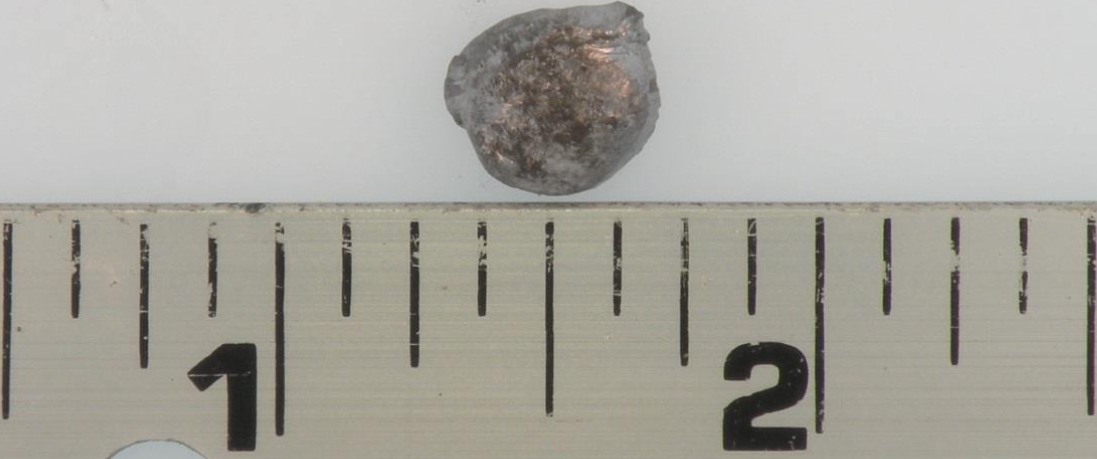
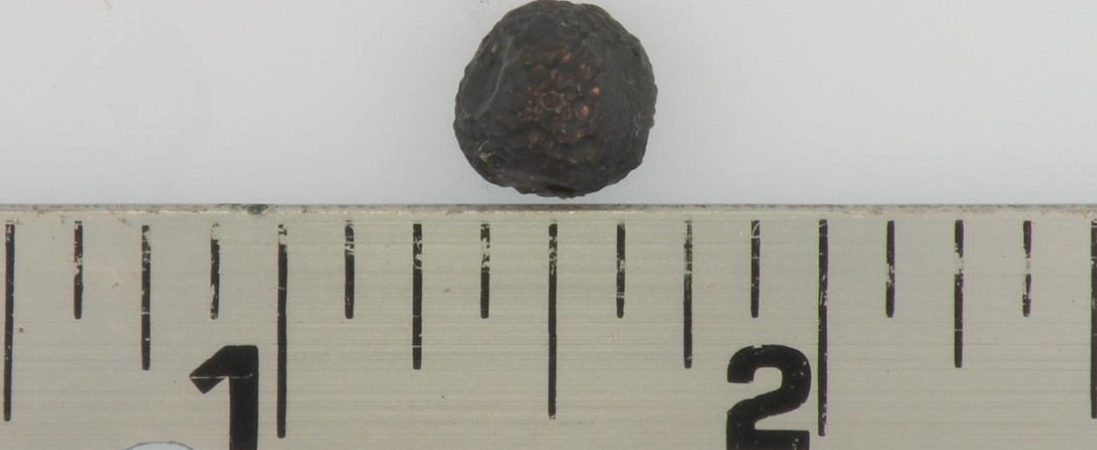

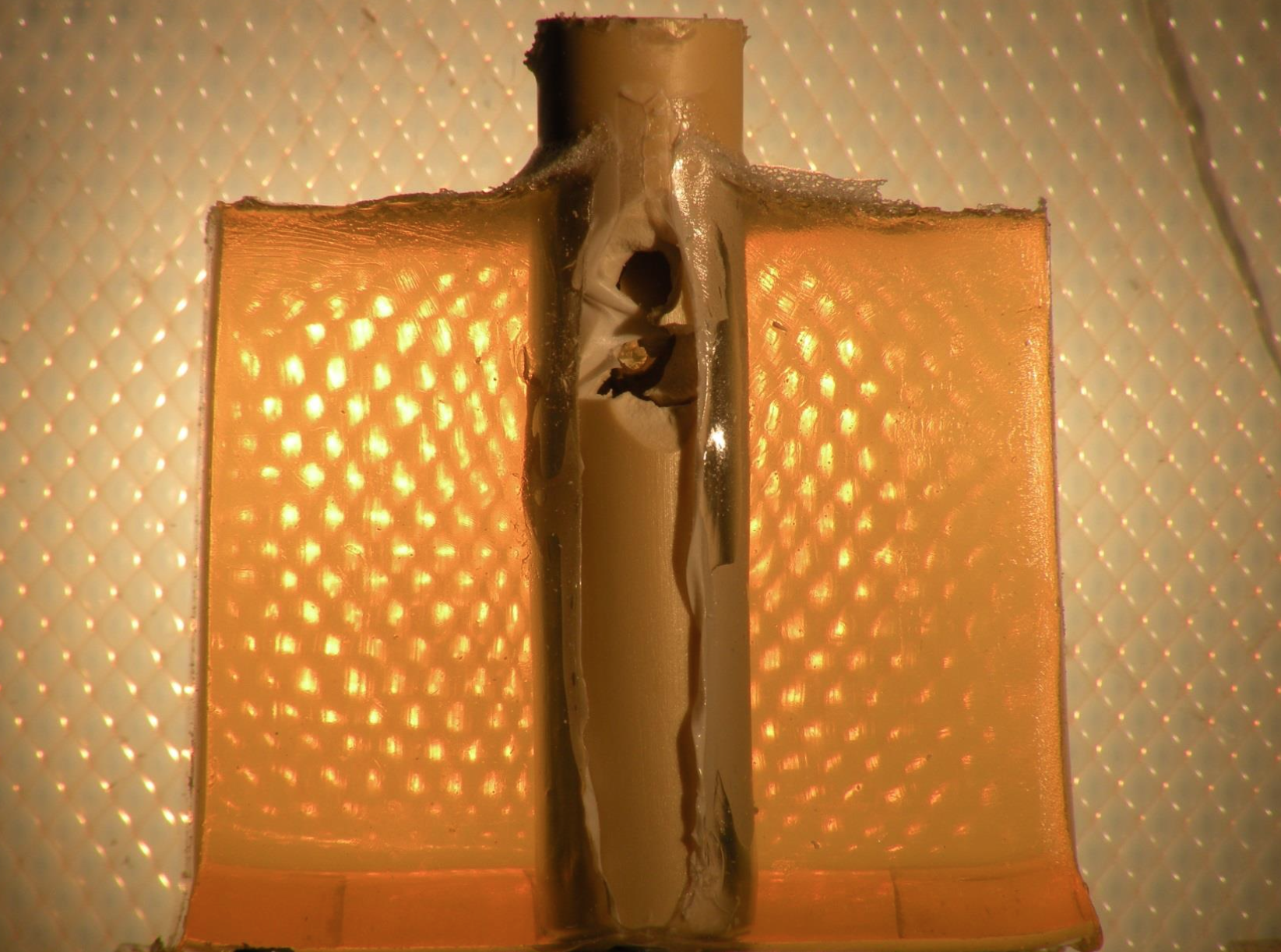
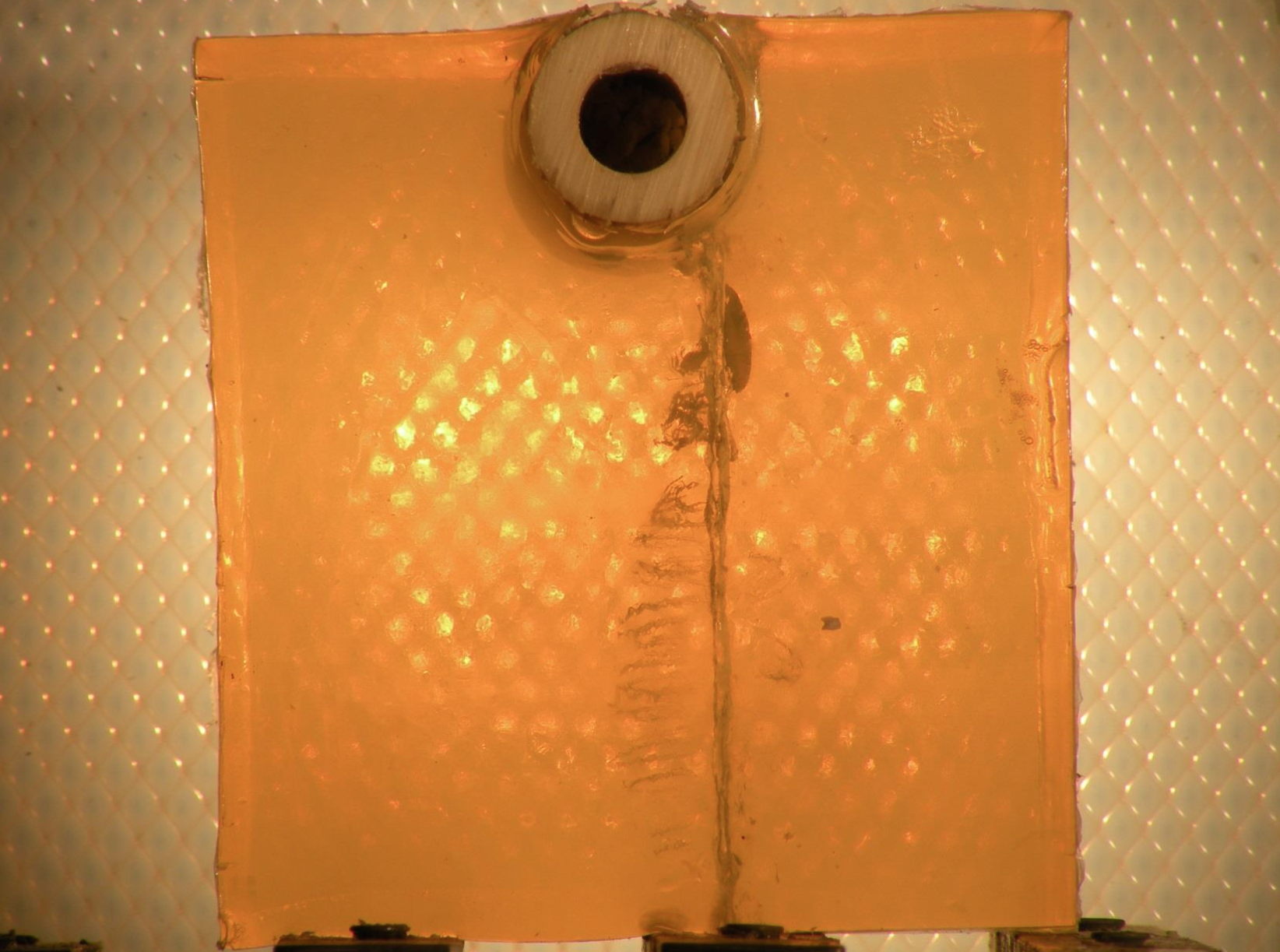
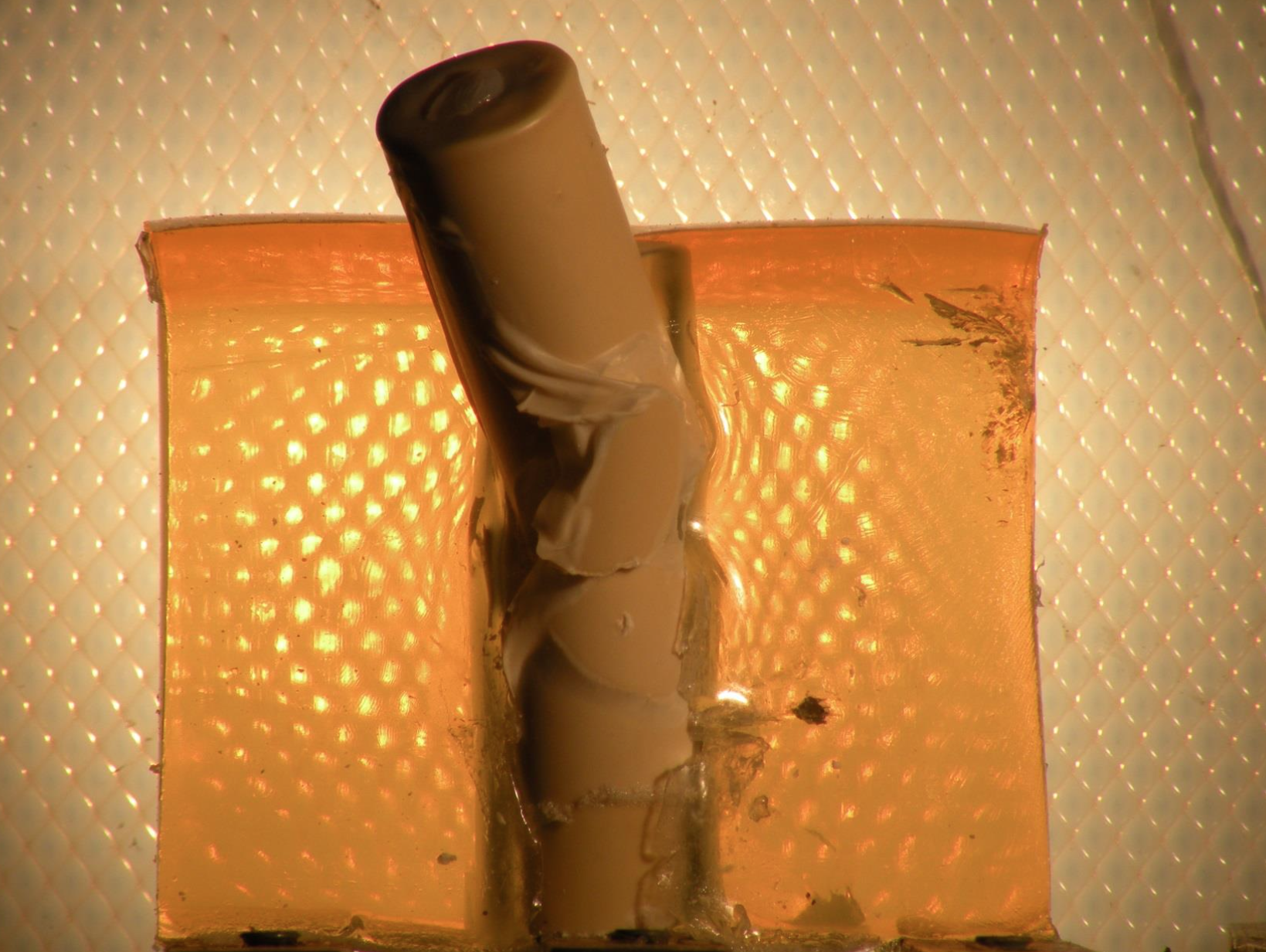
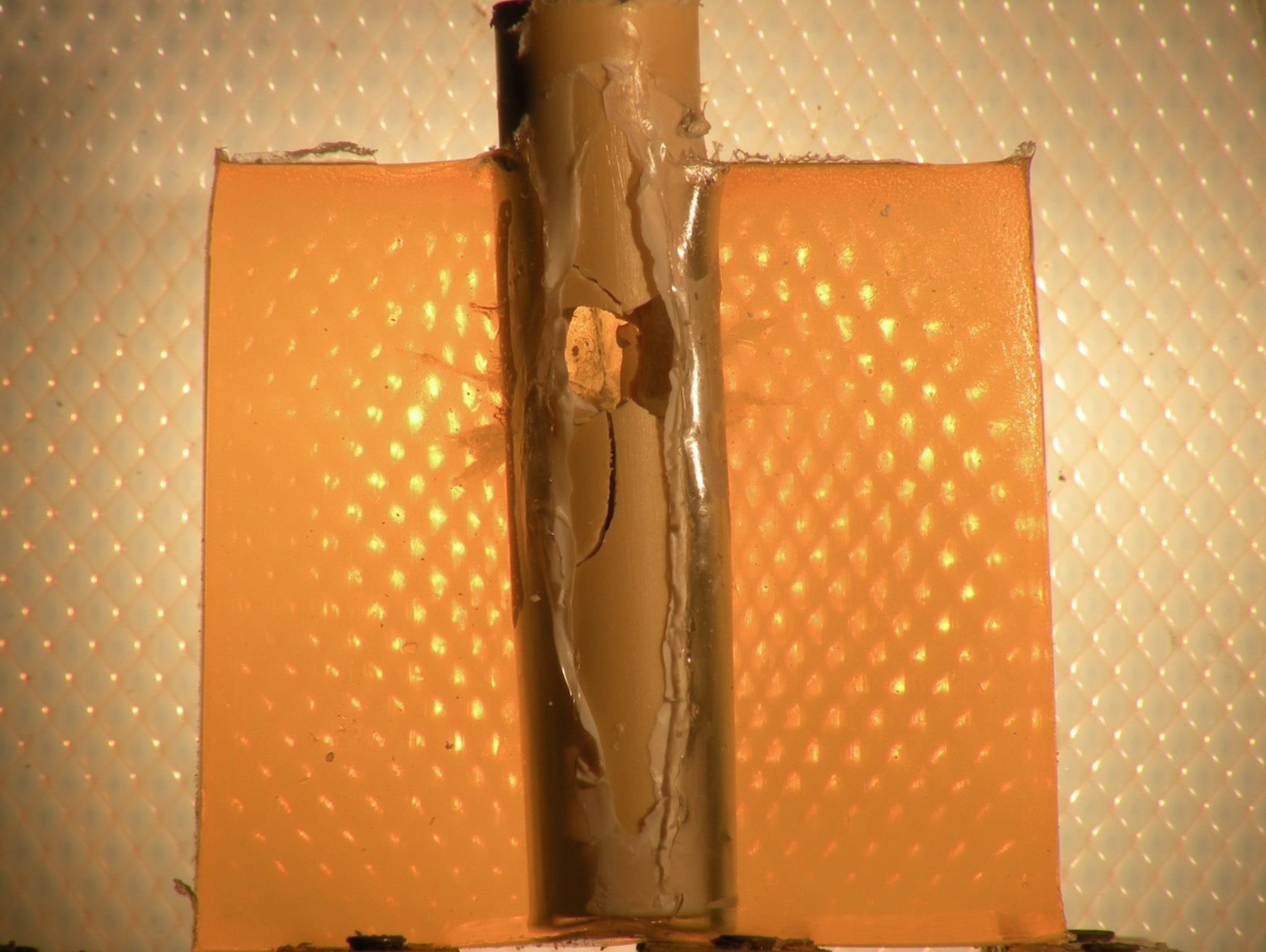
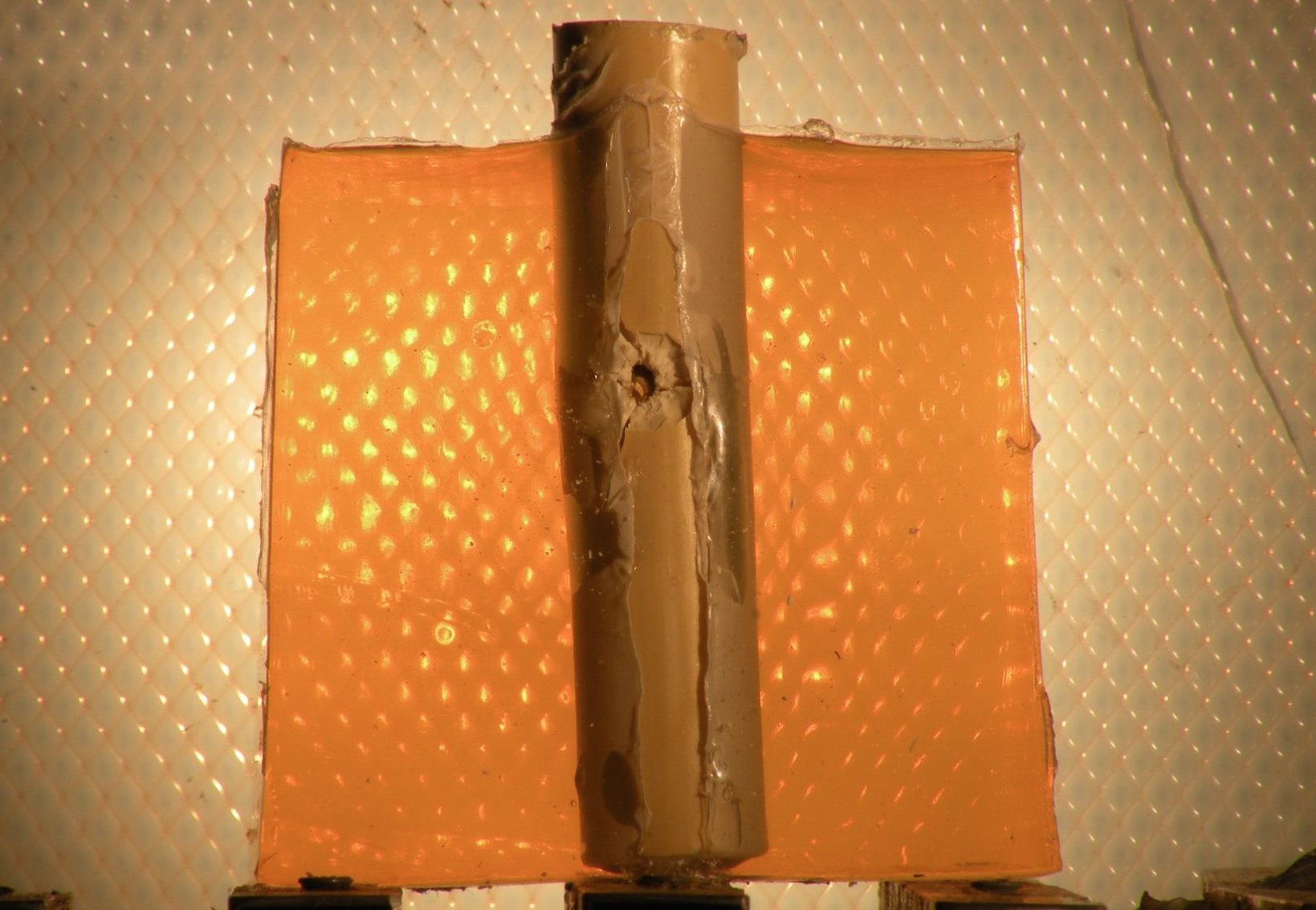
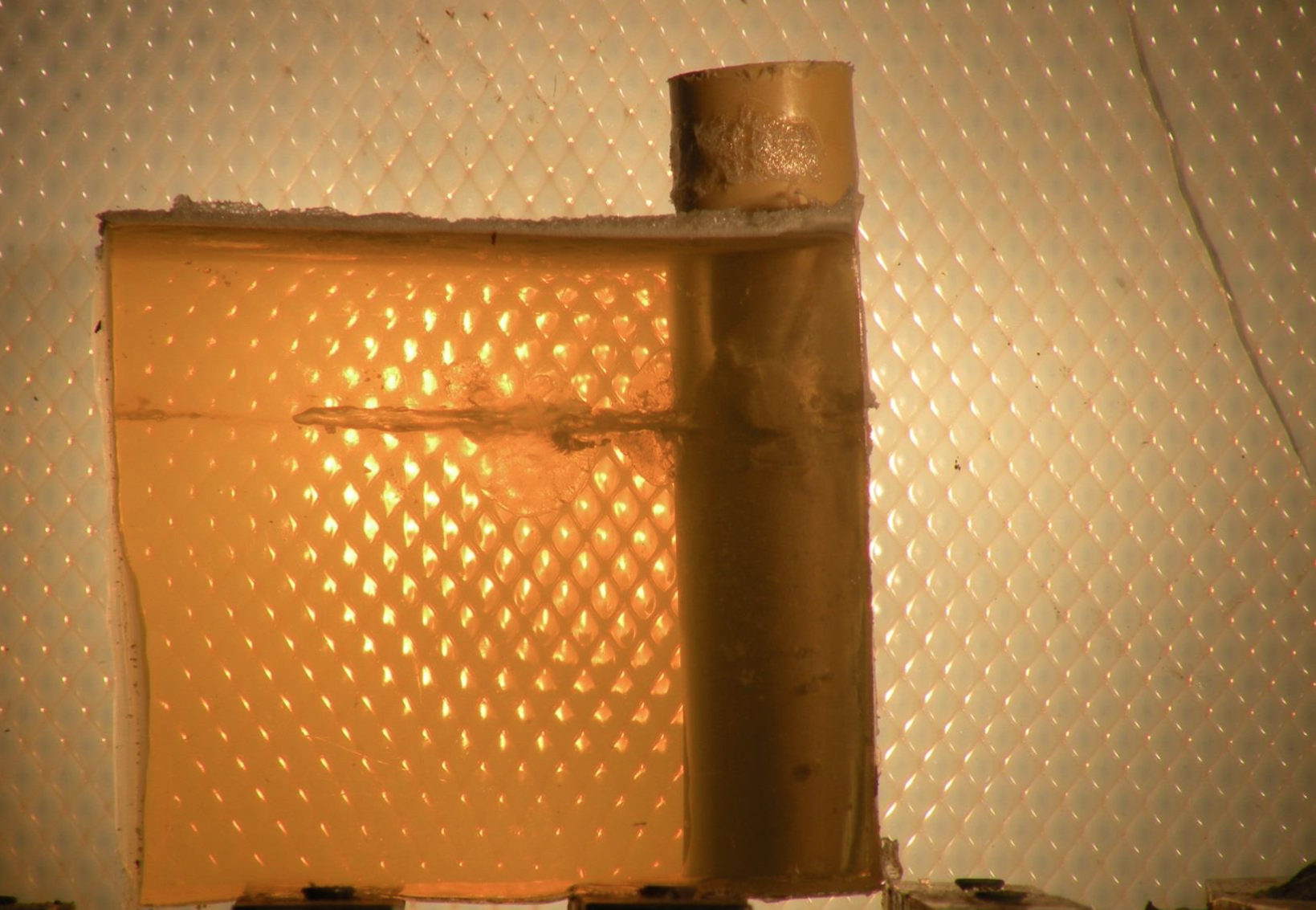
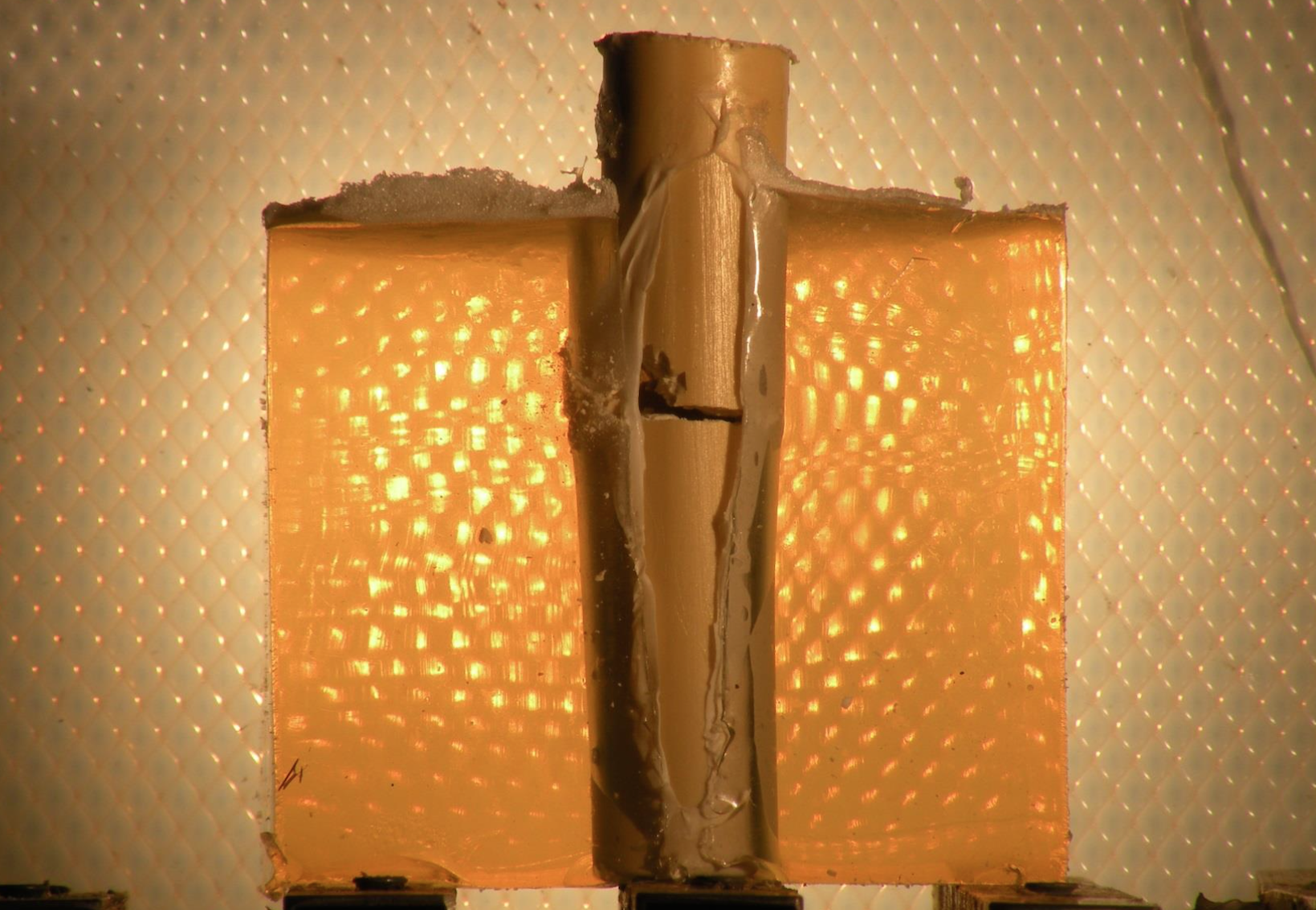
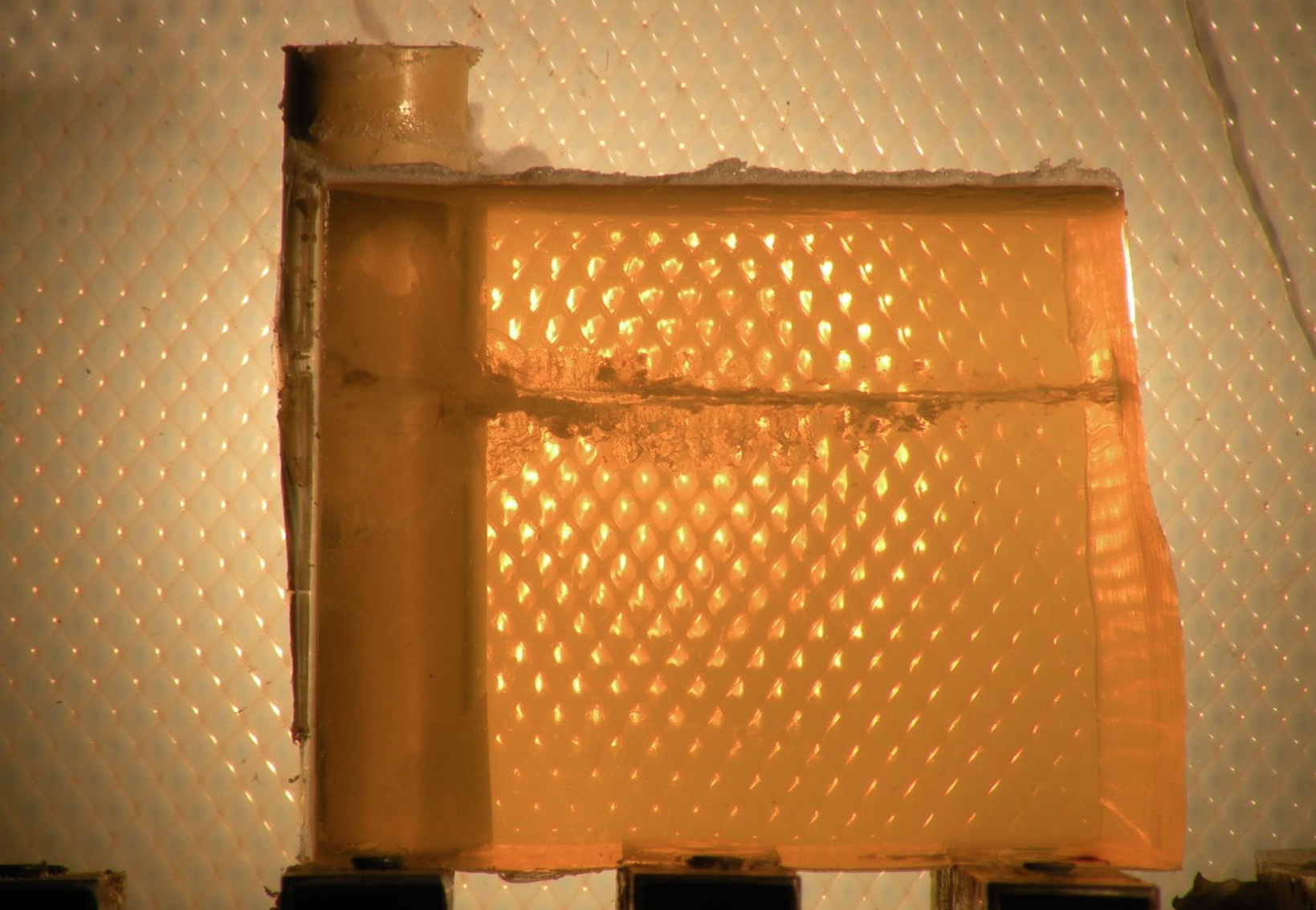
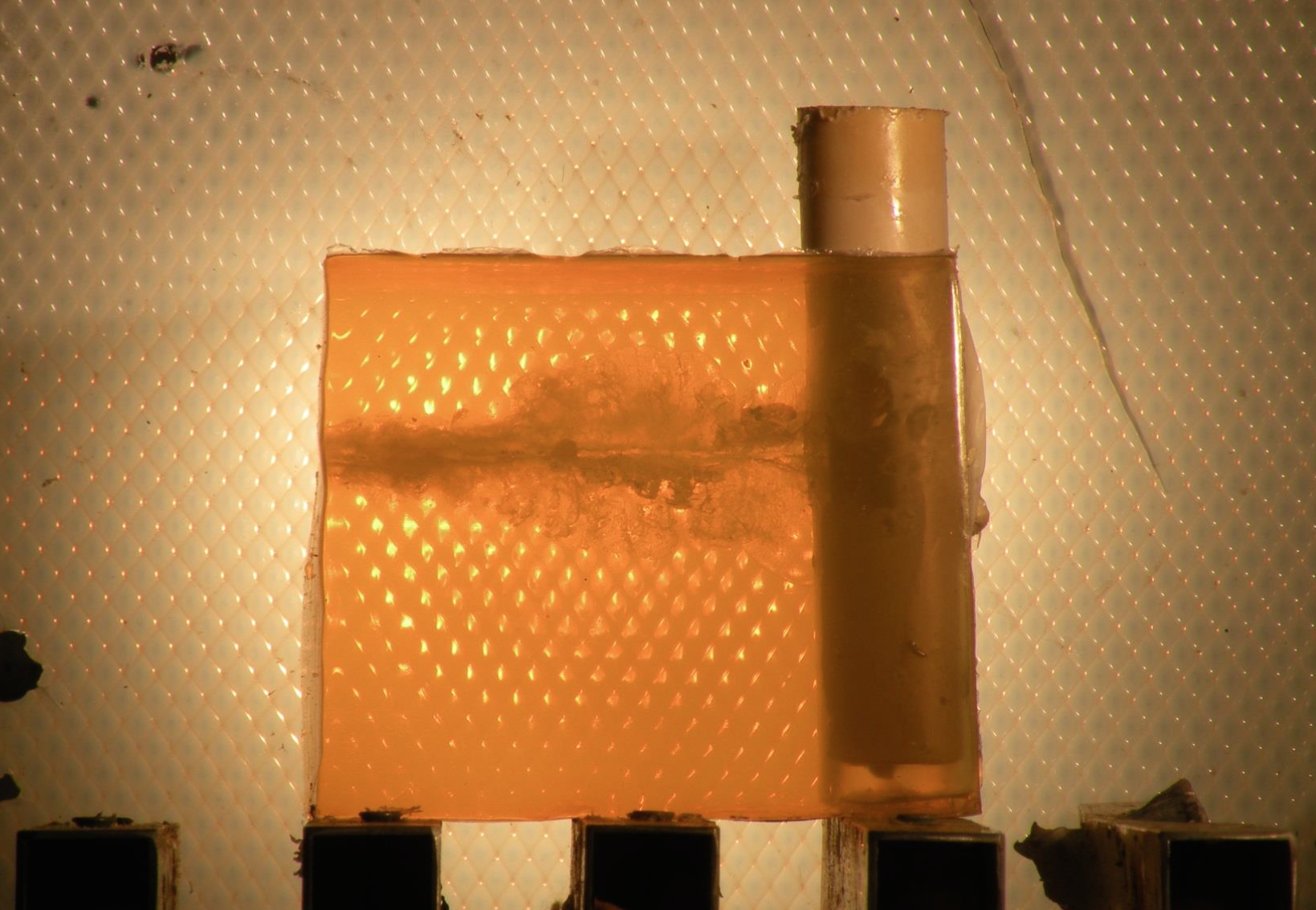
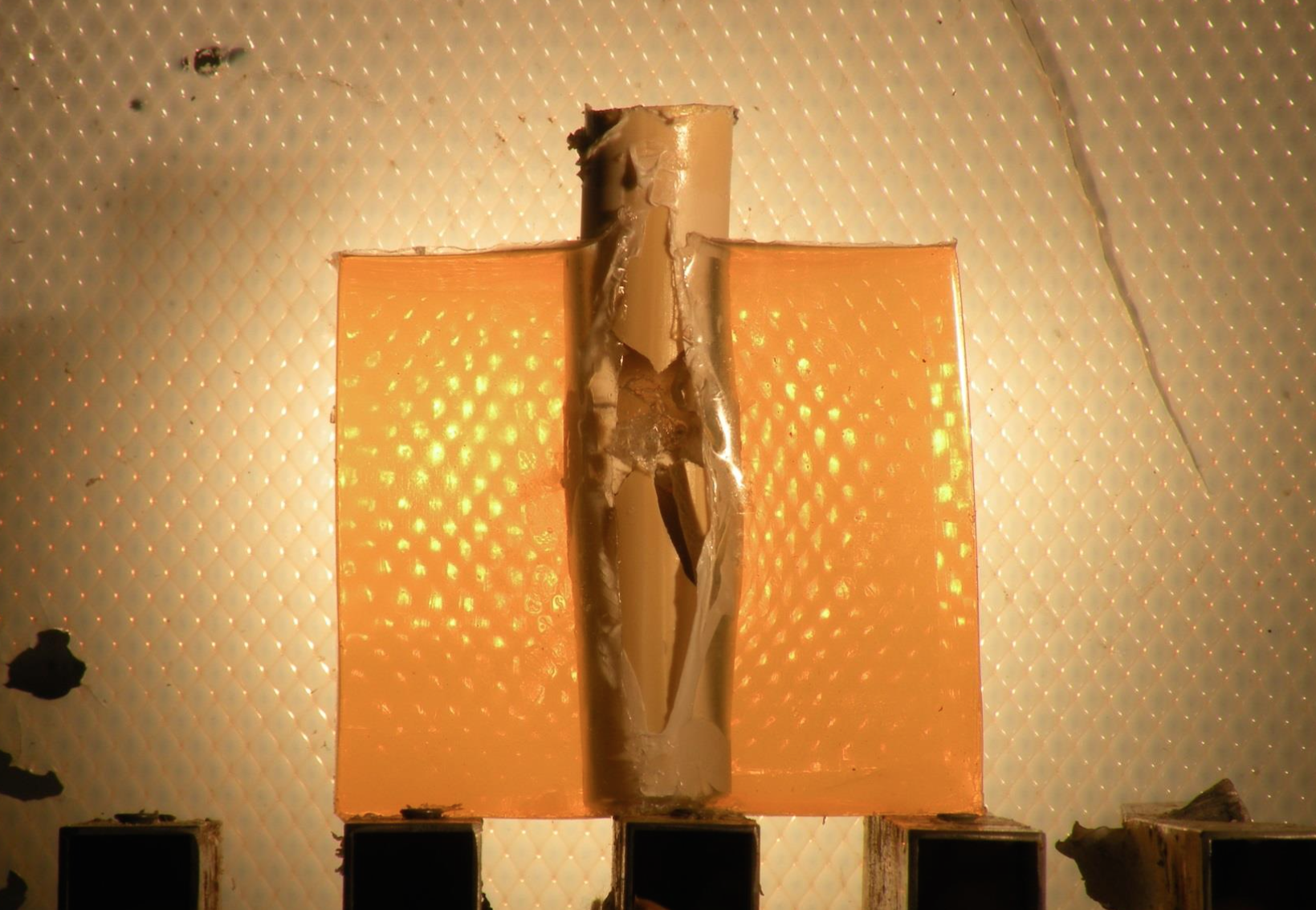
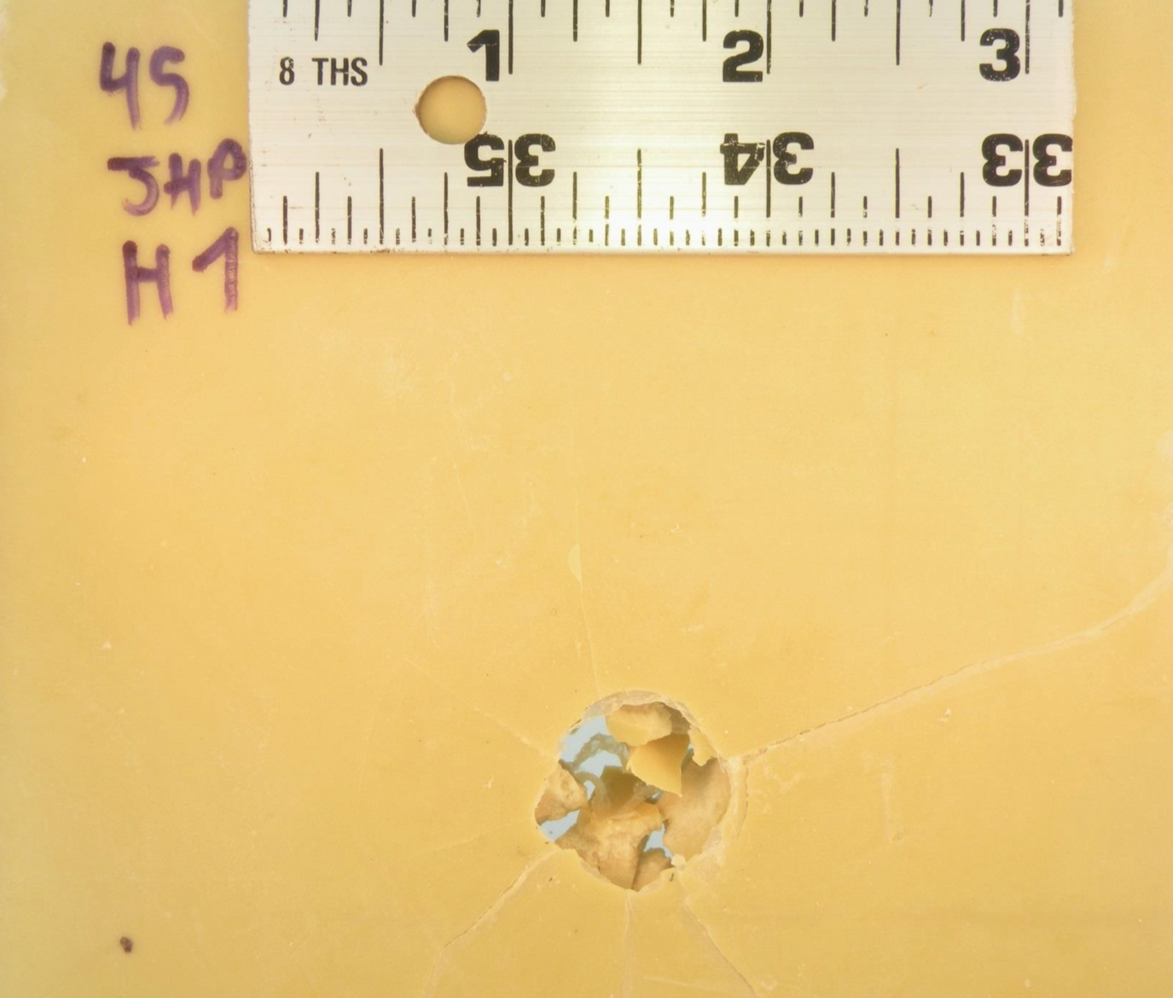
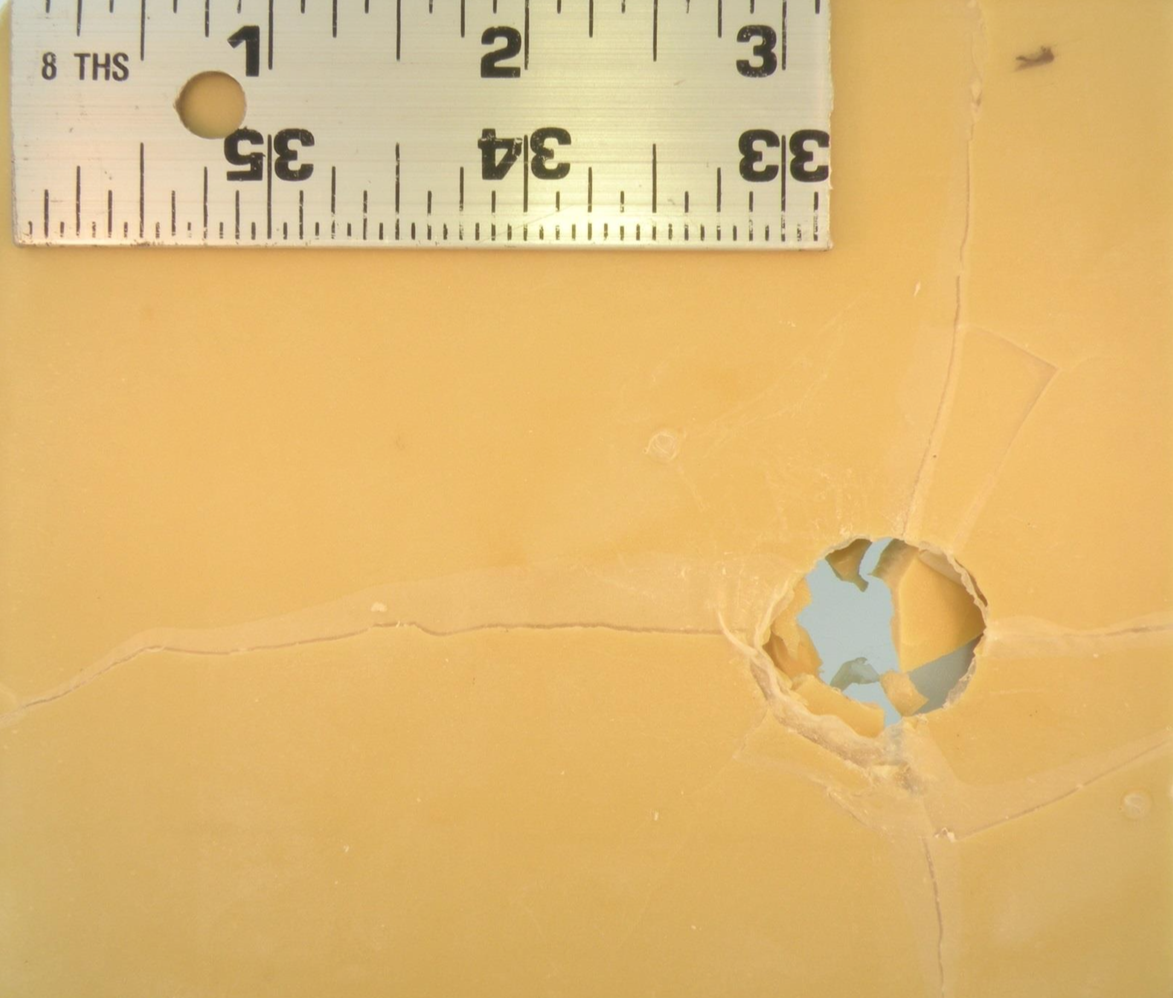
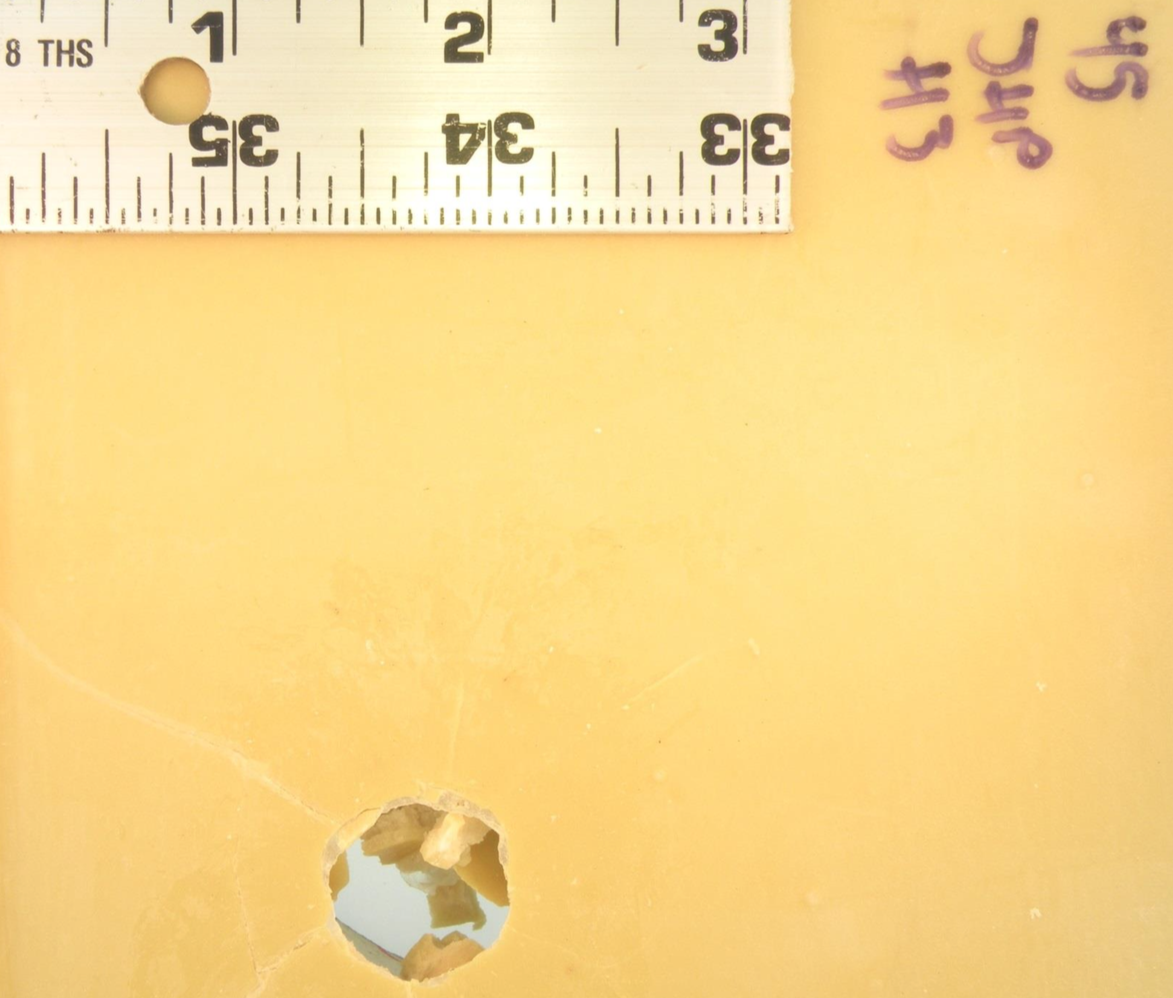
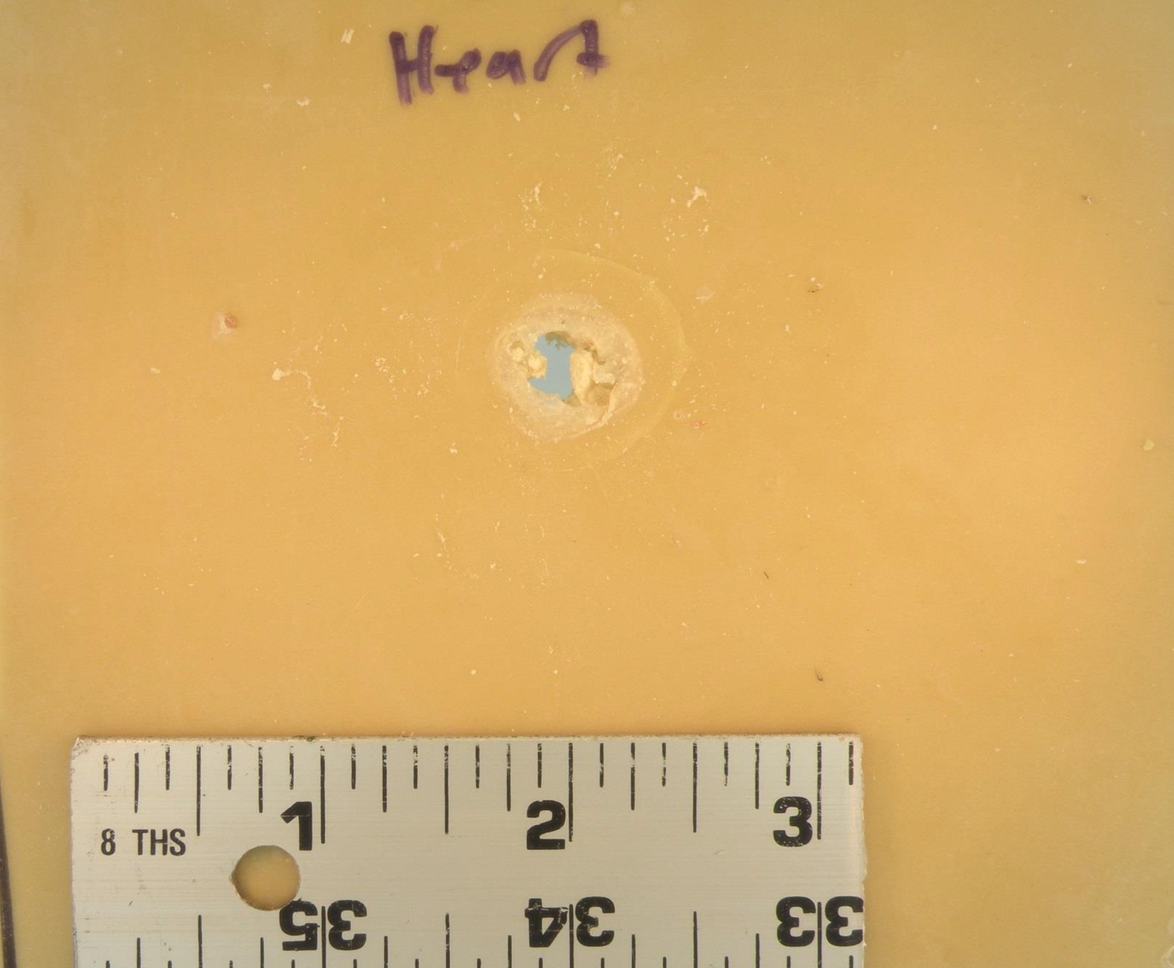
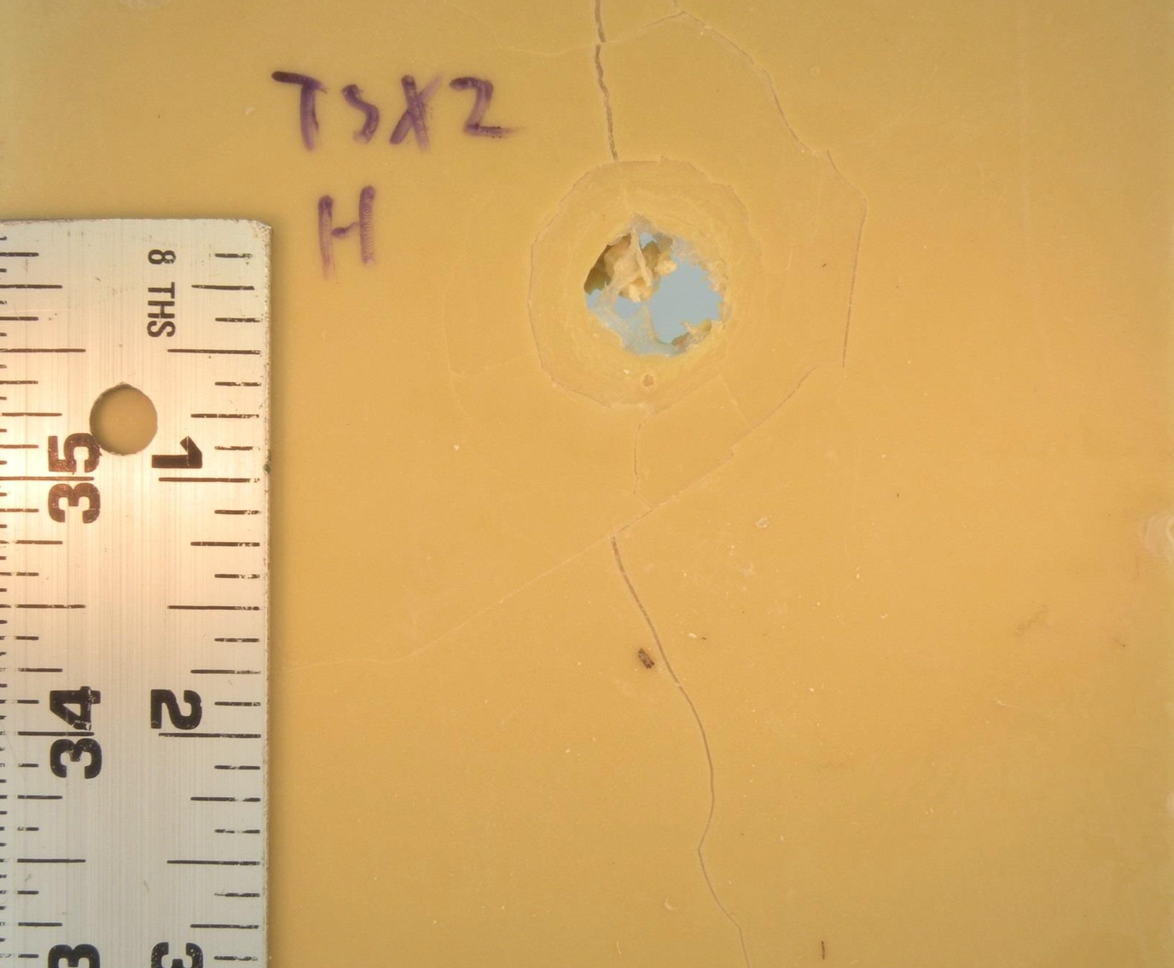
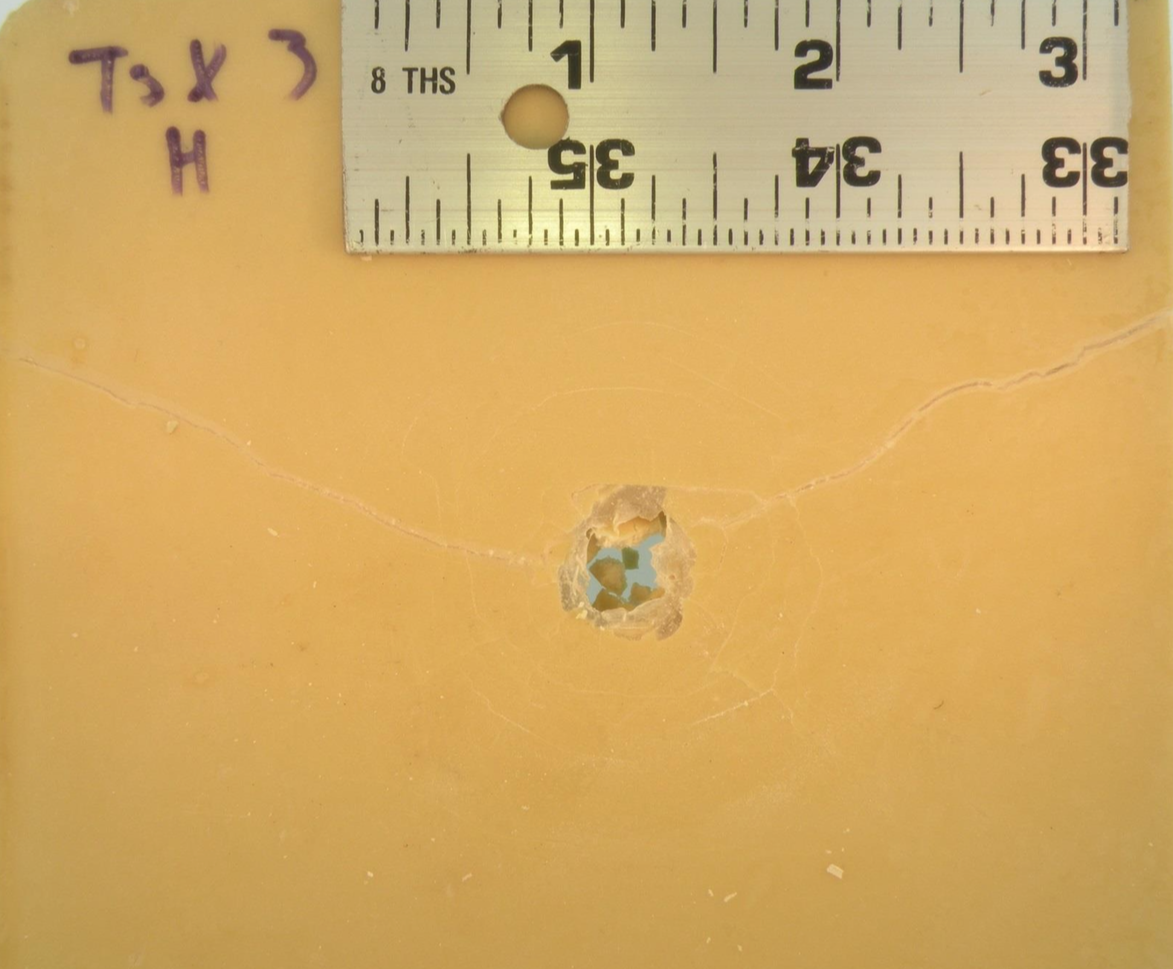
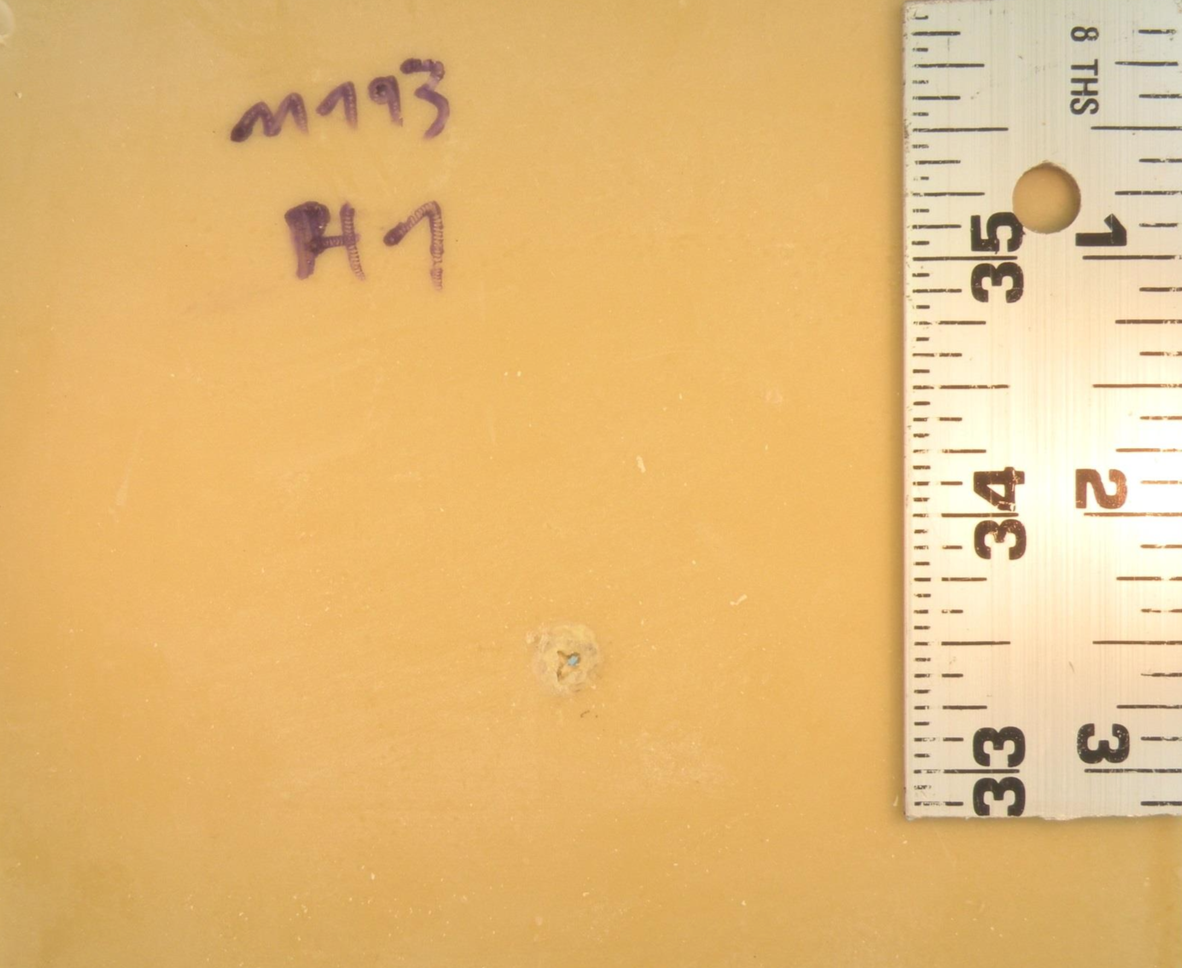
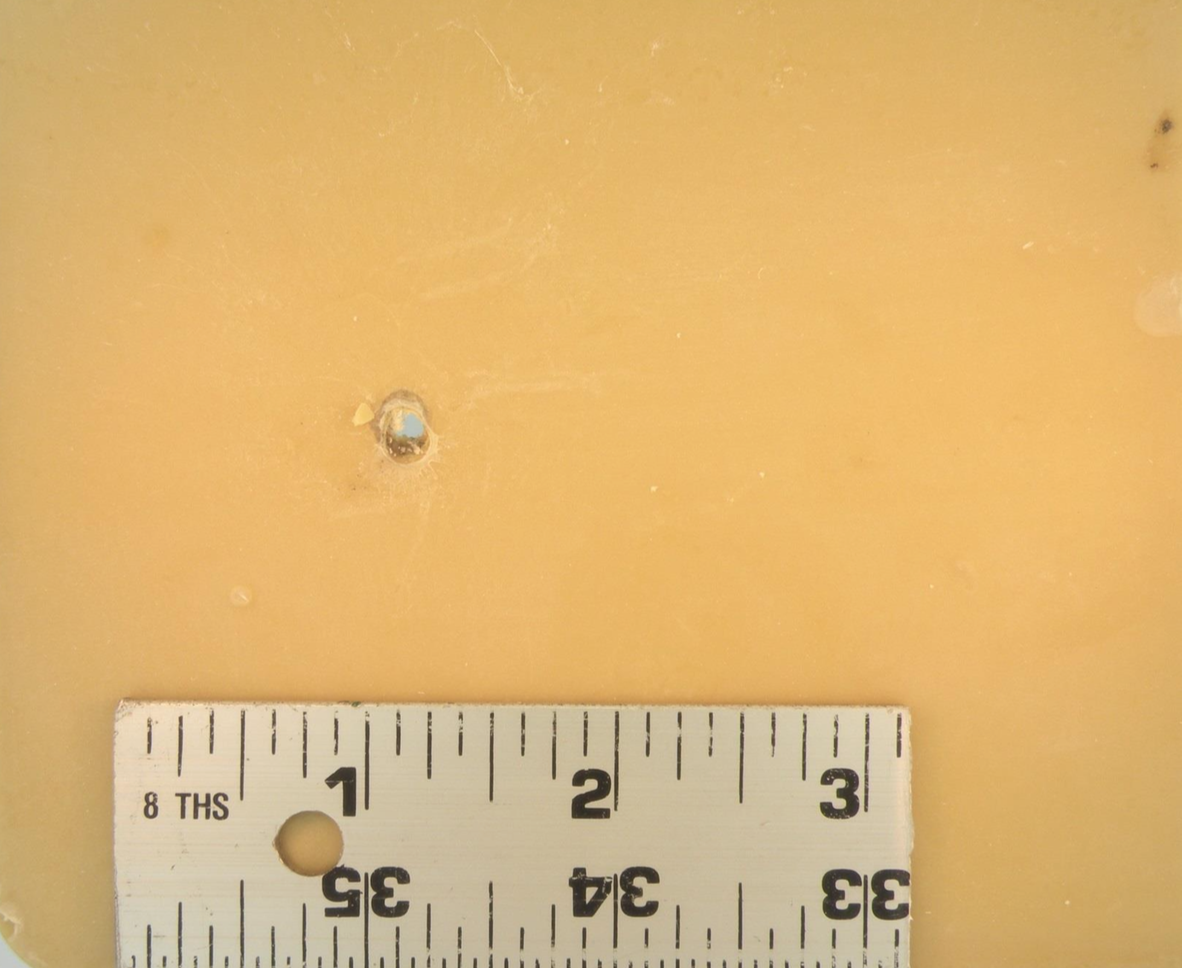
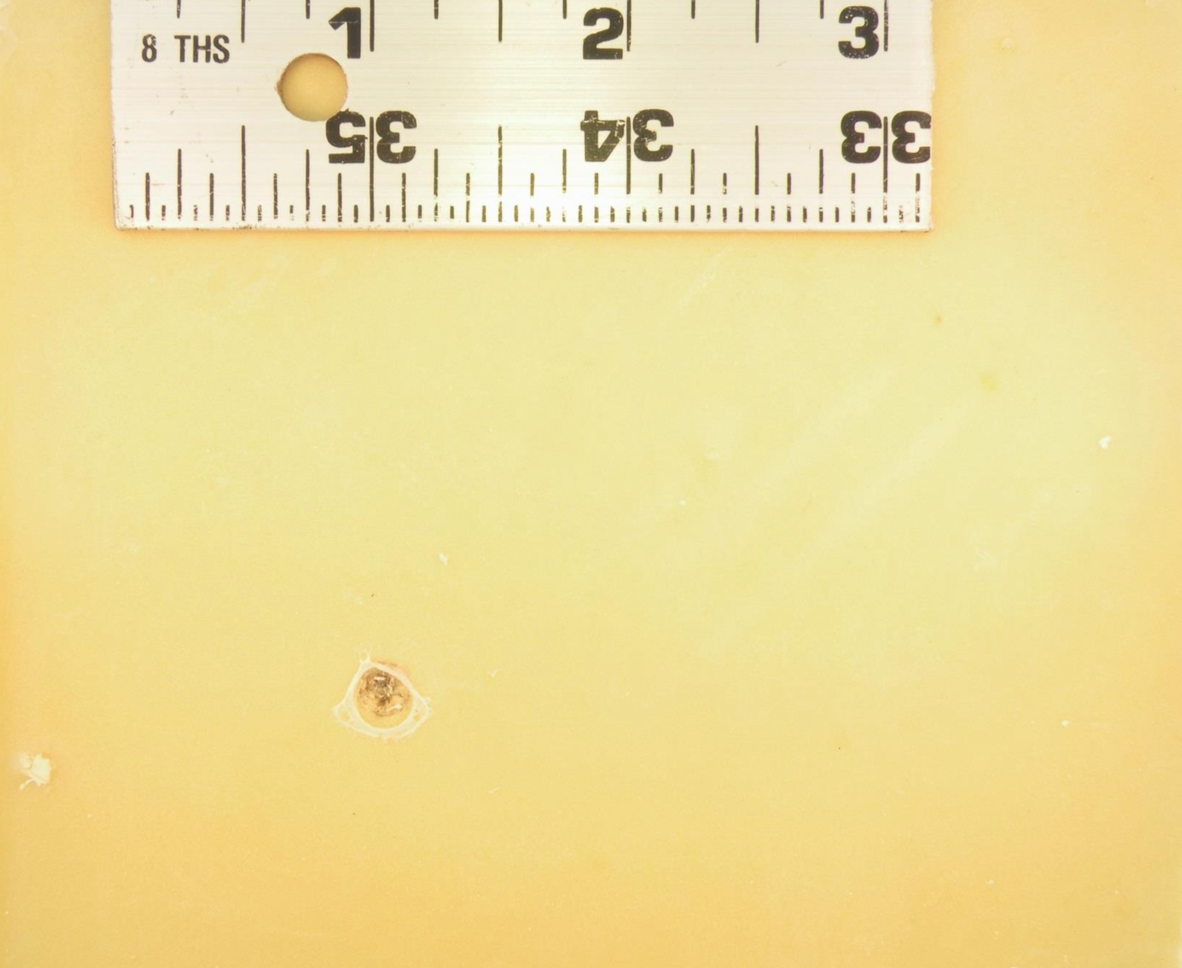
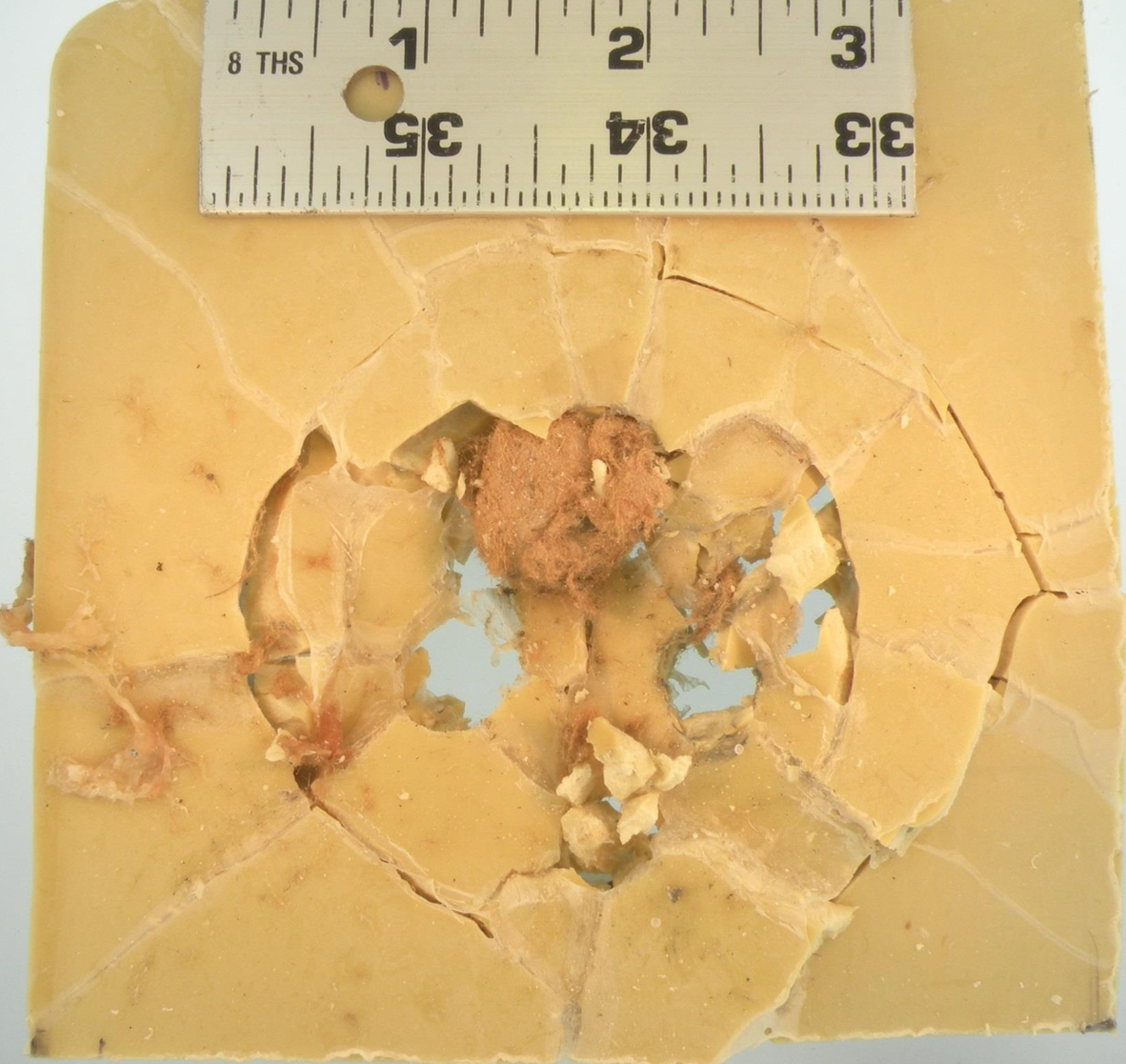
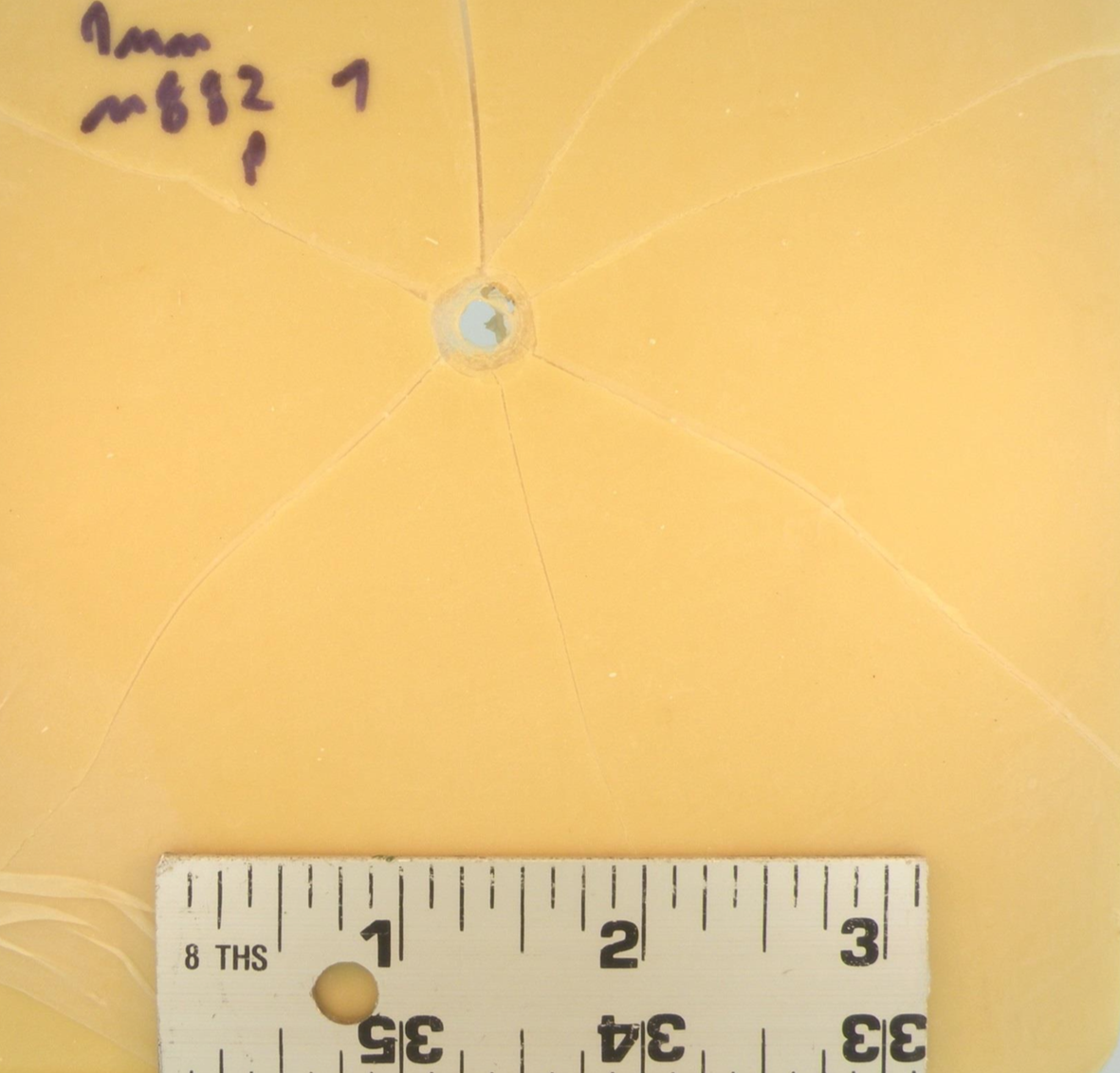
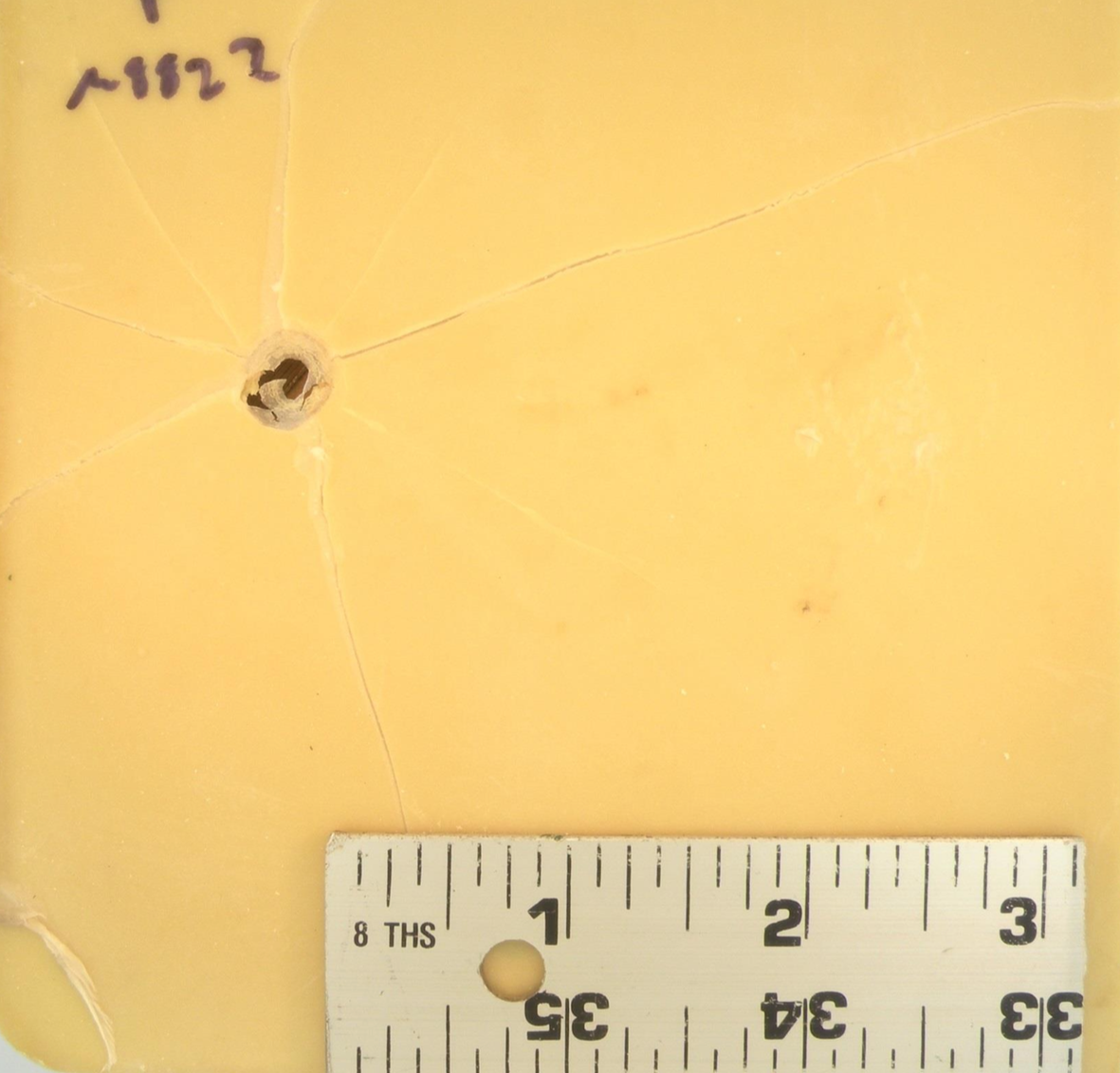
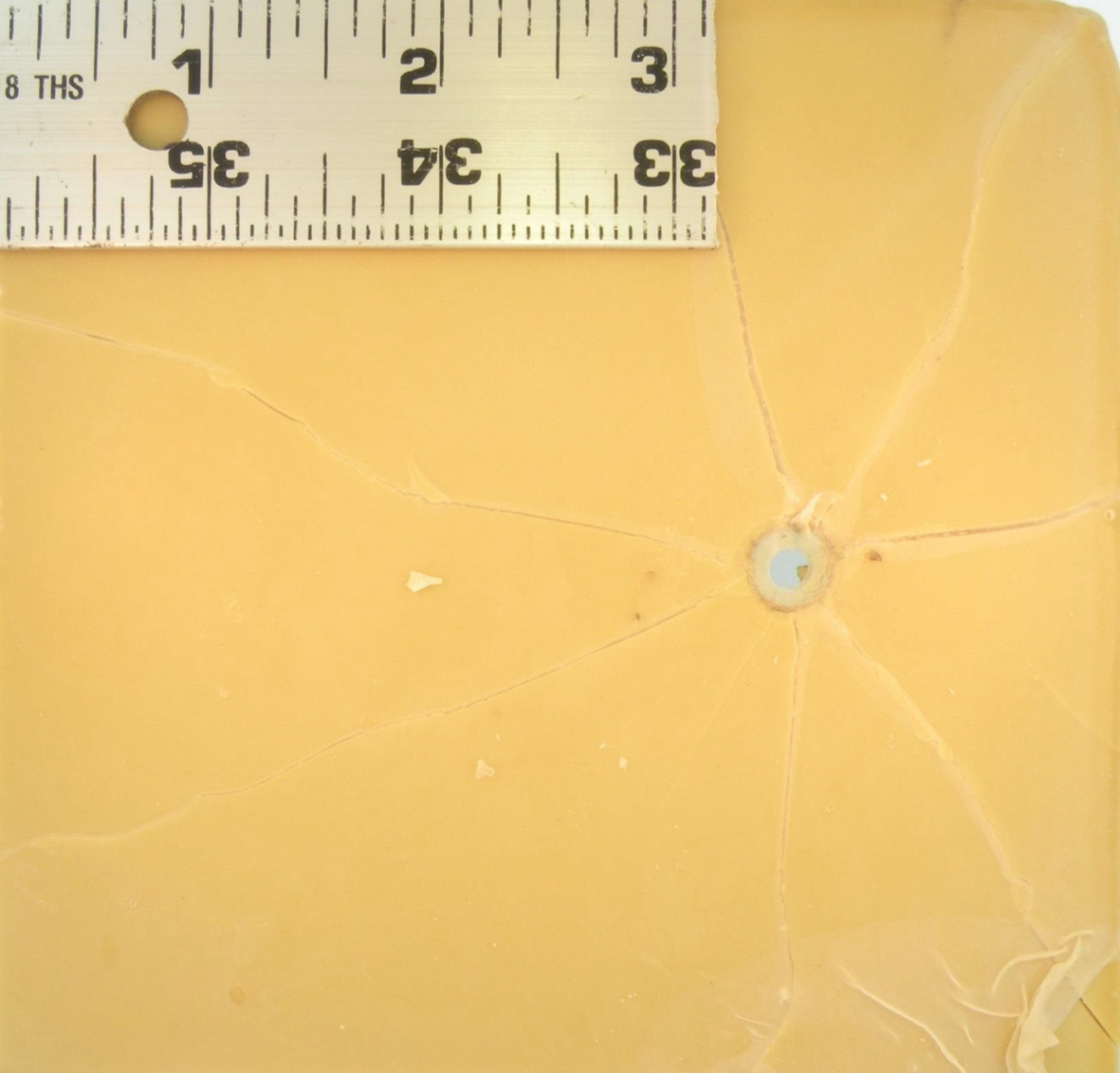

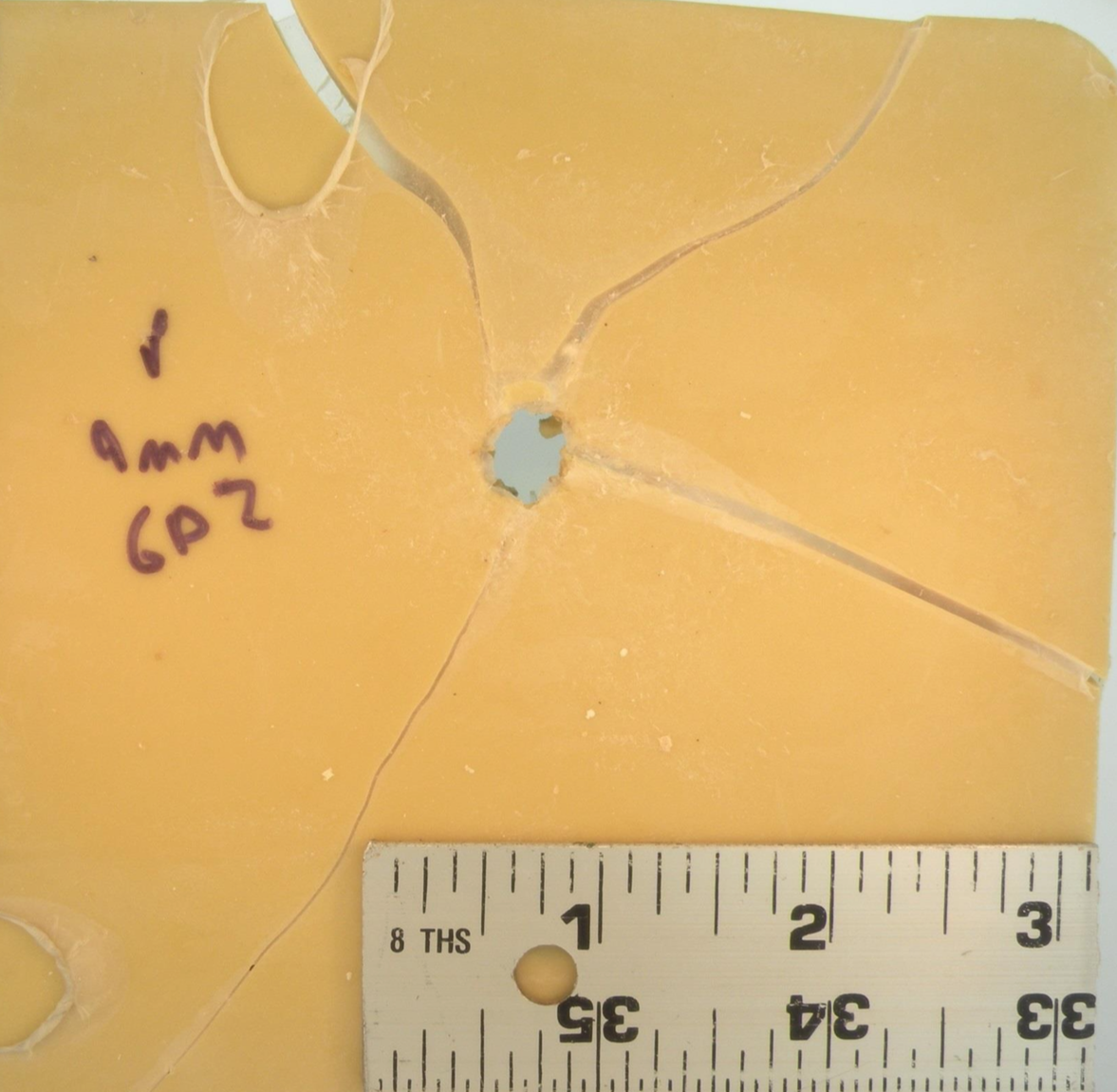
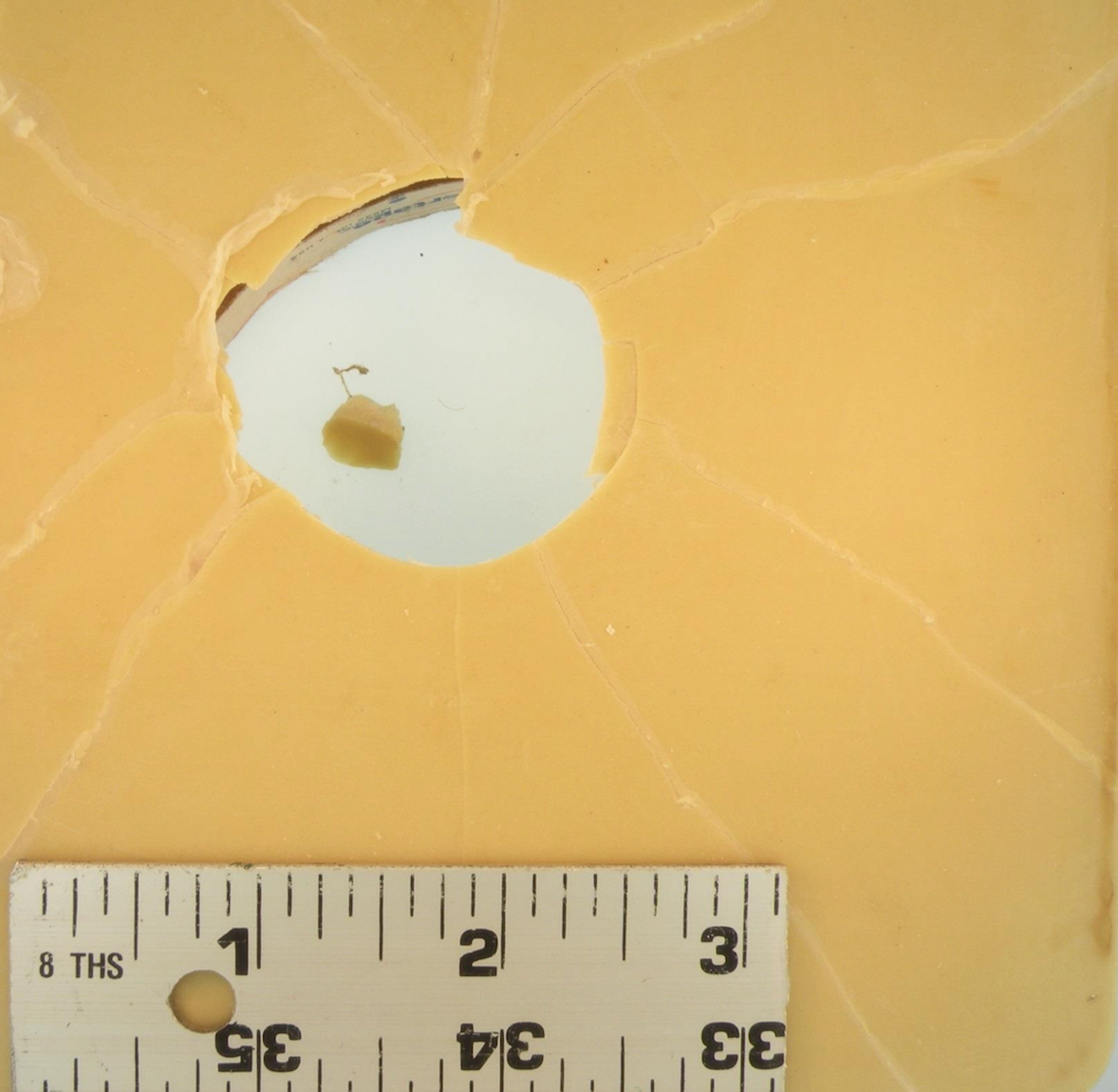
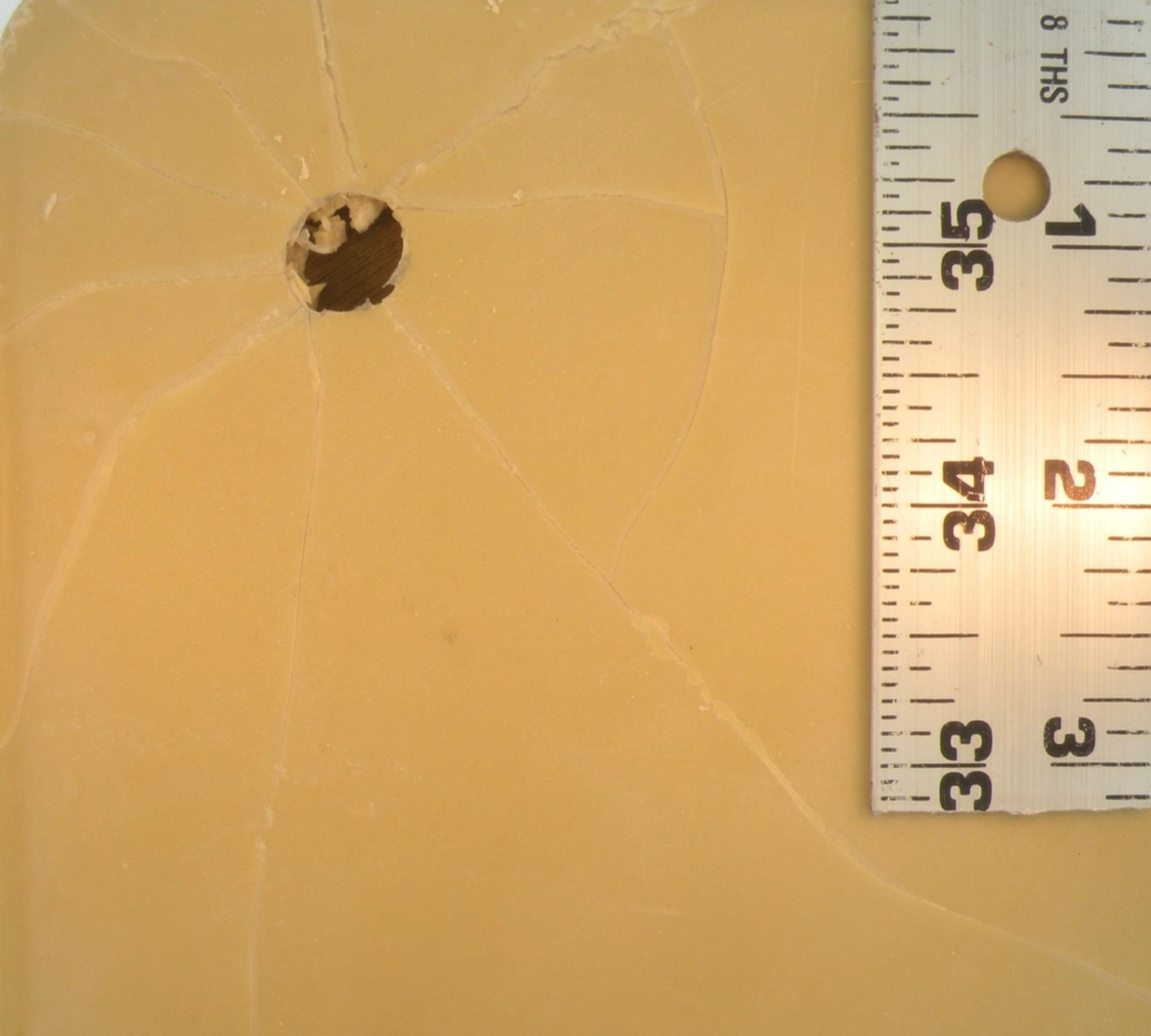
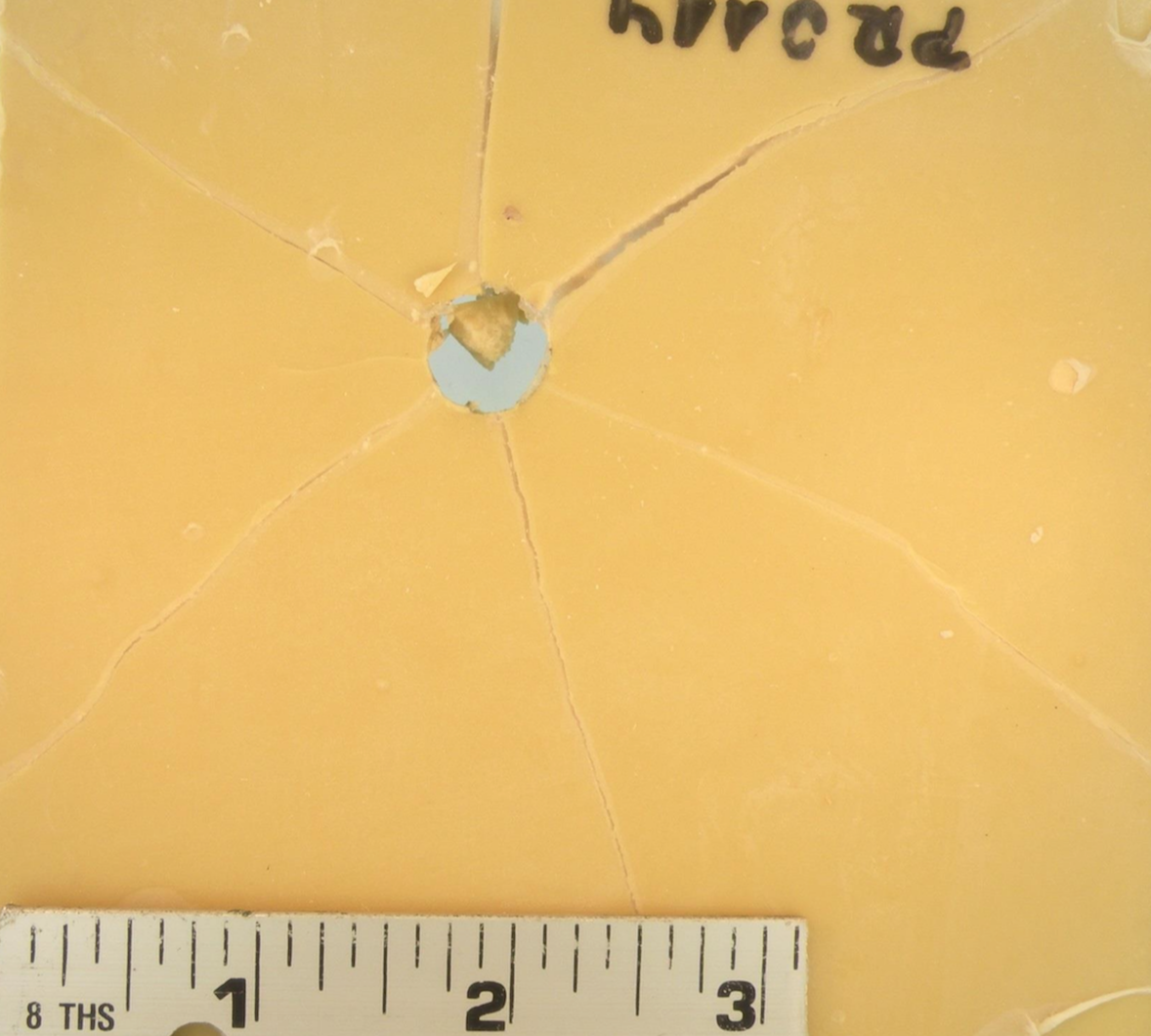
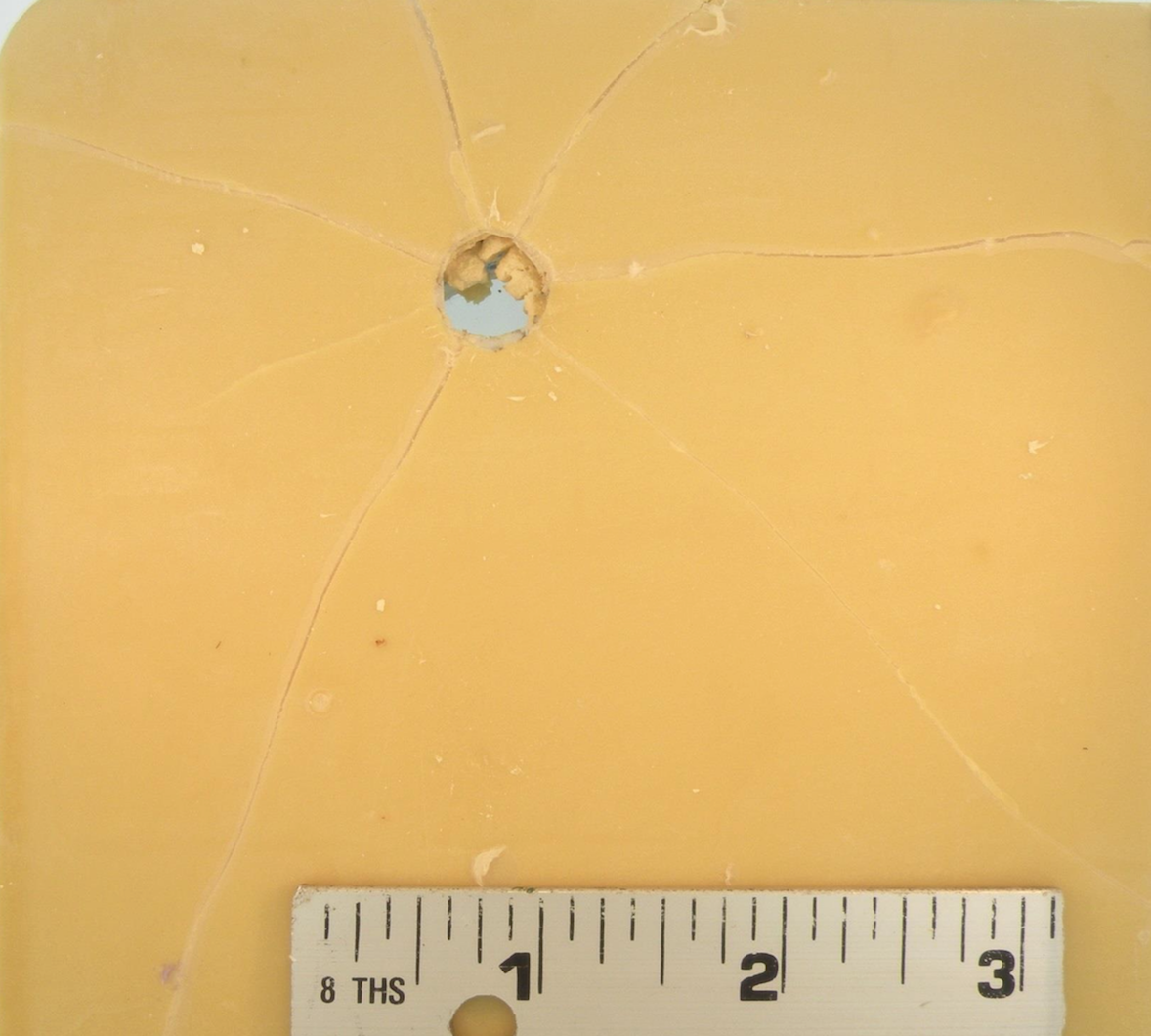
.png)
.png)
.png)
.png)
.png)
.png)
.png)
.png)
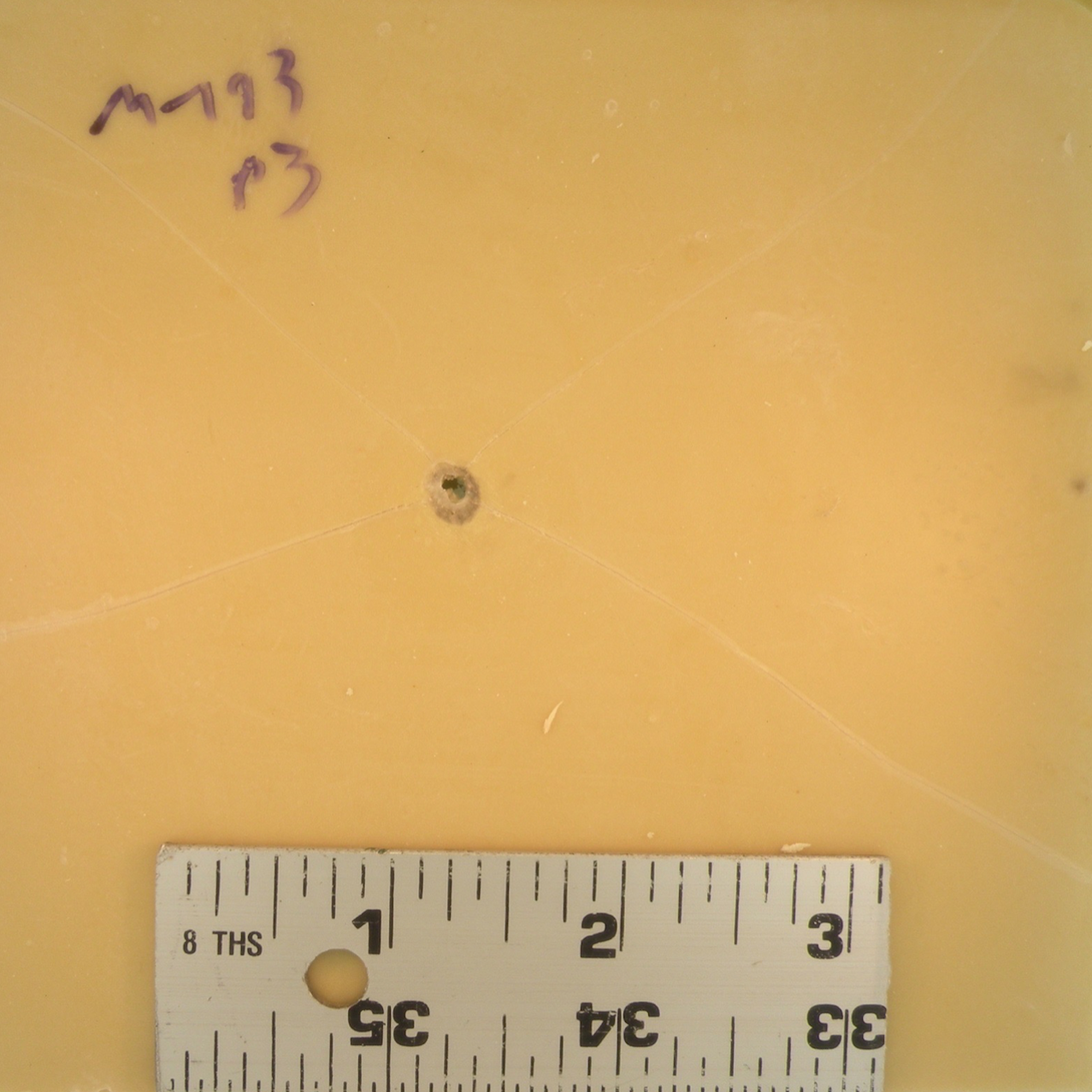
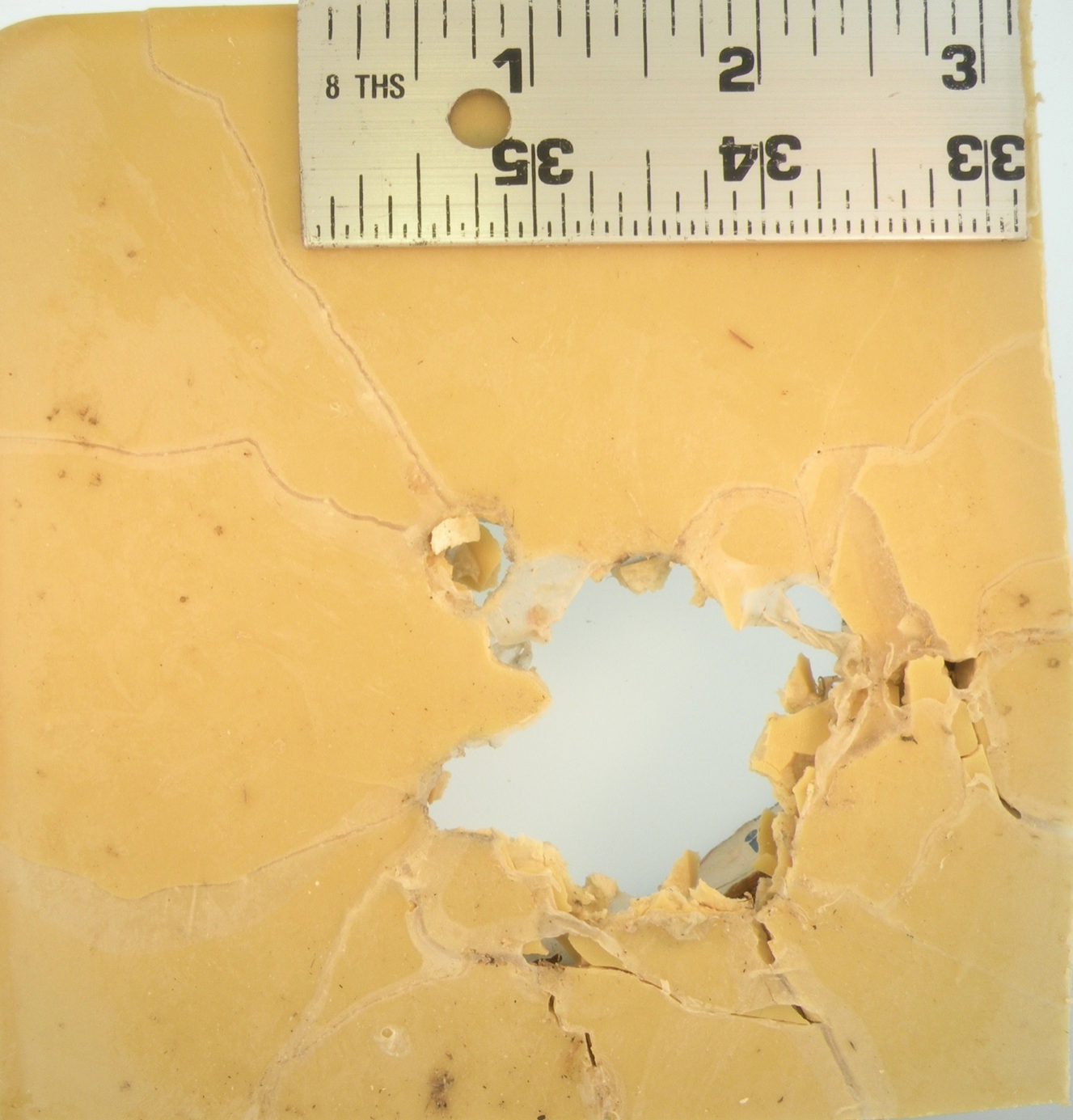
.png)
.png)
.png)
.png)
.png)
.png)
.png)
.png)
.png)
.png)
.png)
.png)
.png)
.png)
.png)
.png)
.png)
